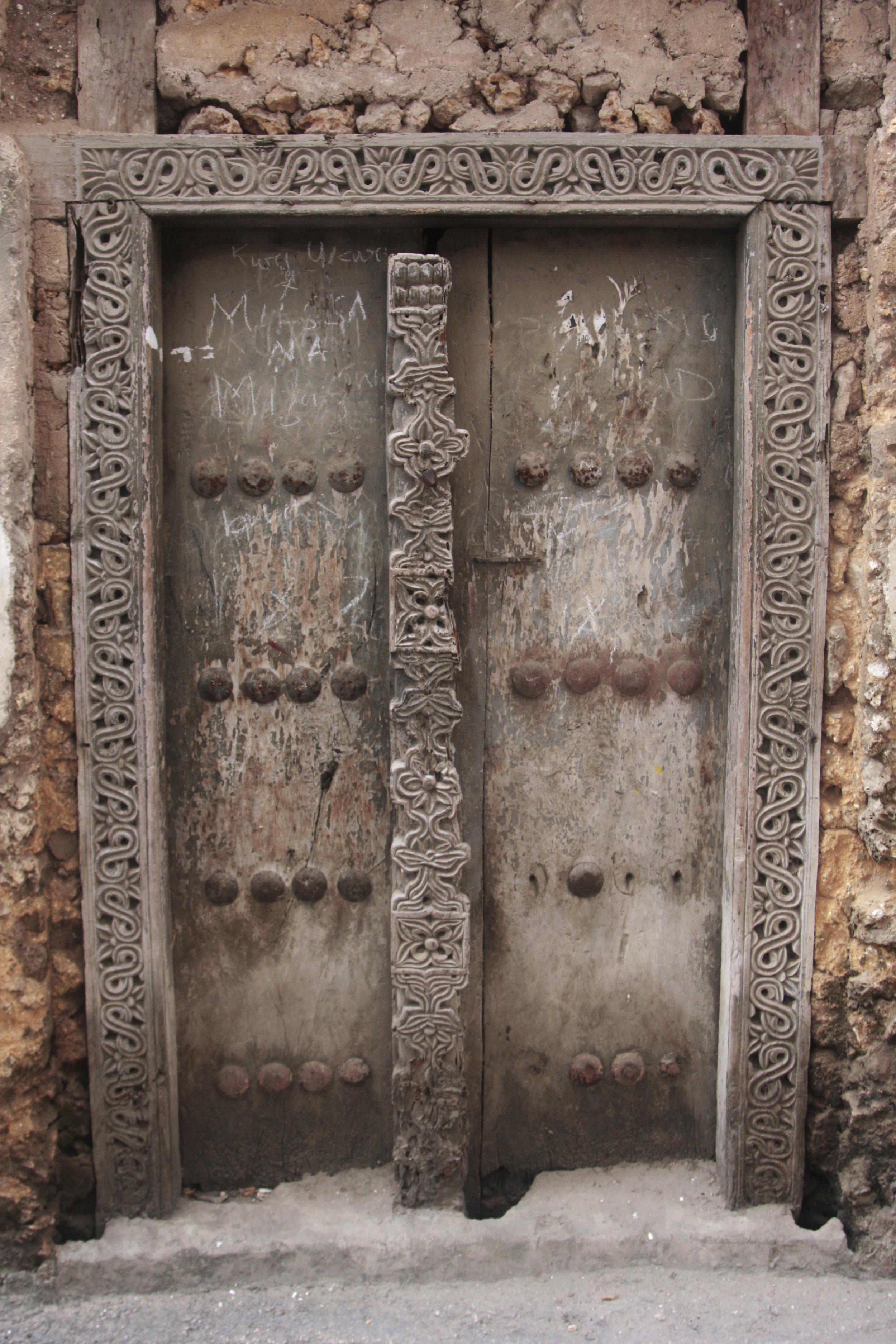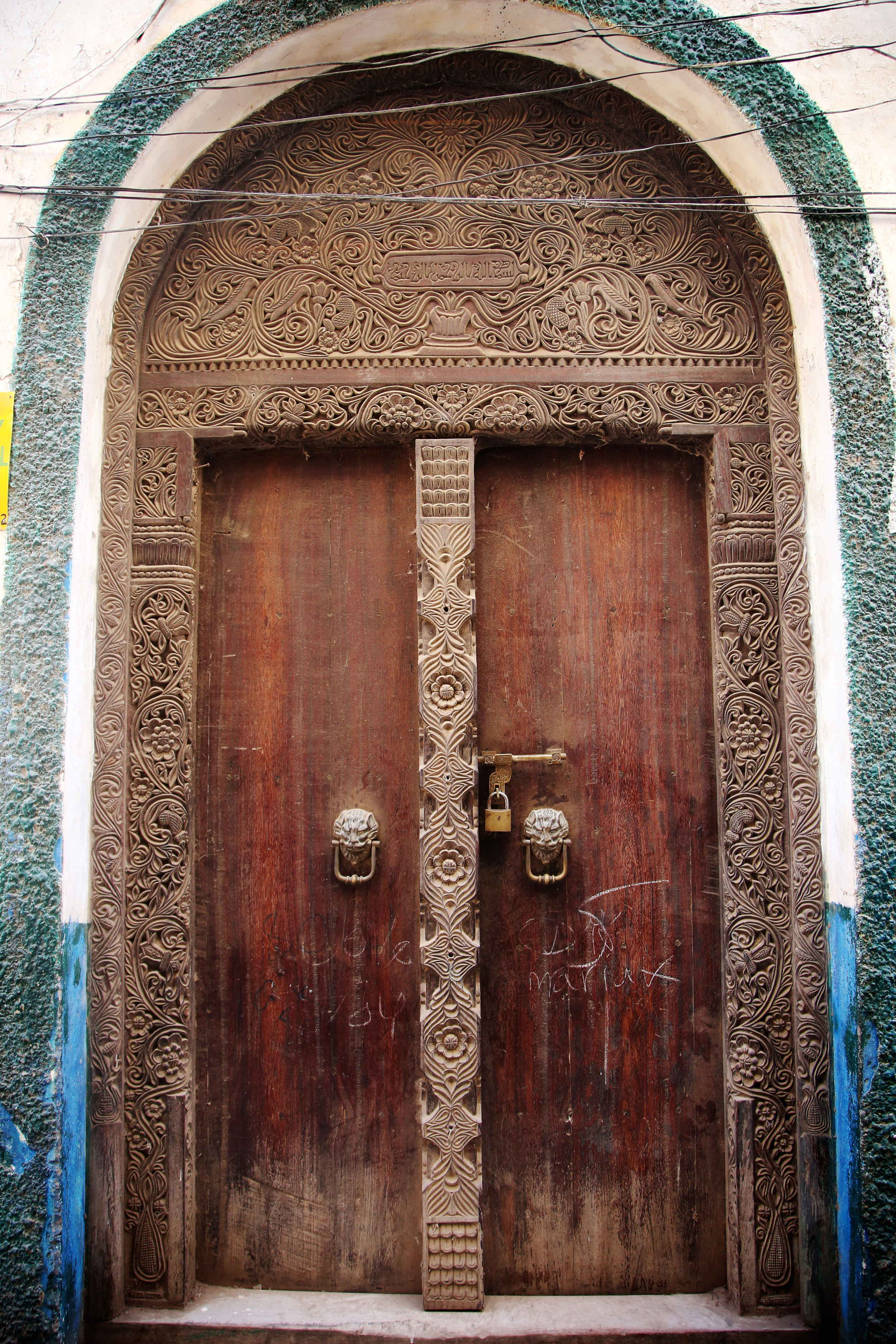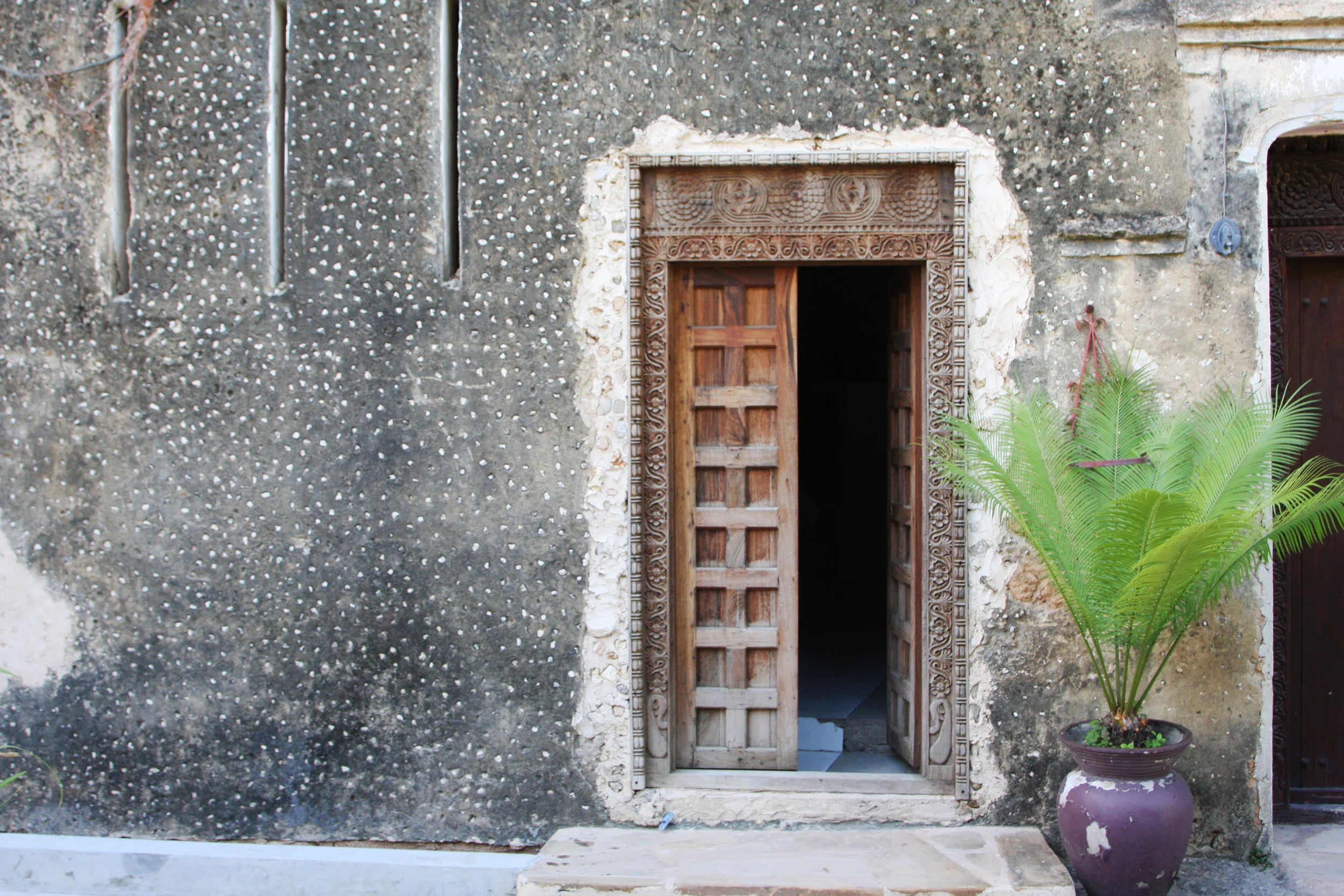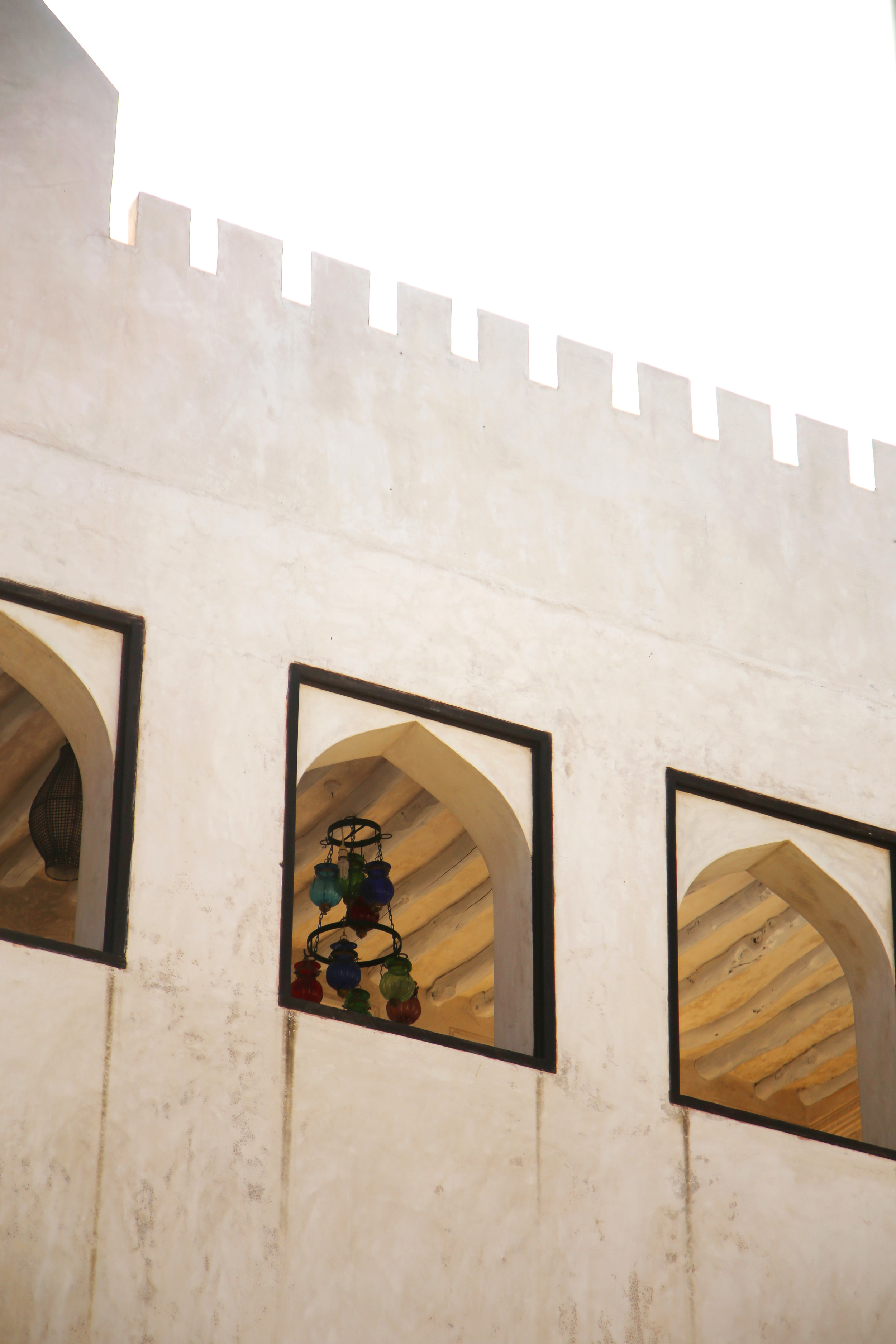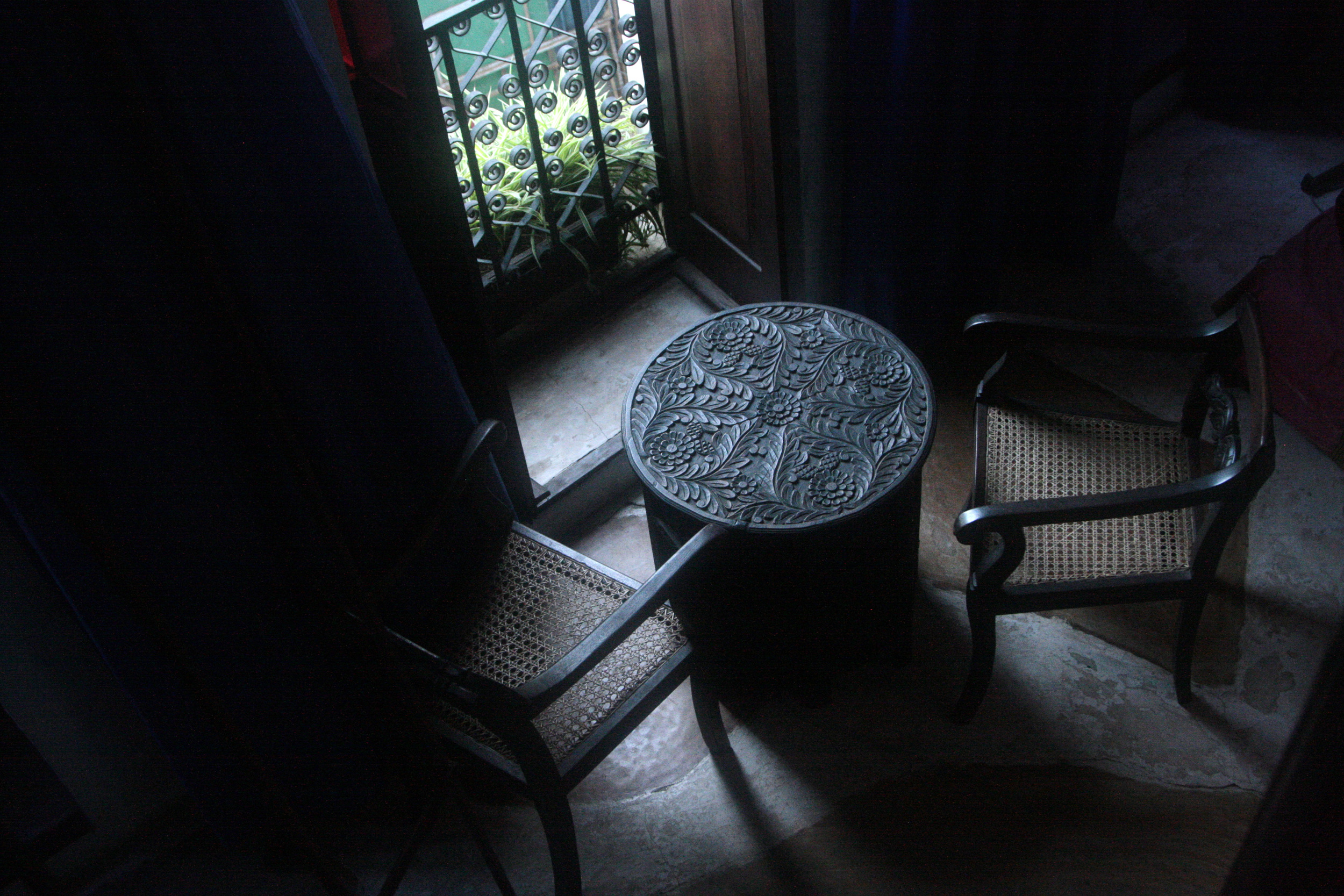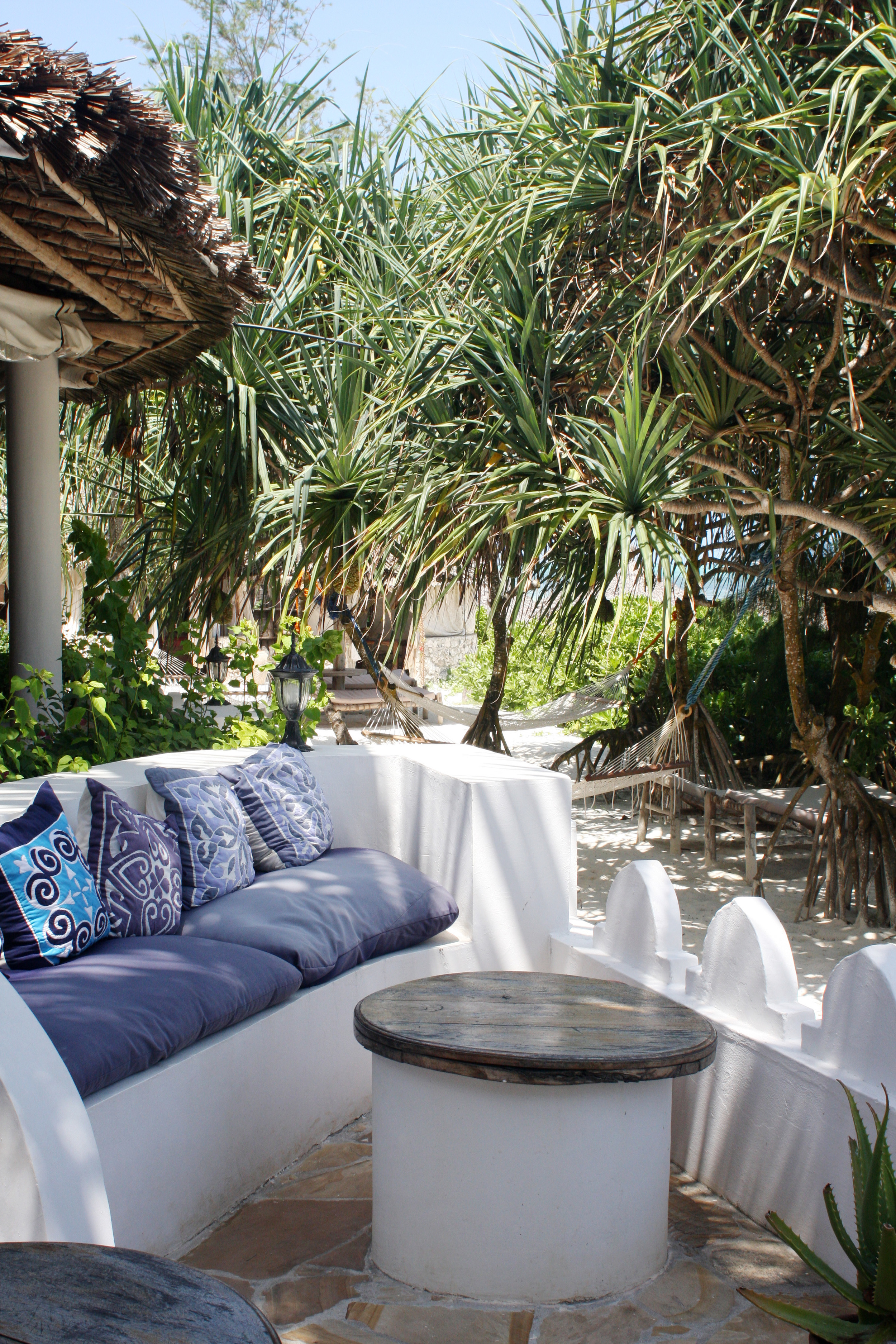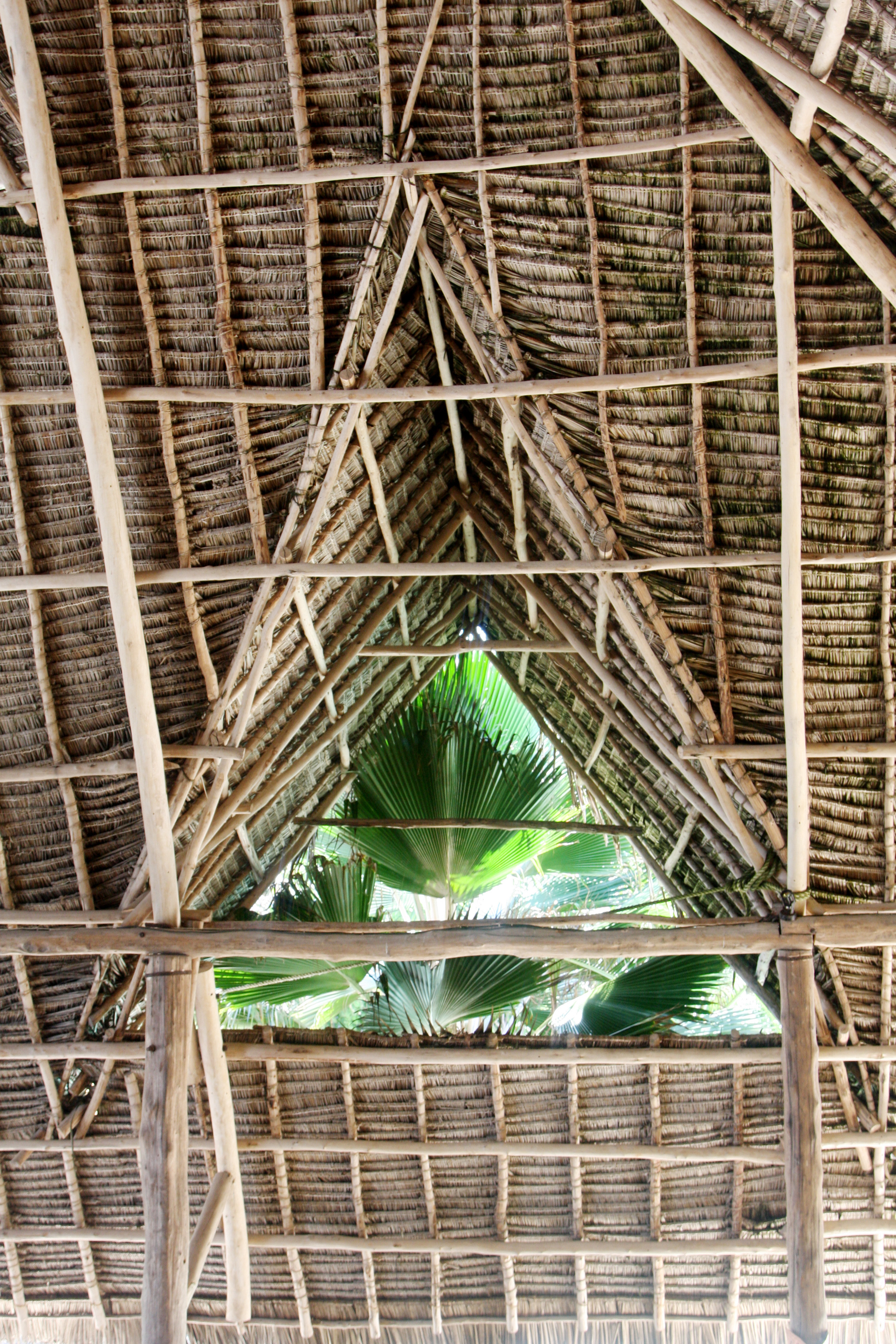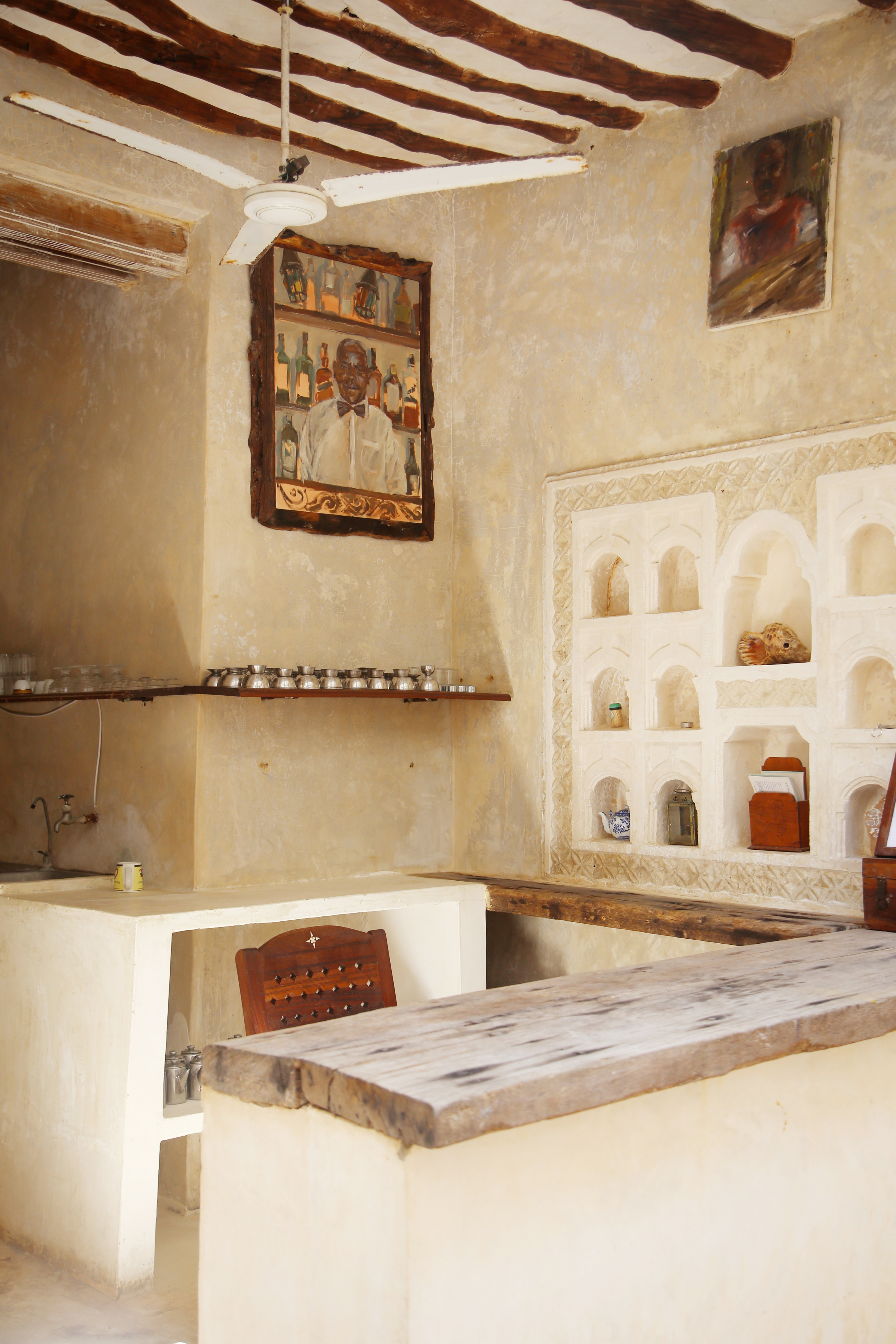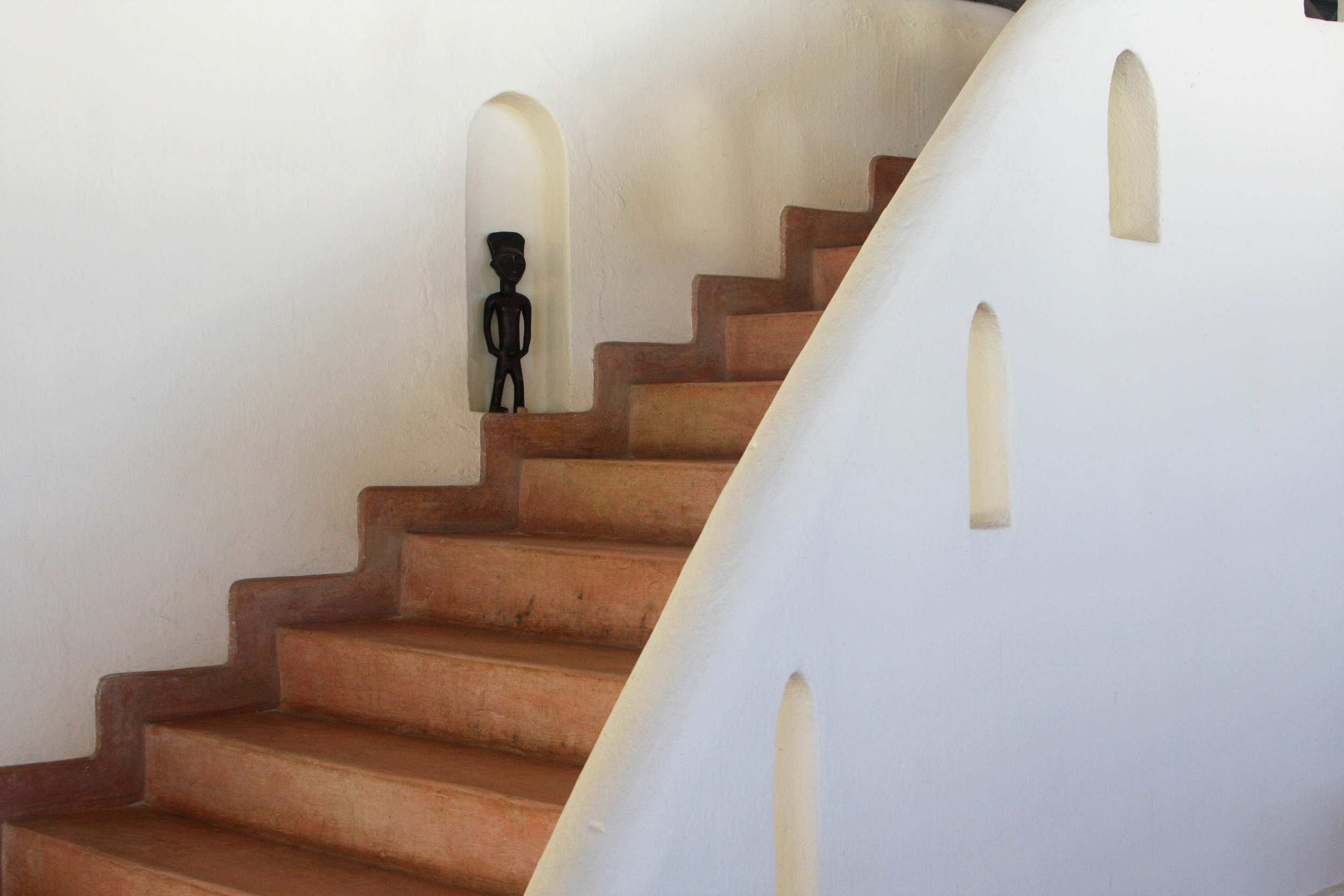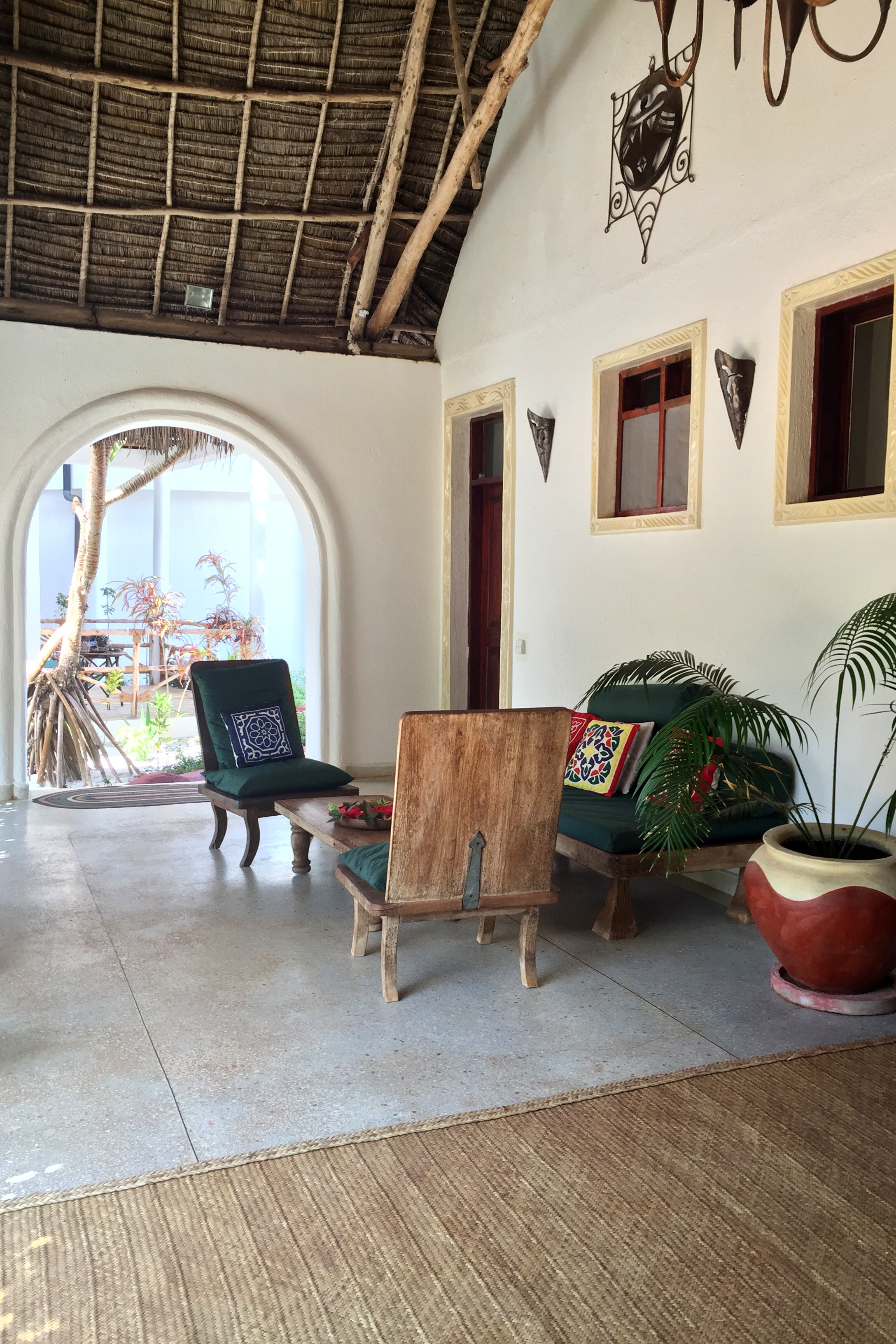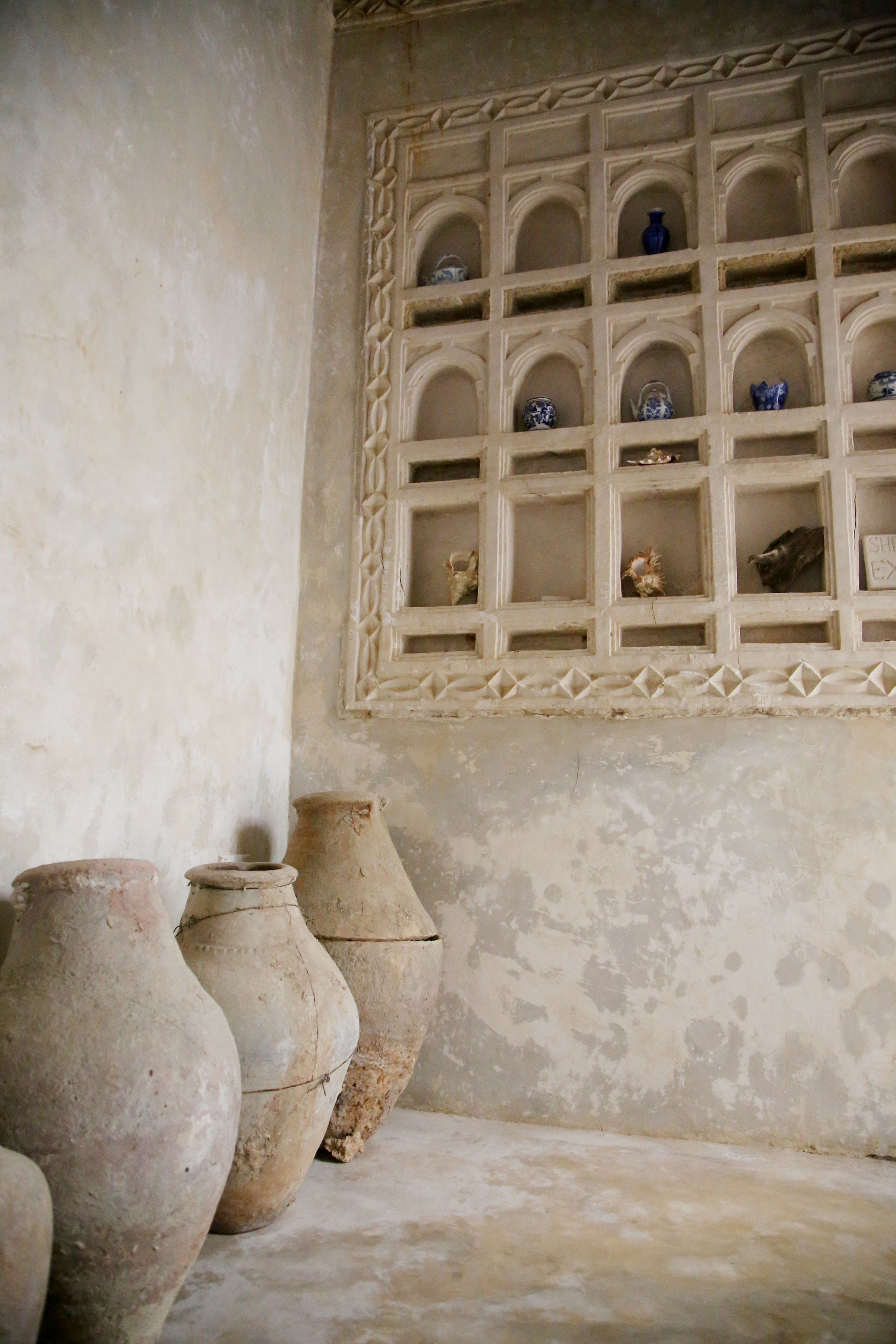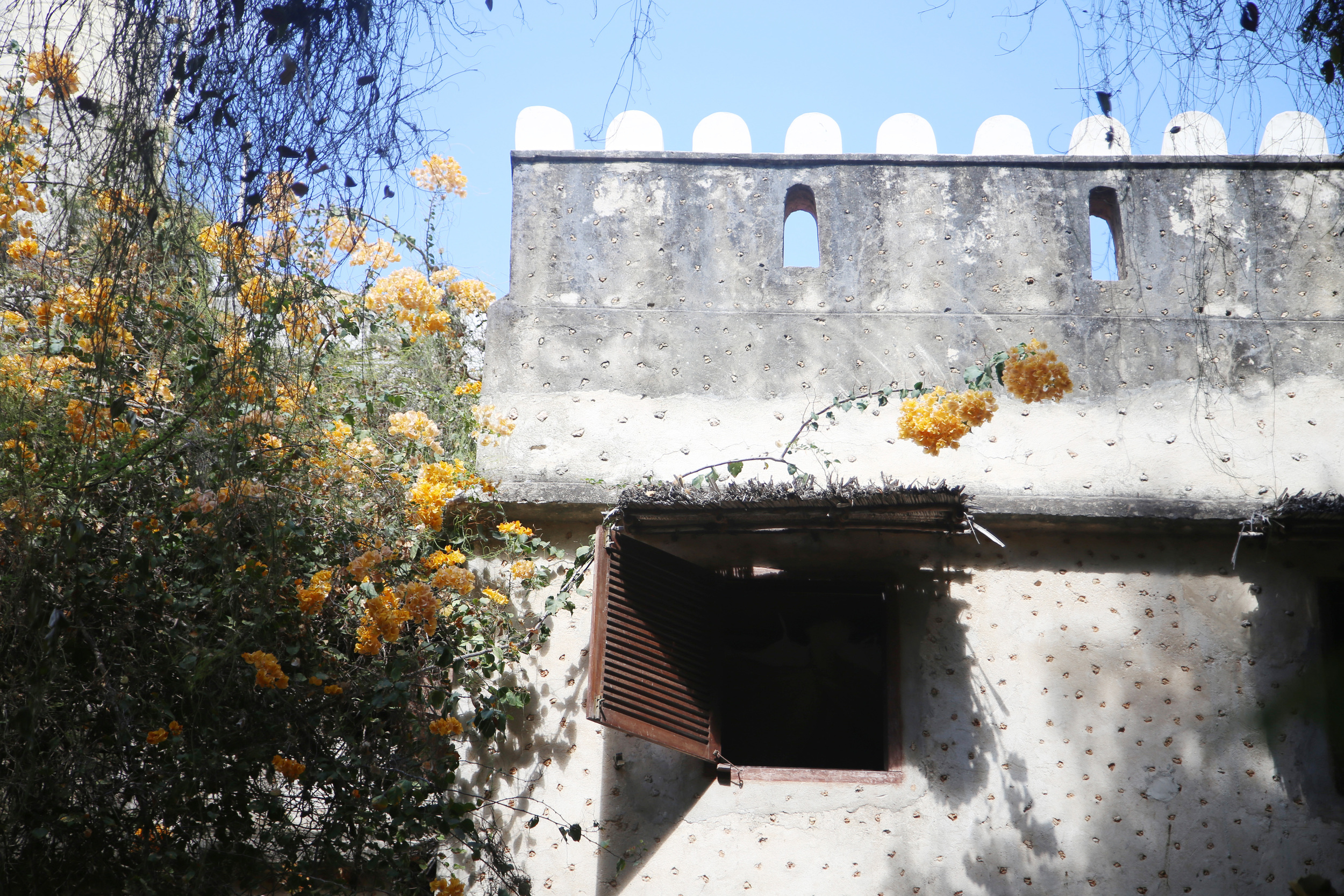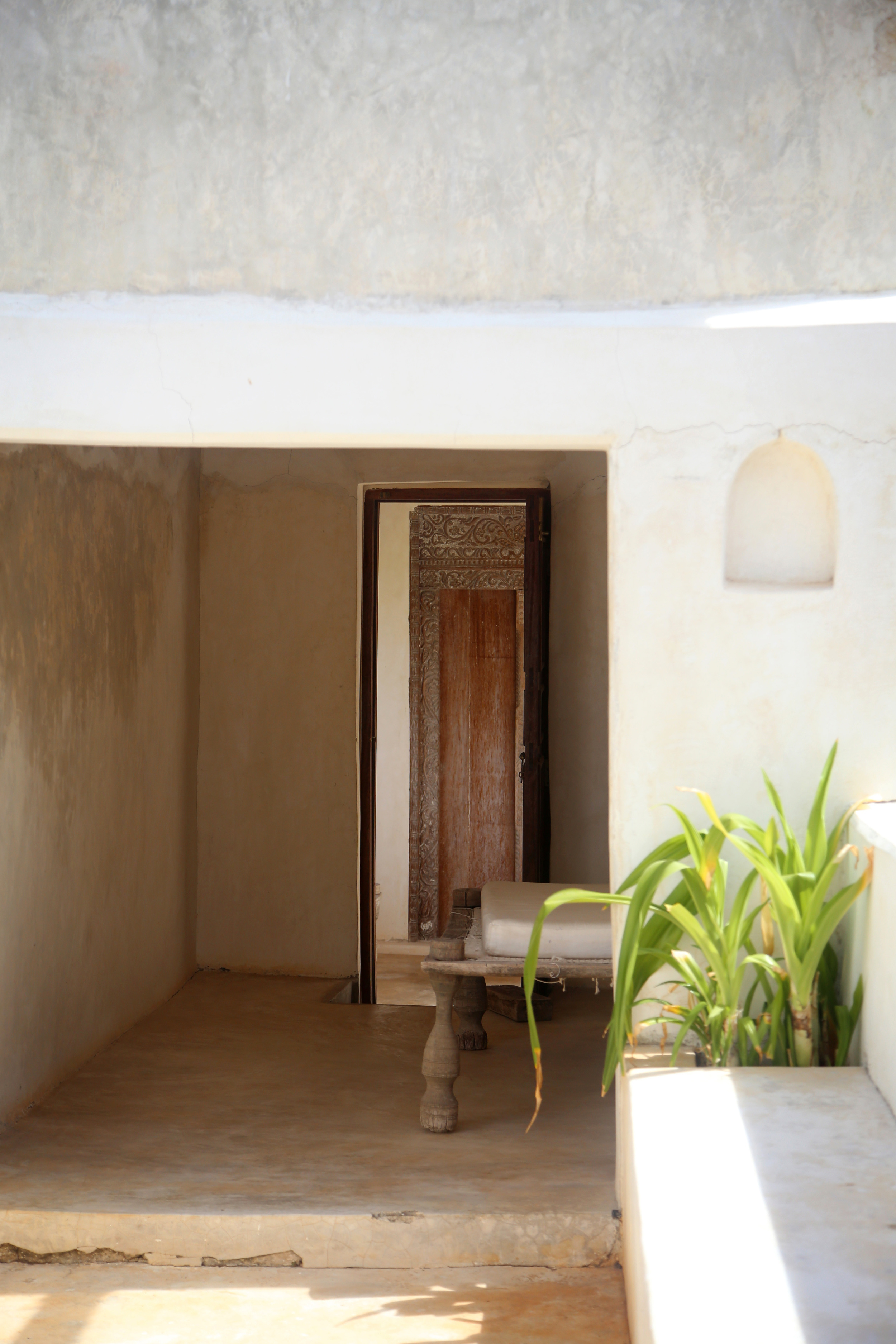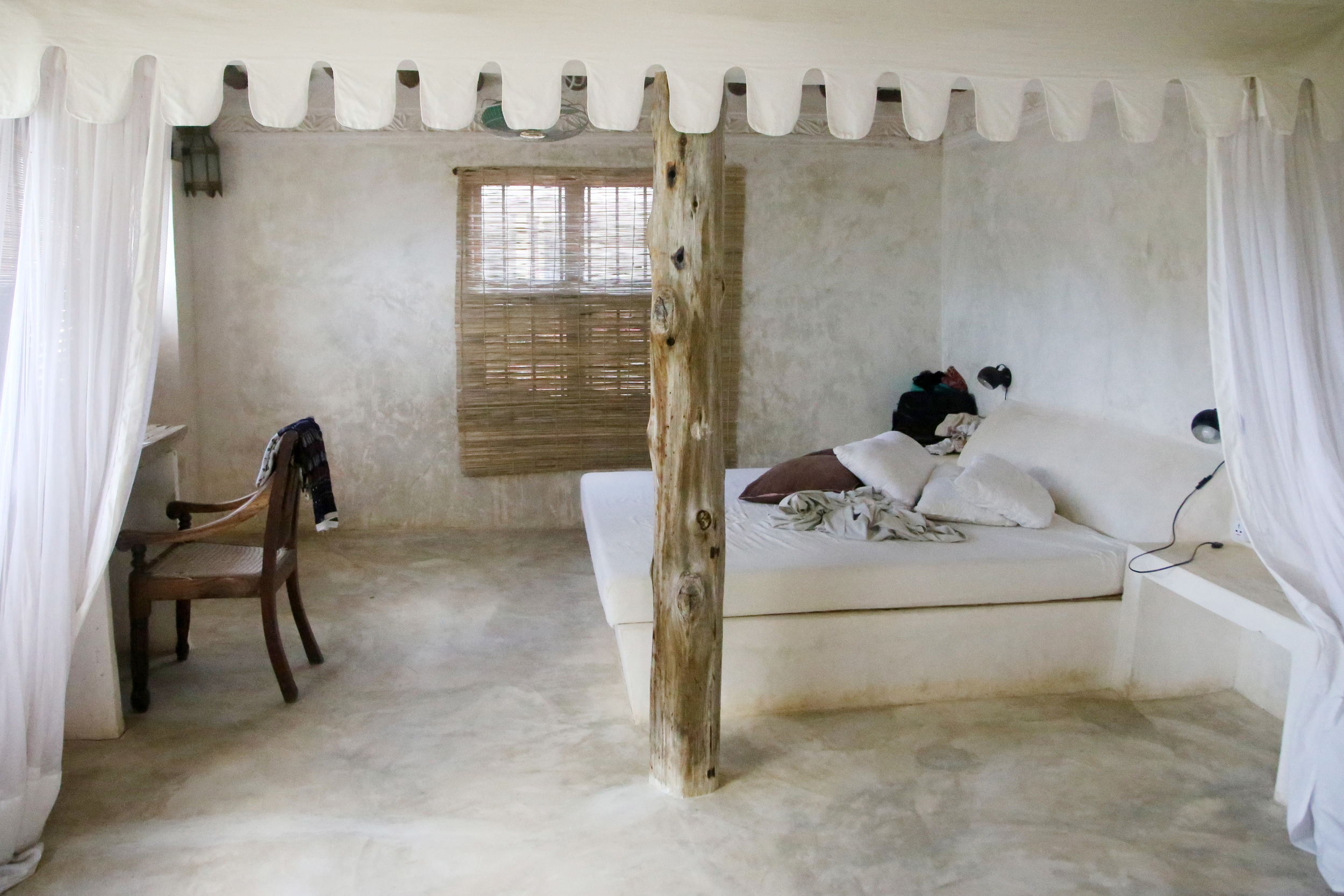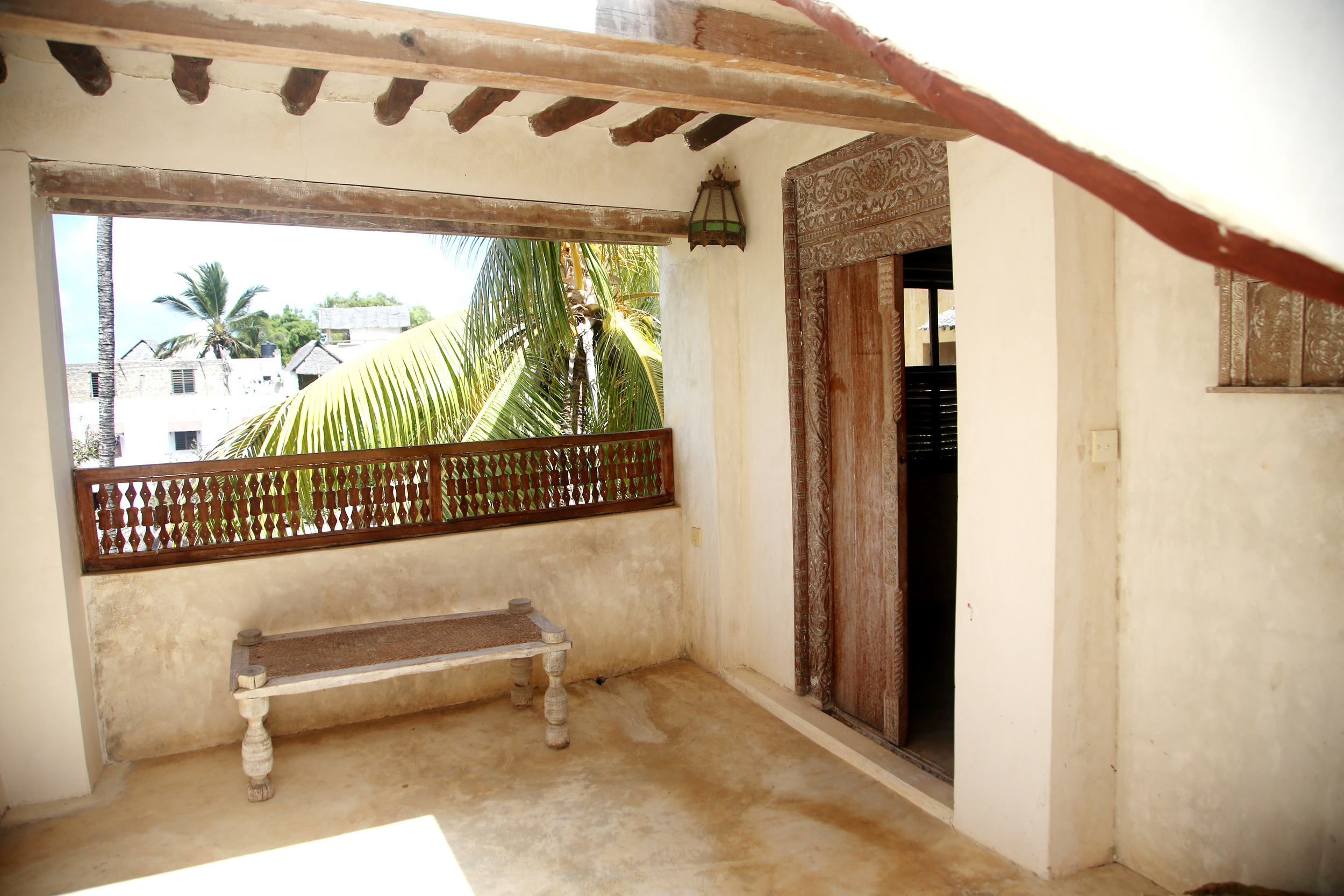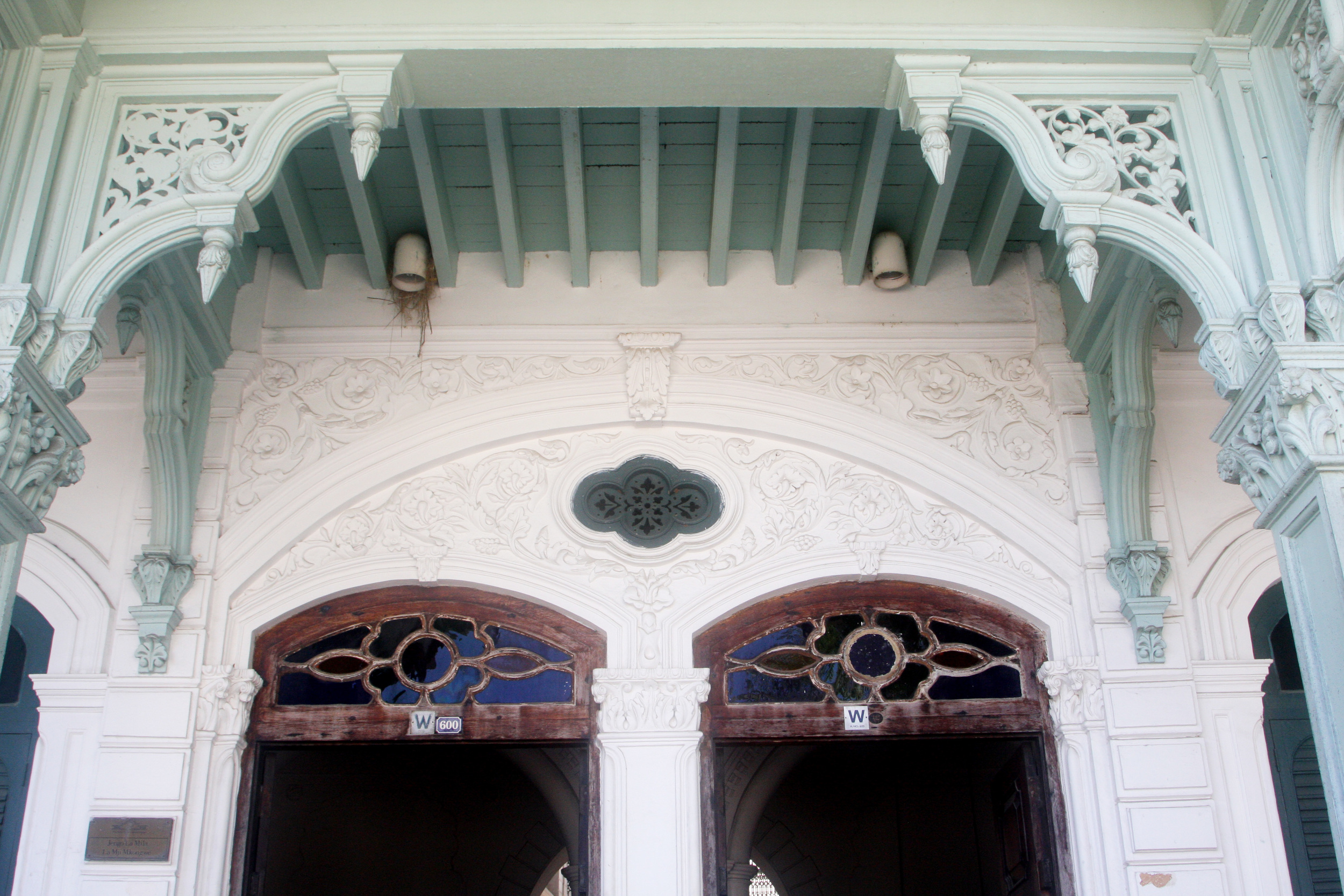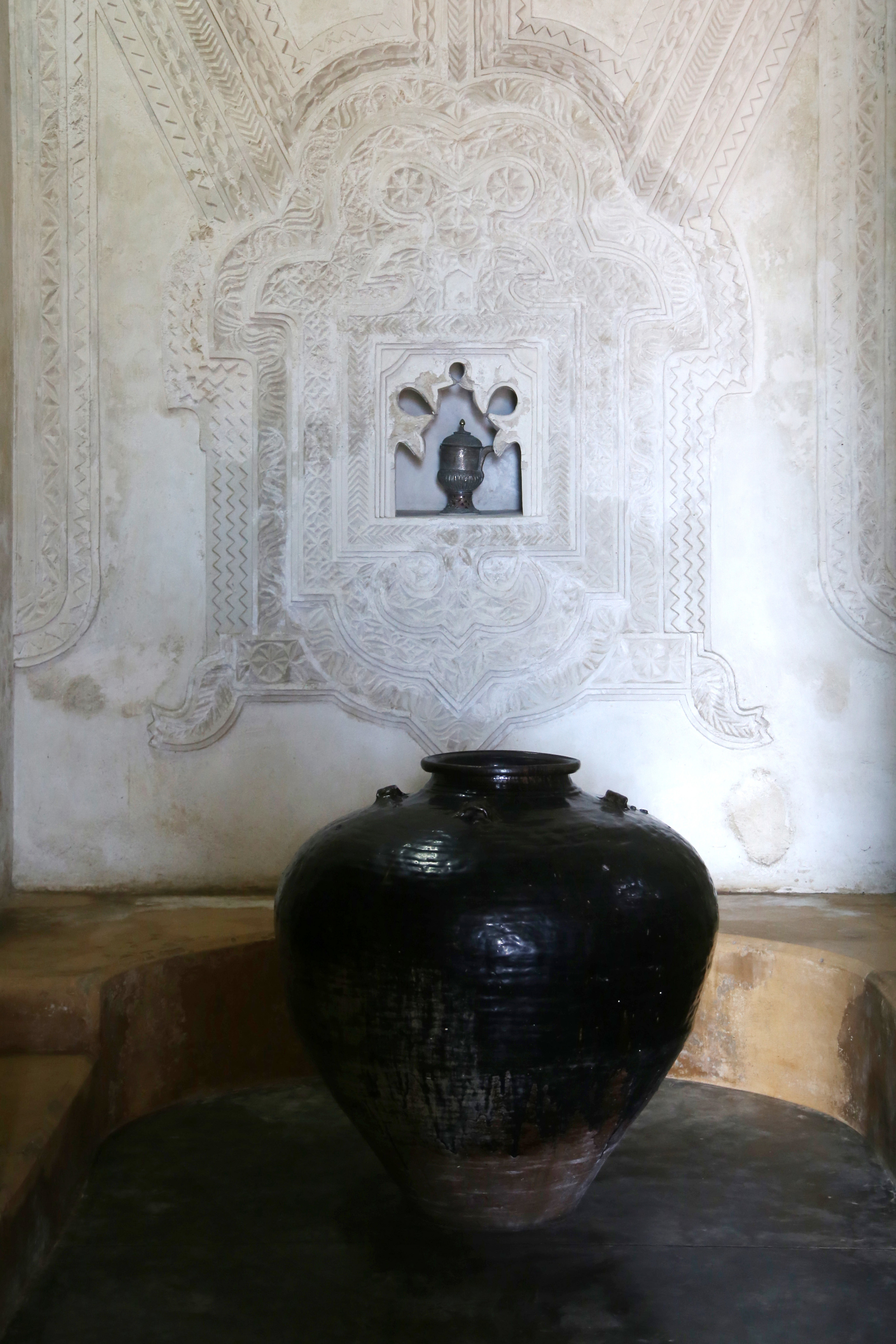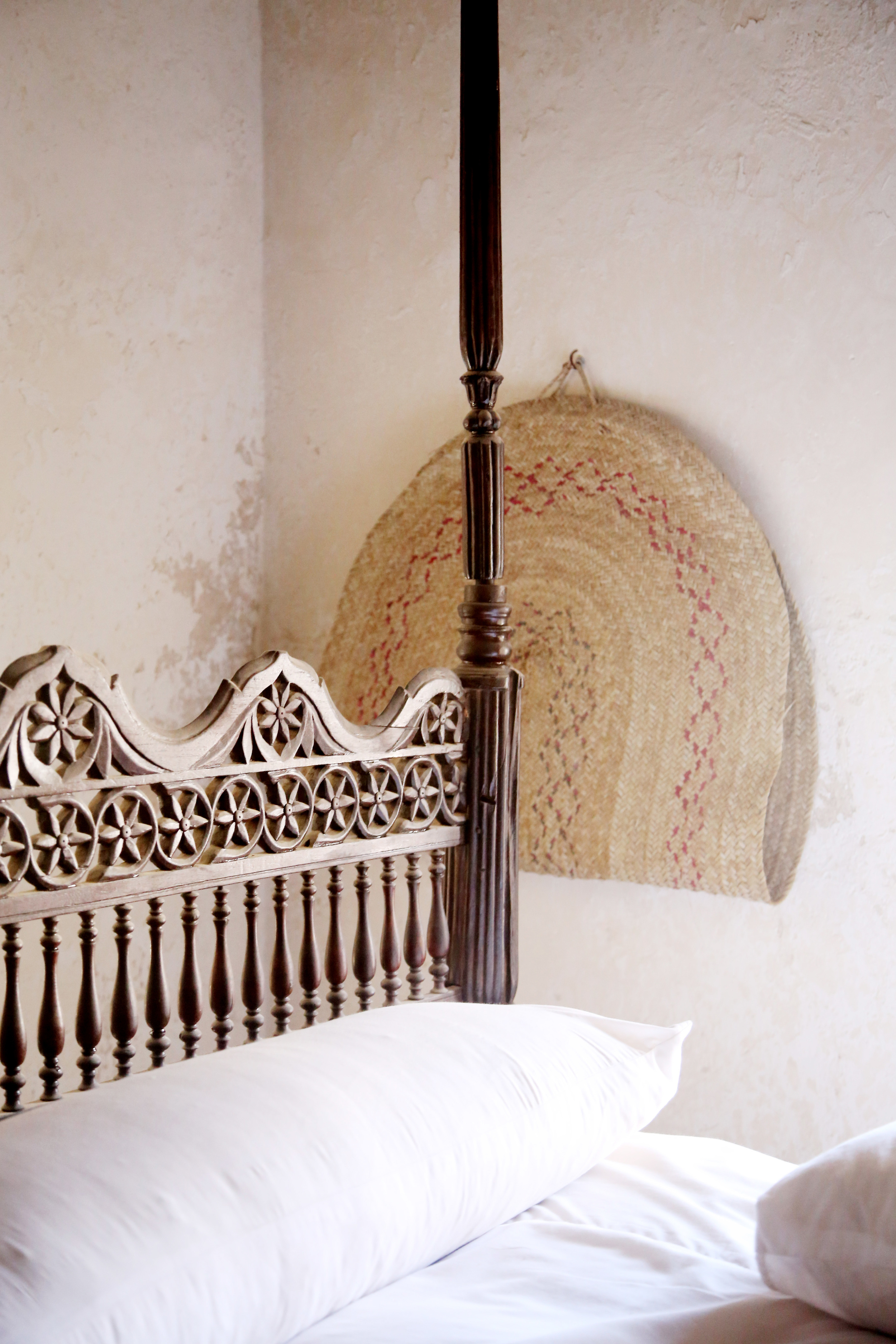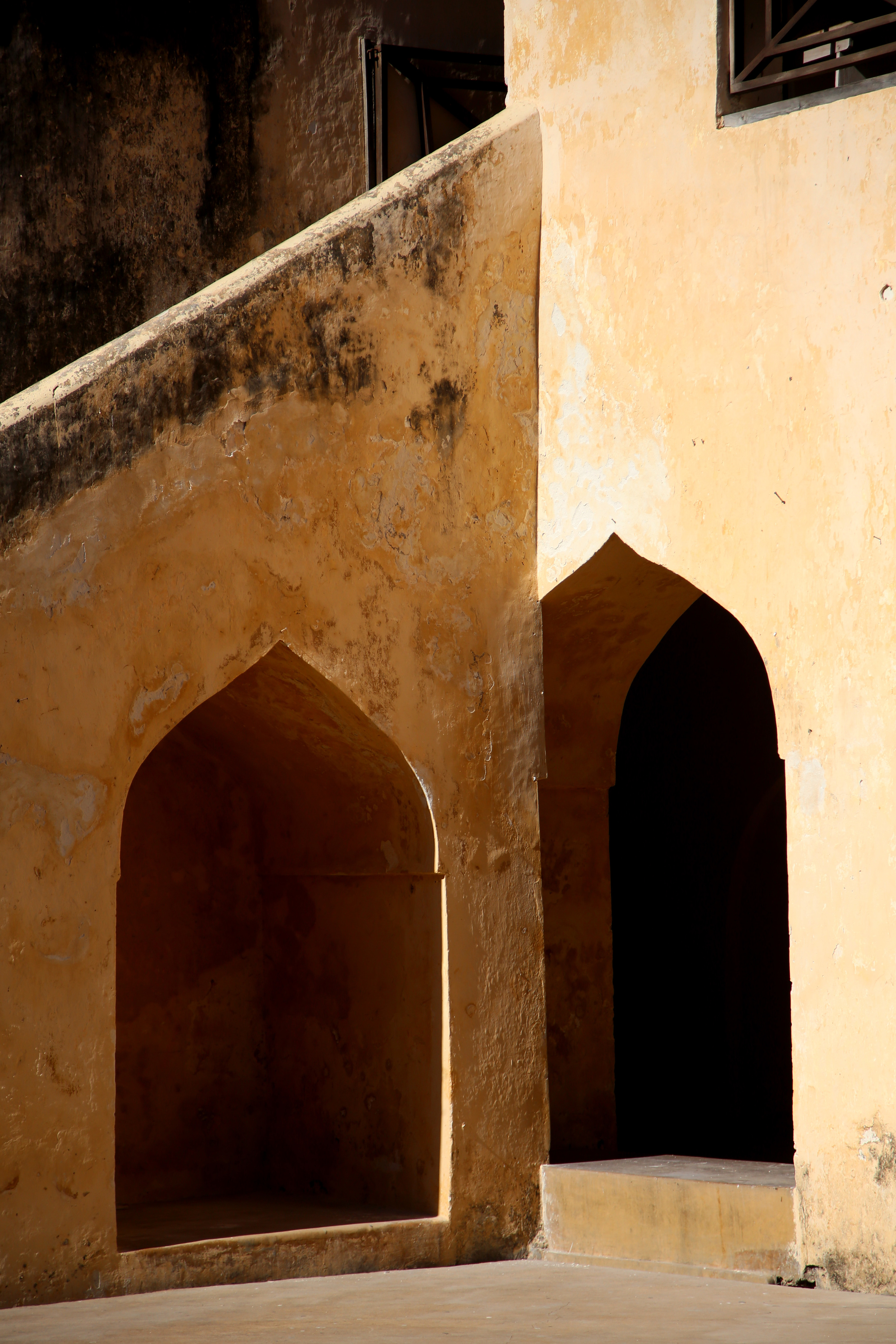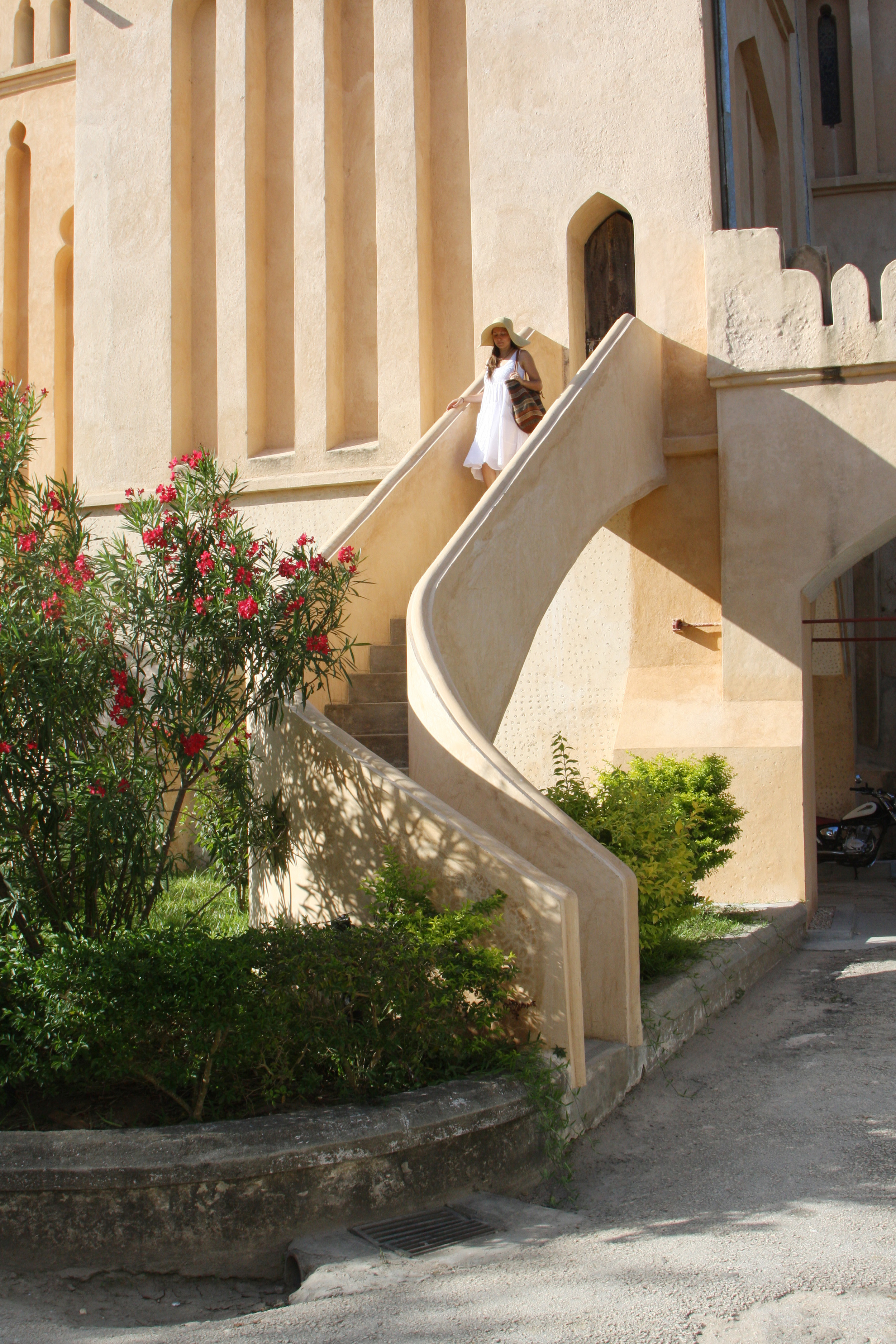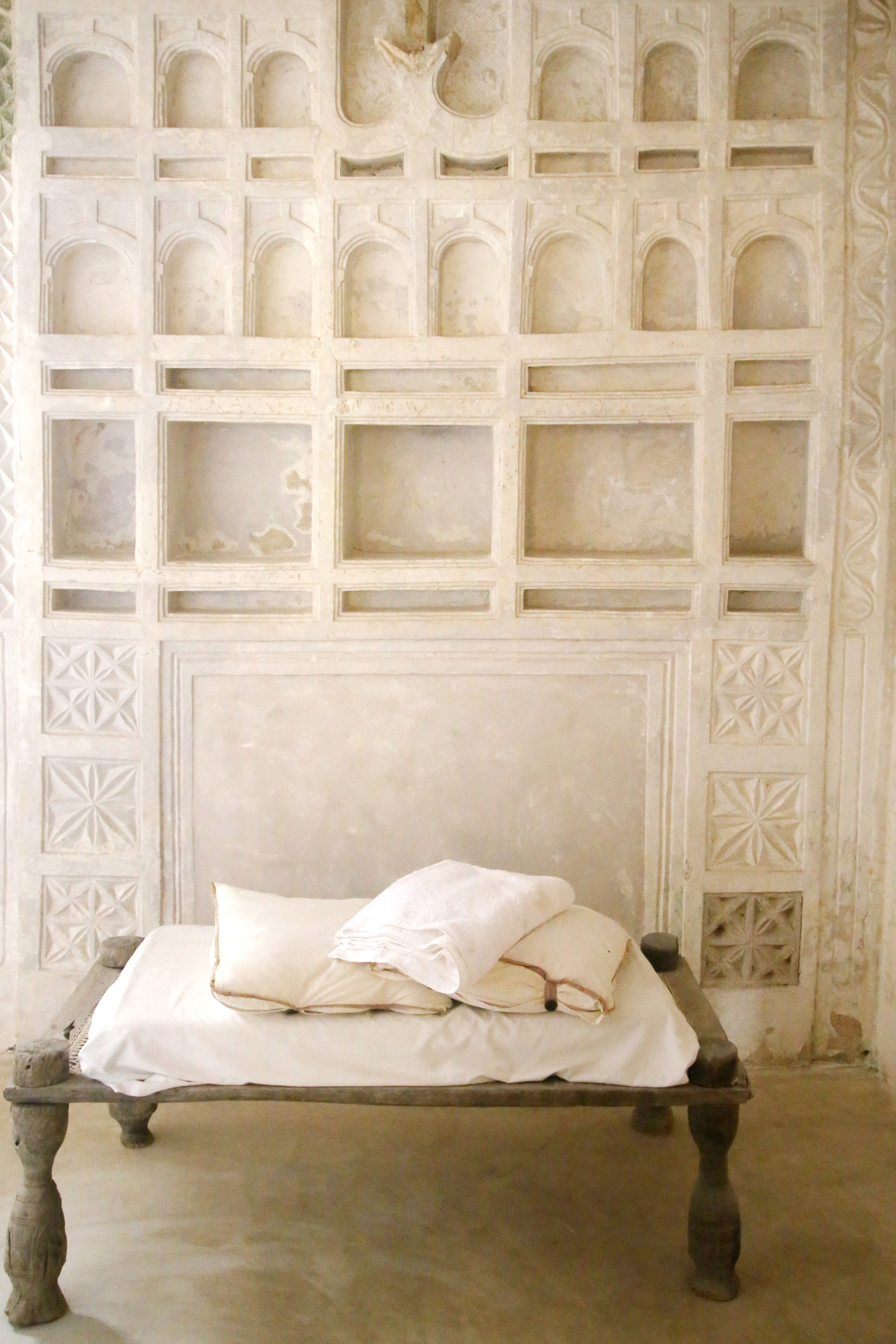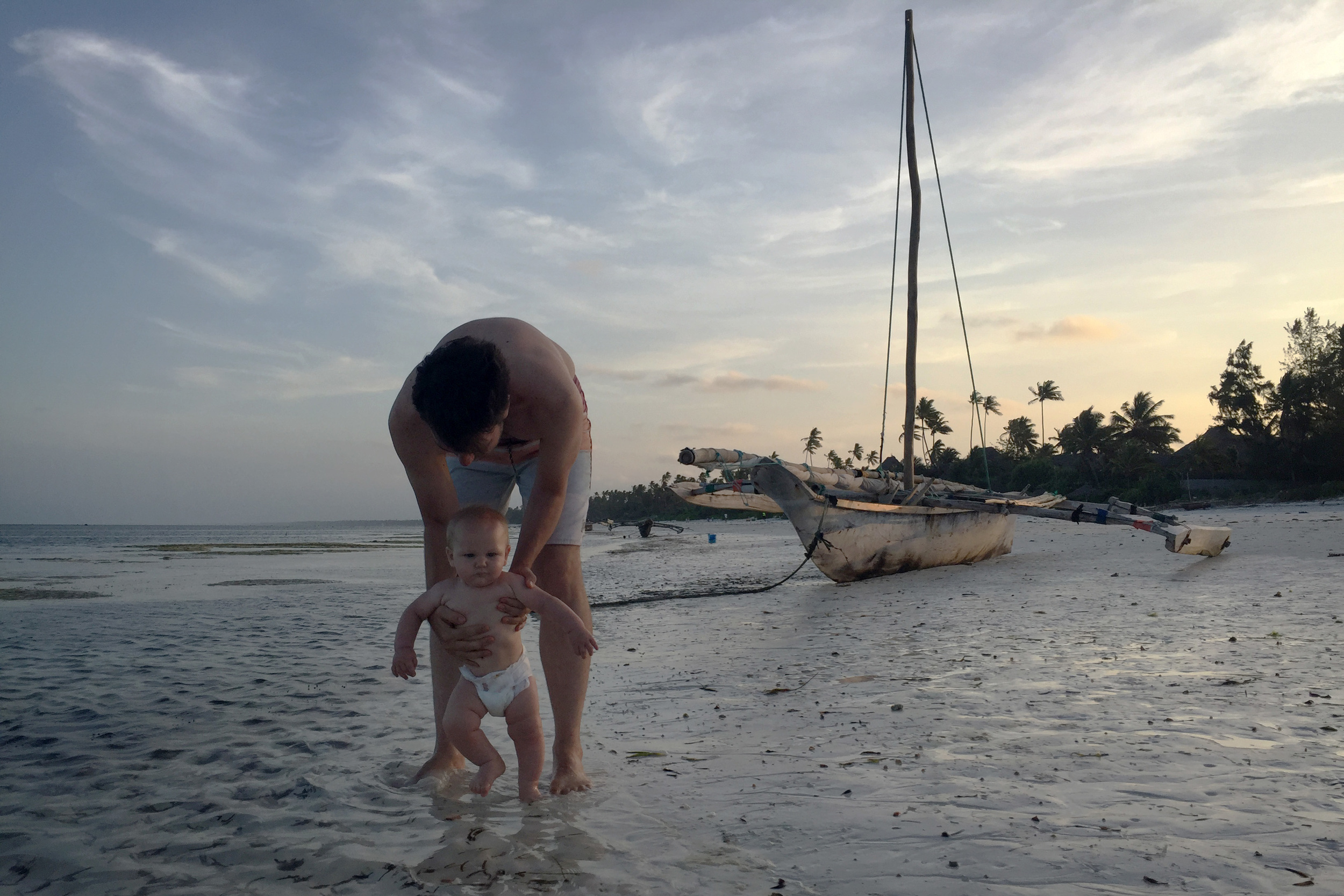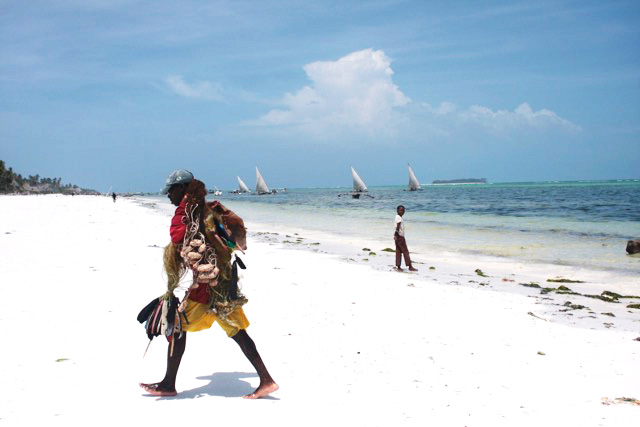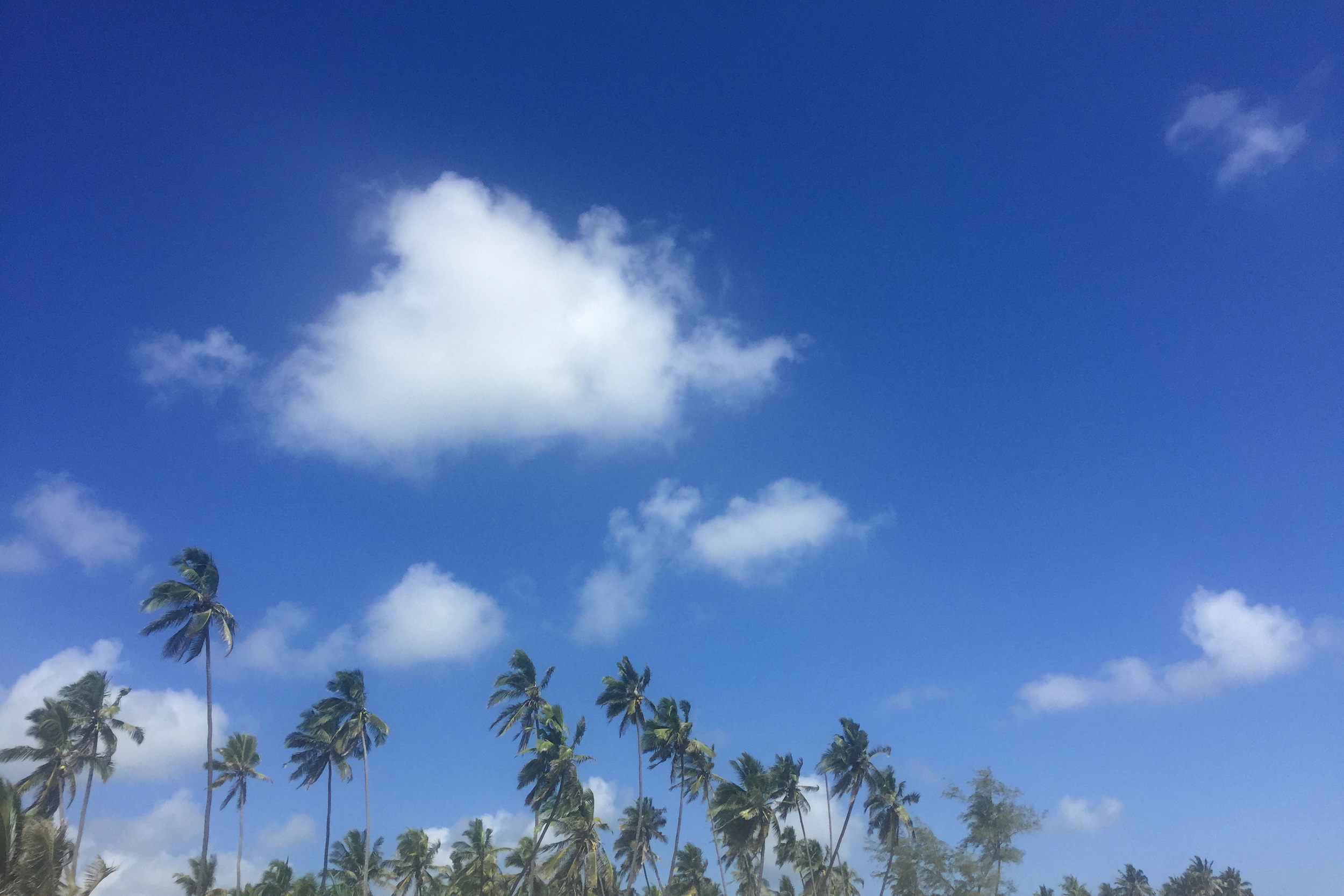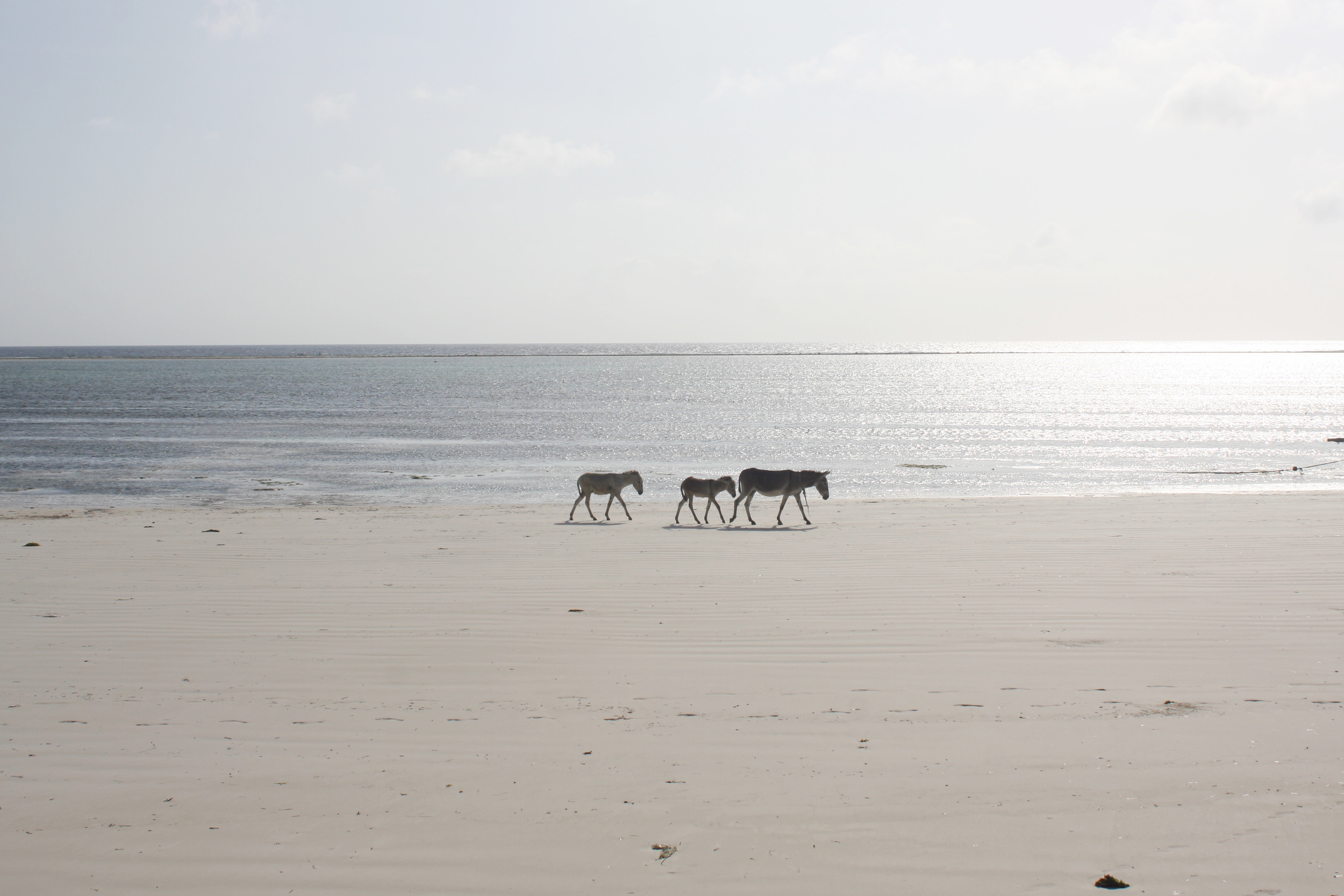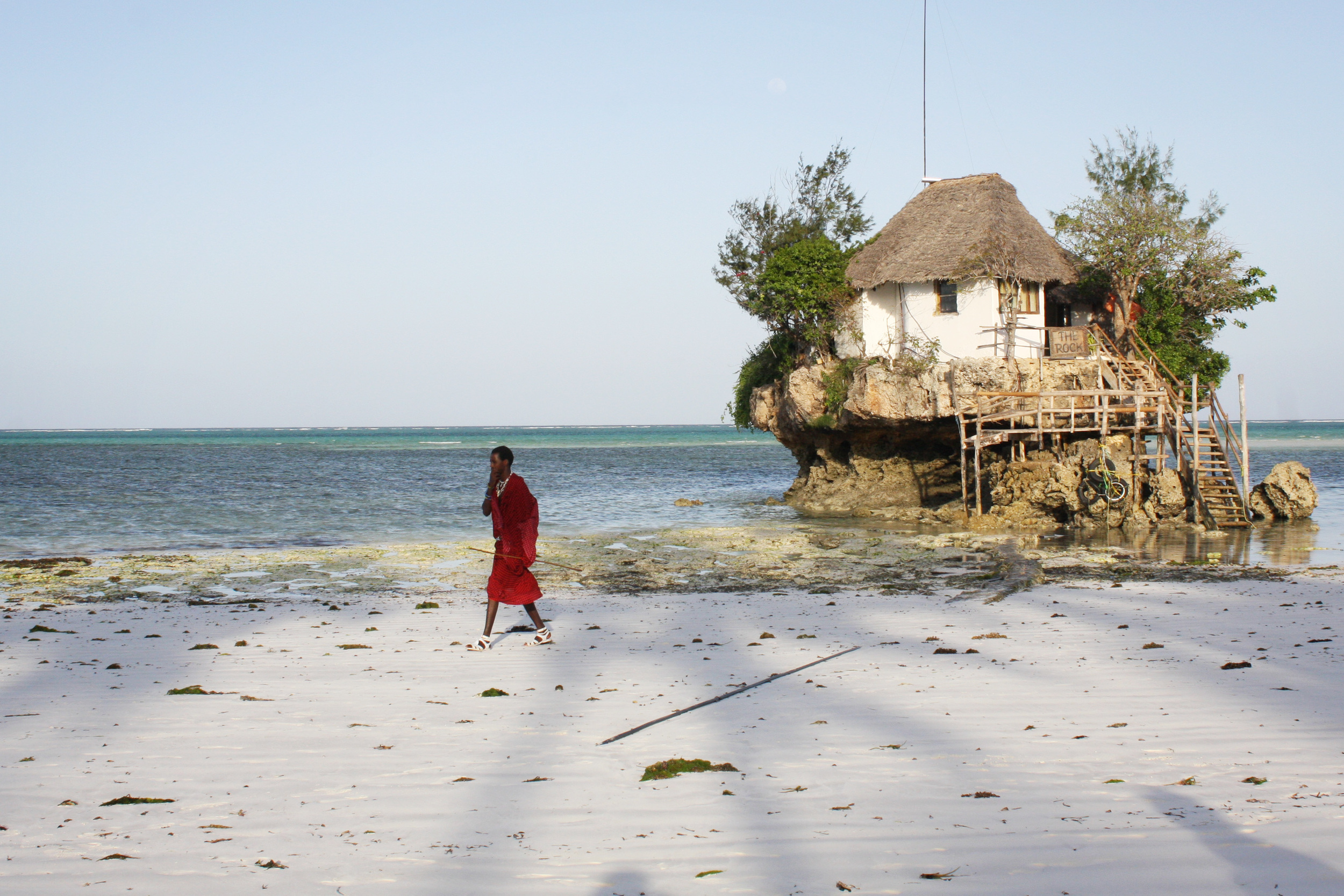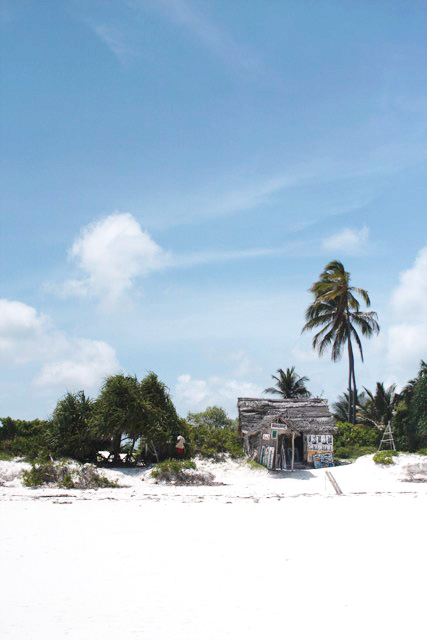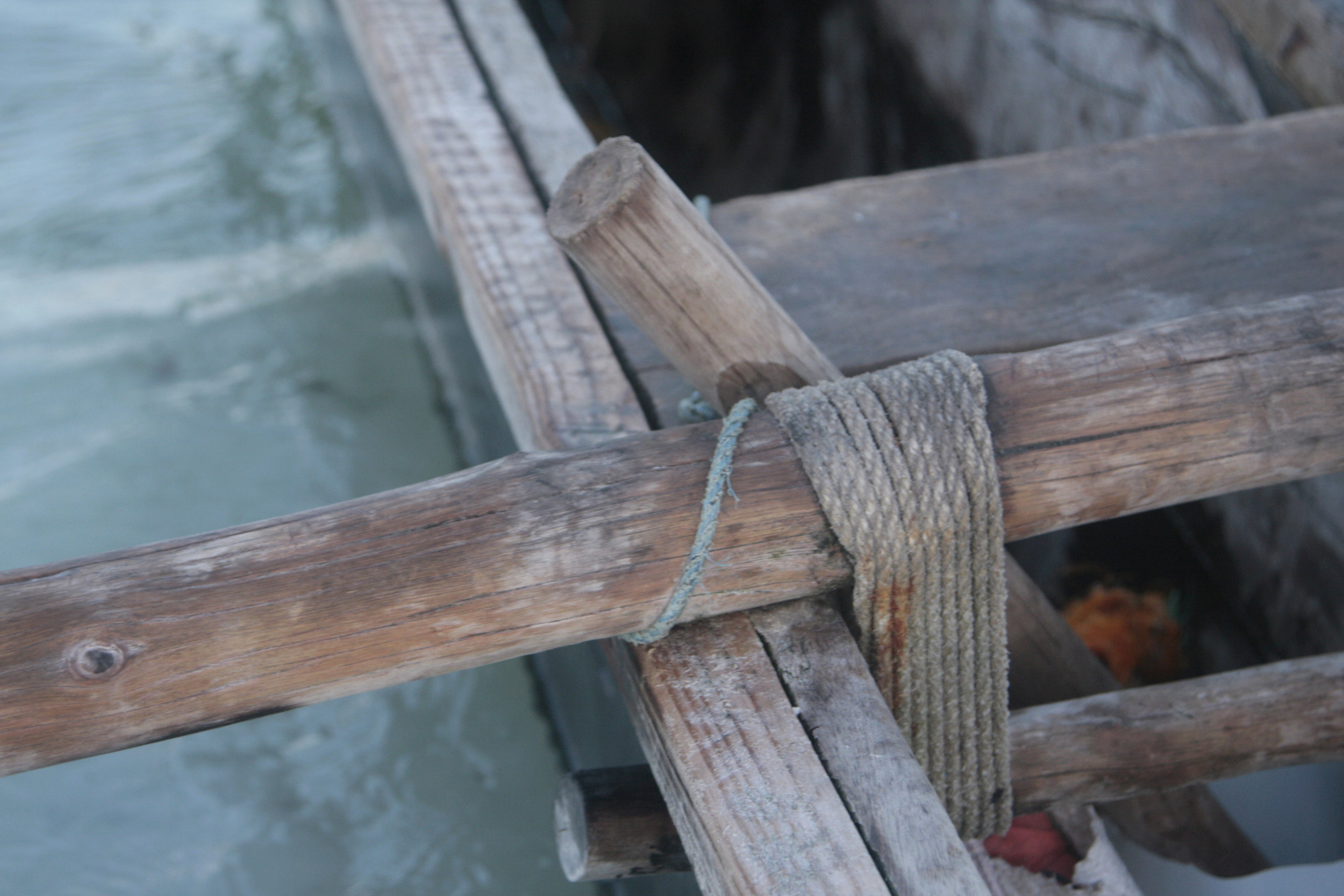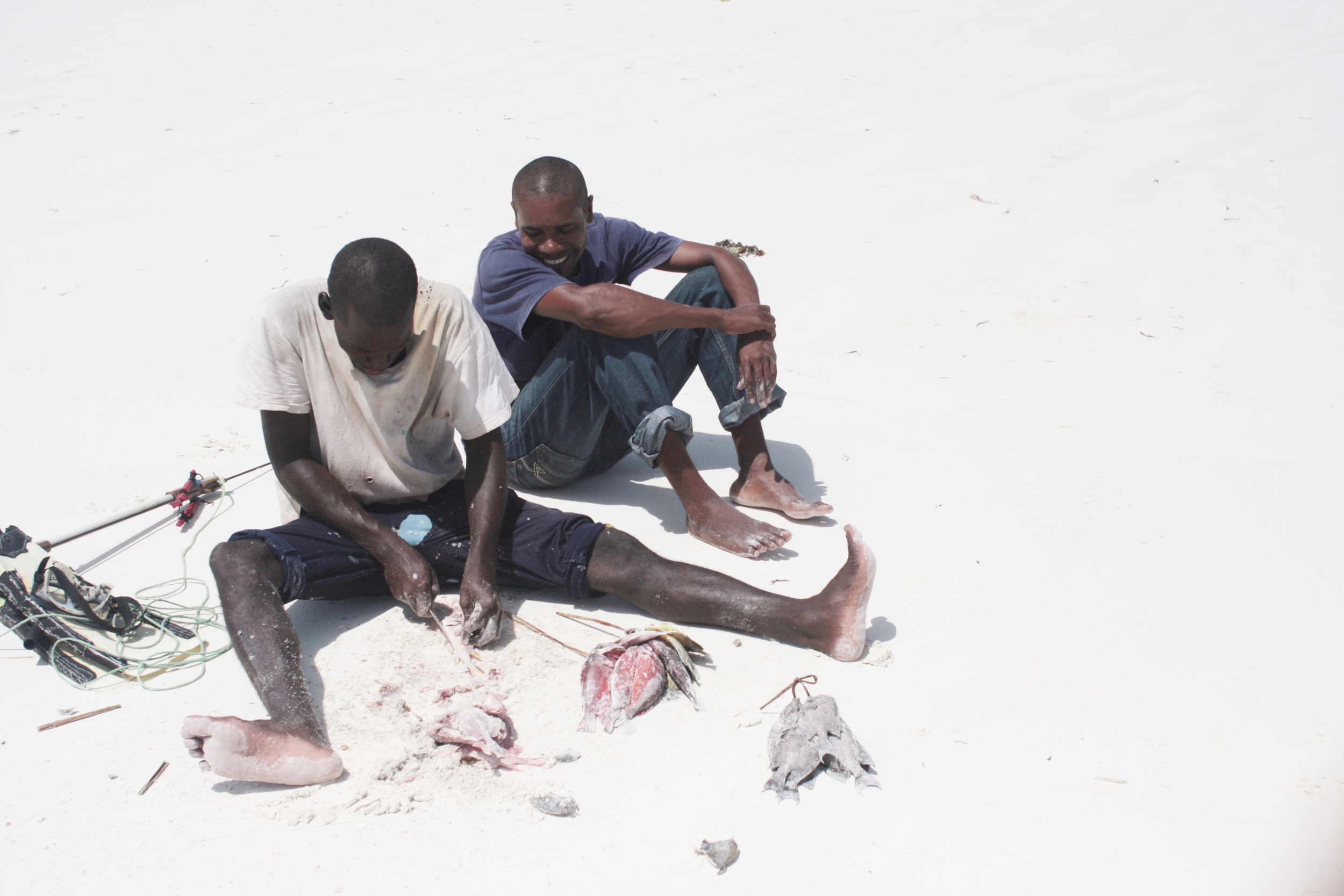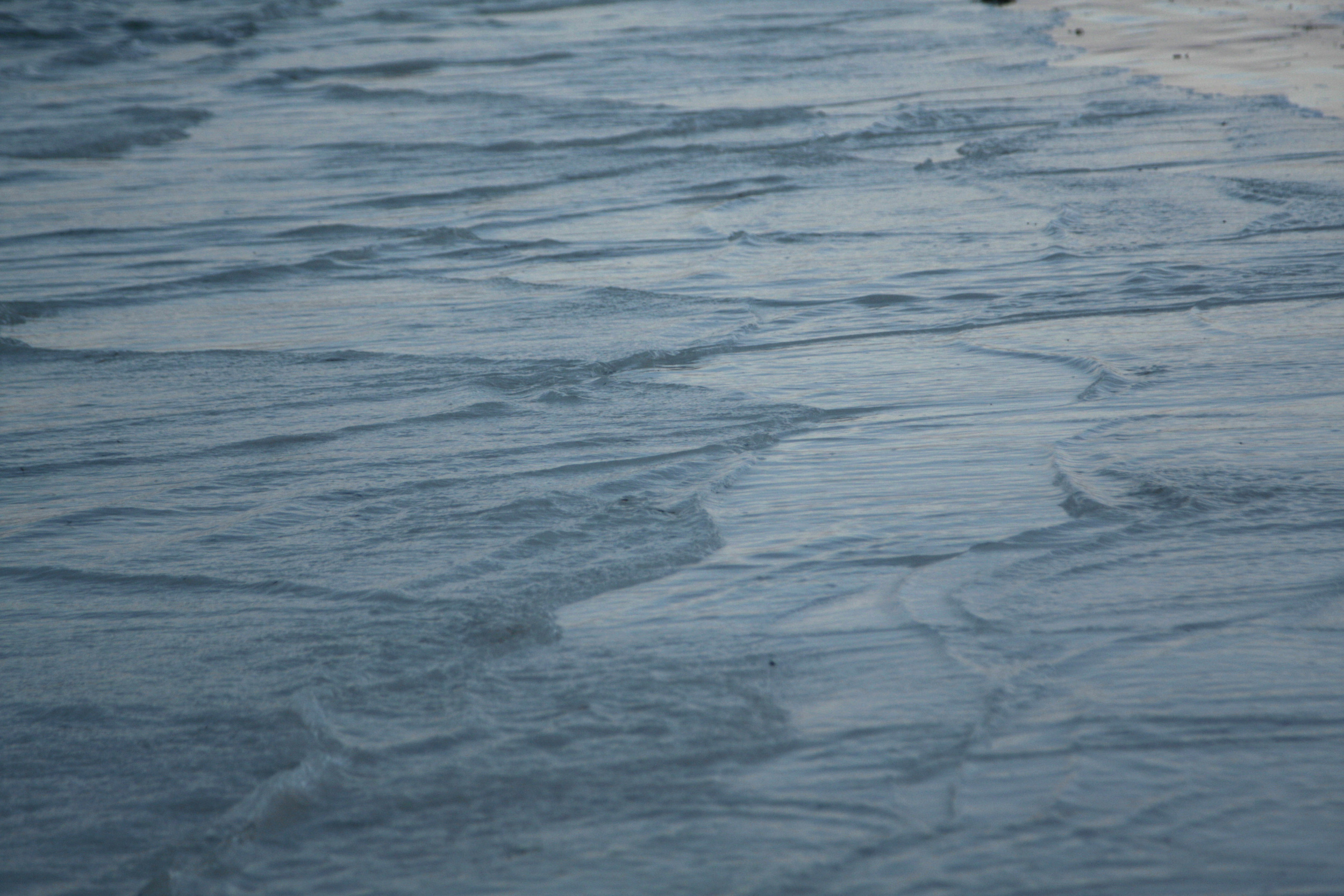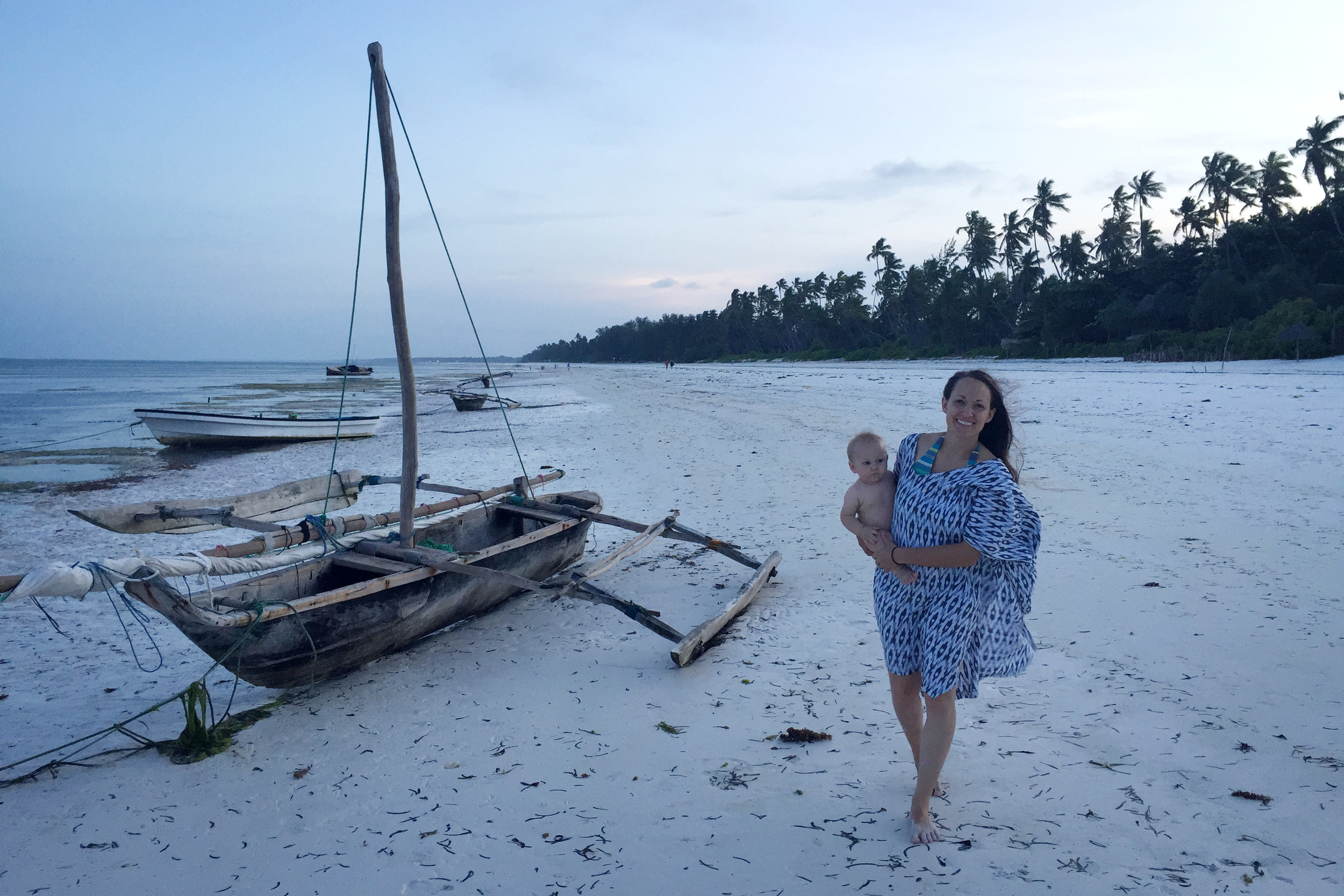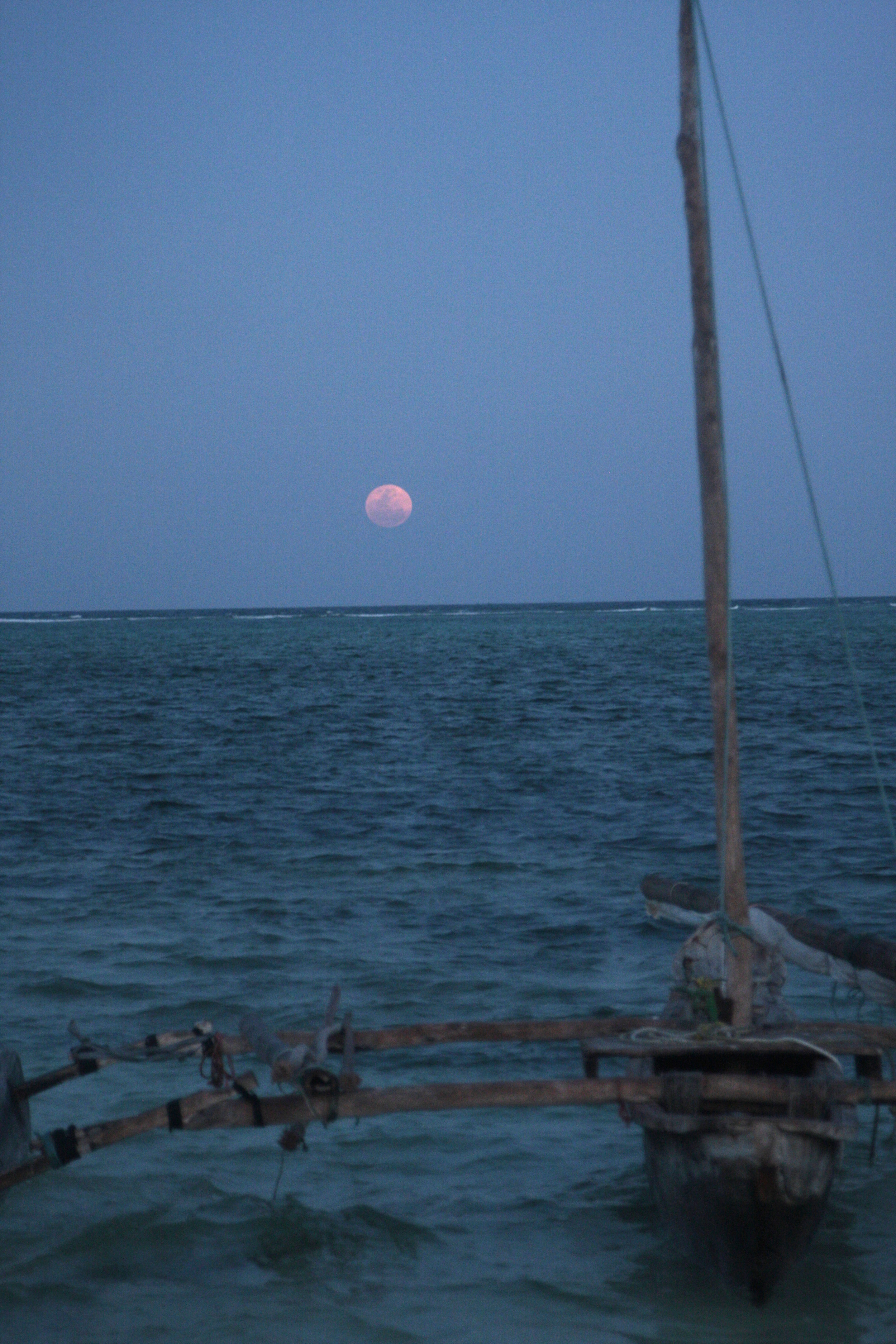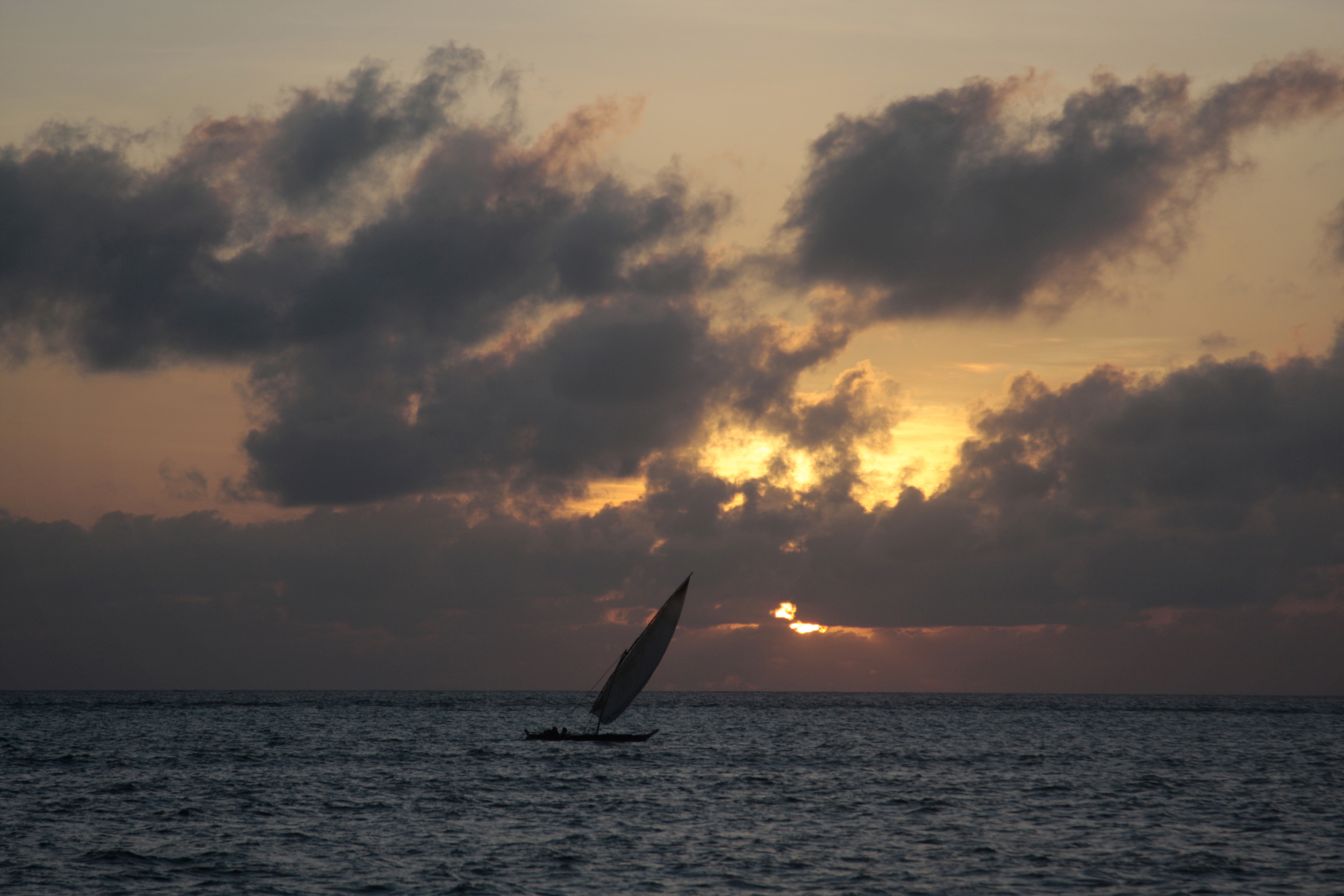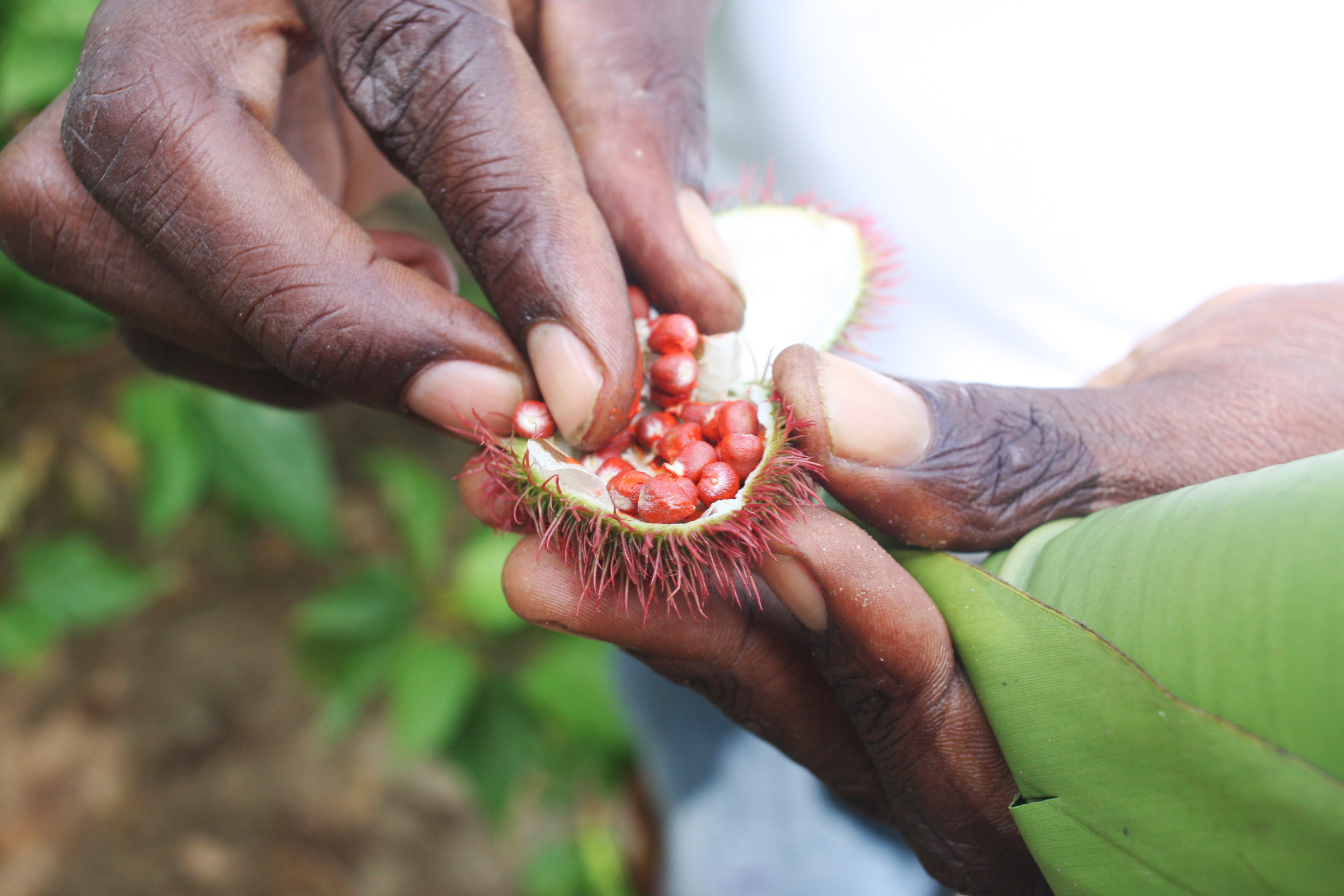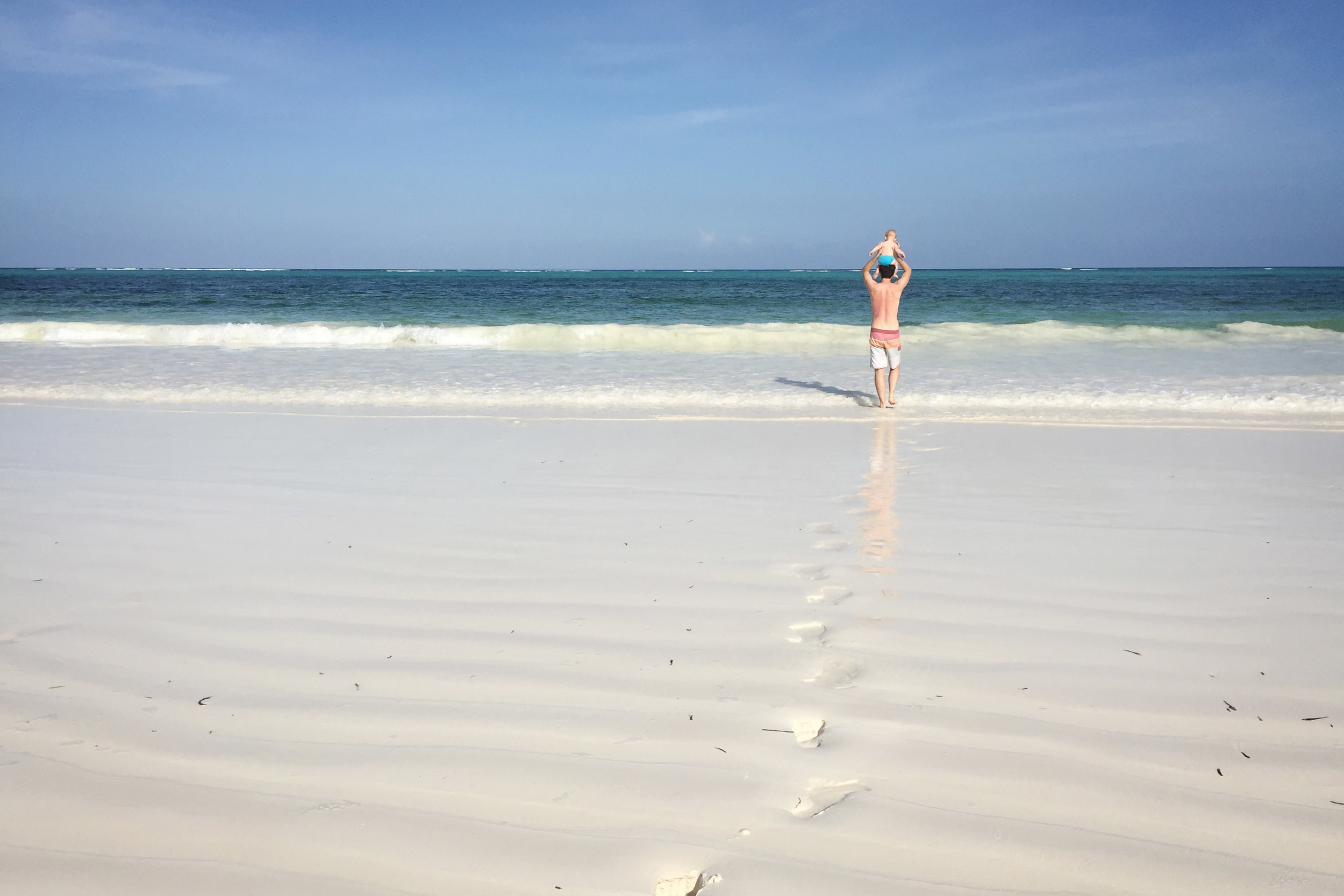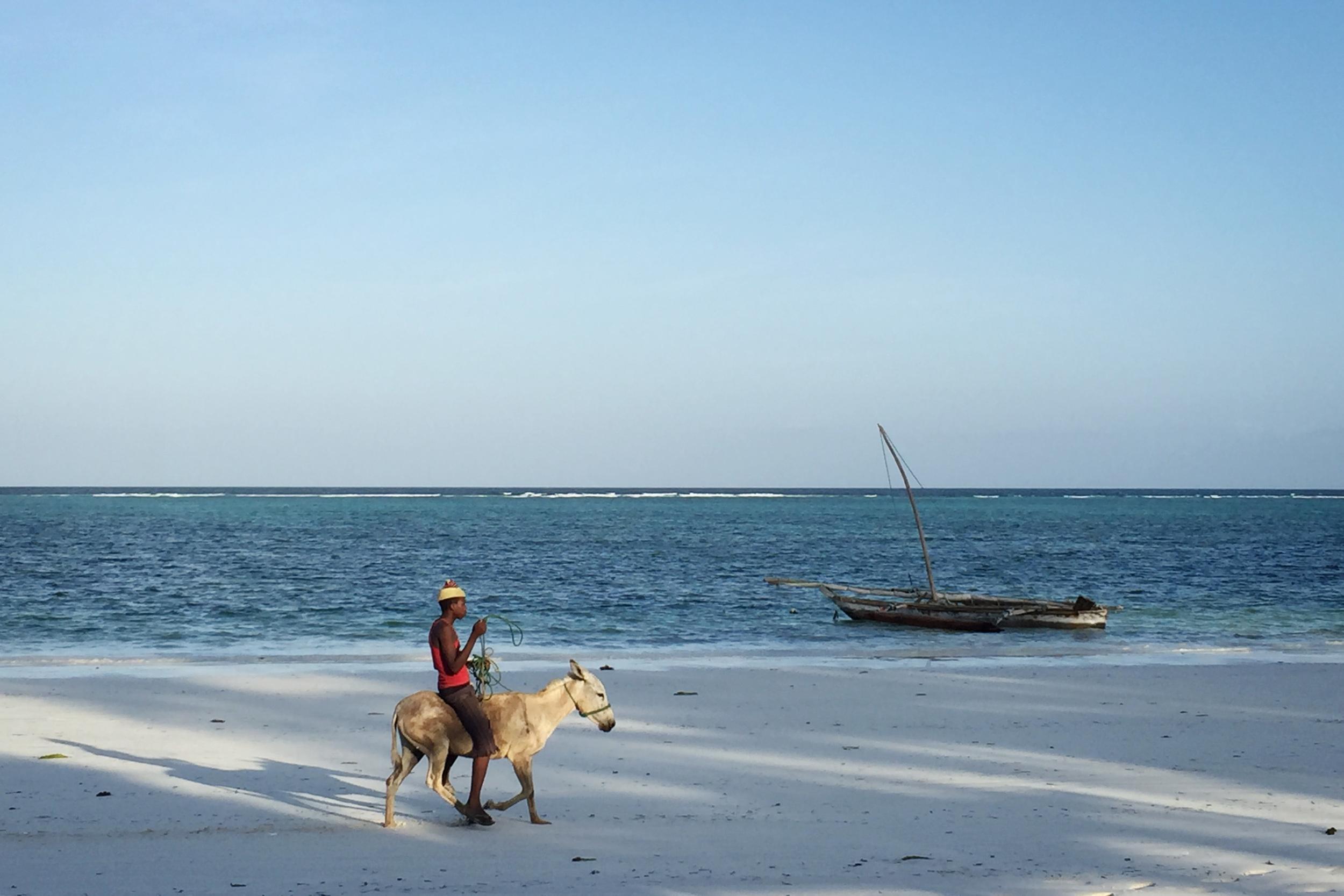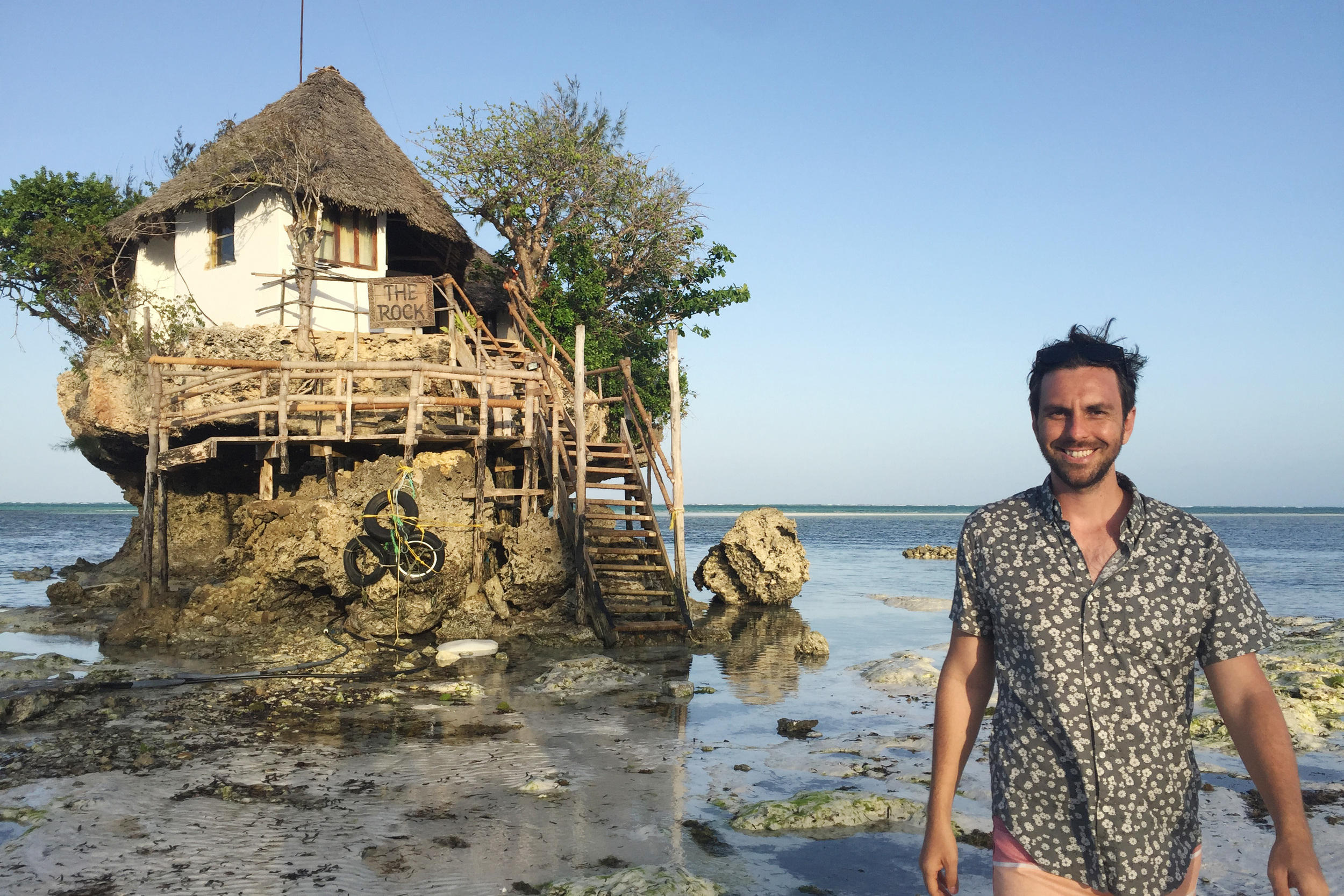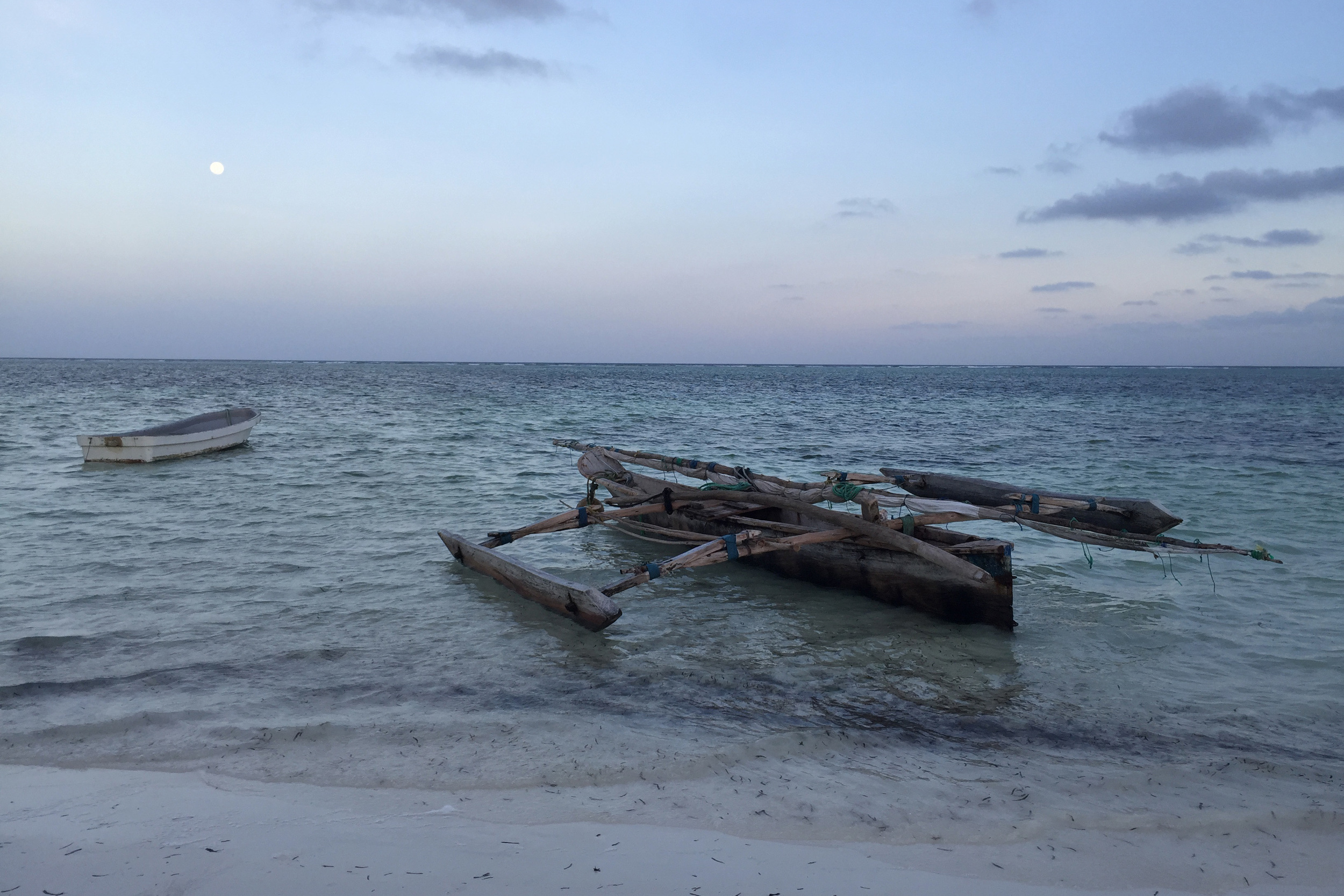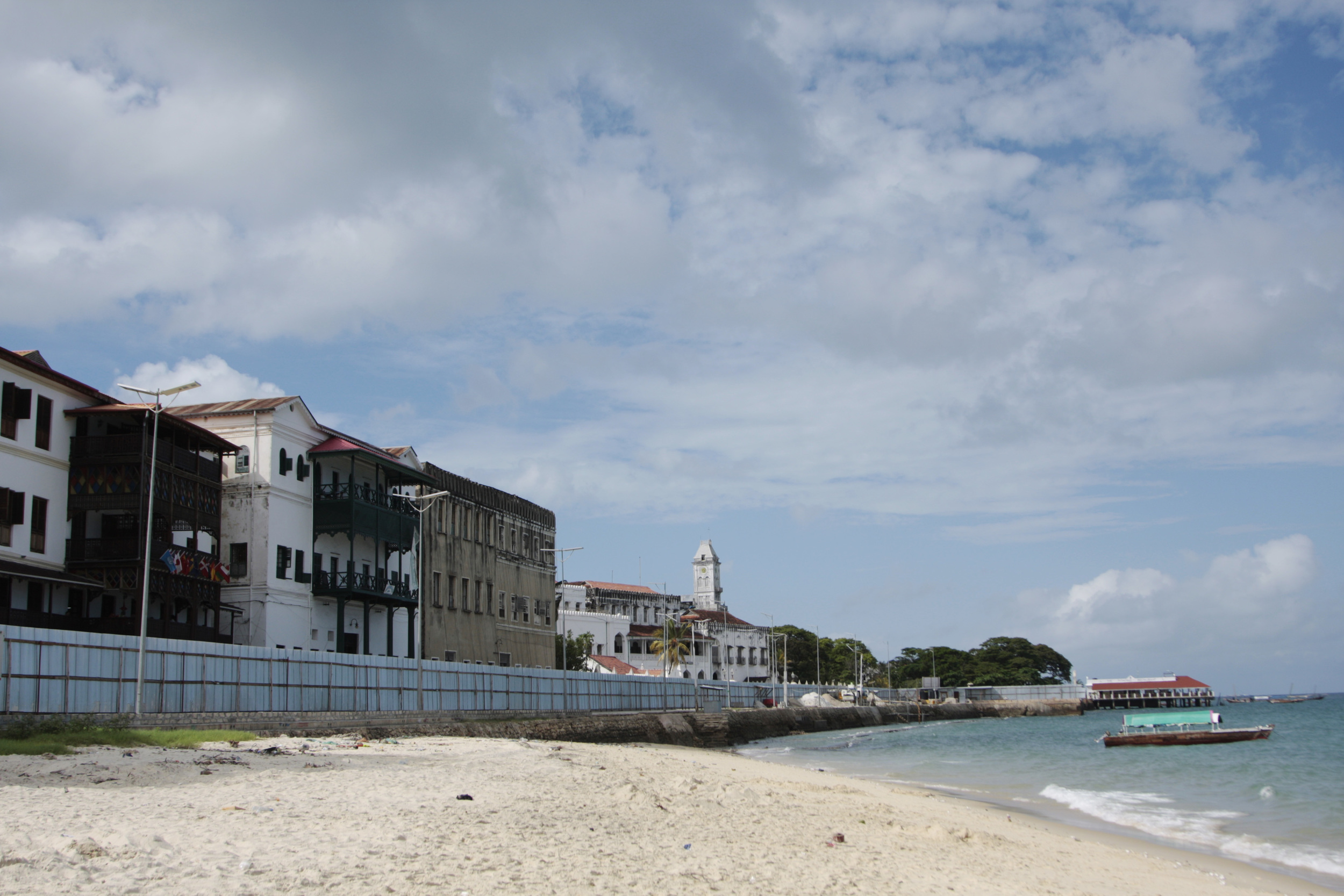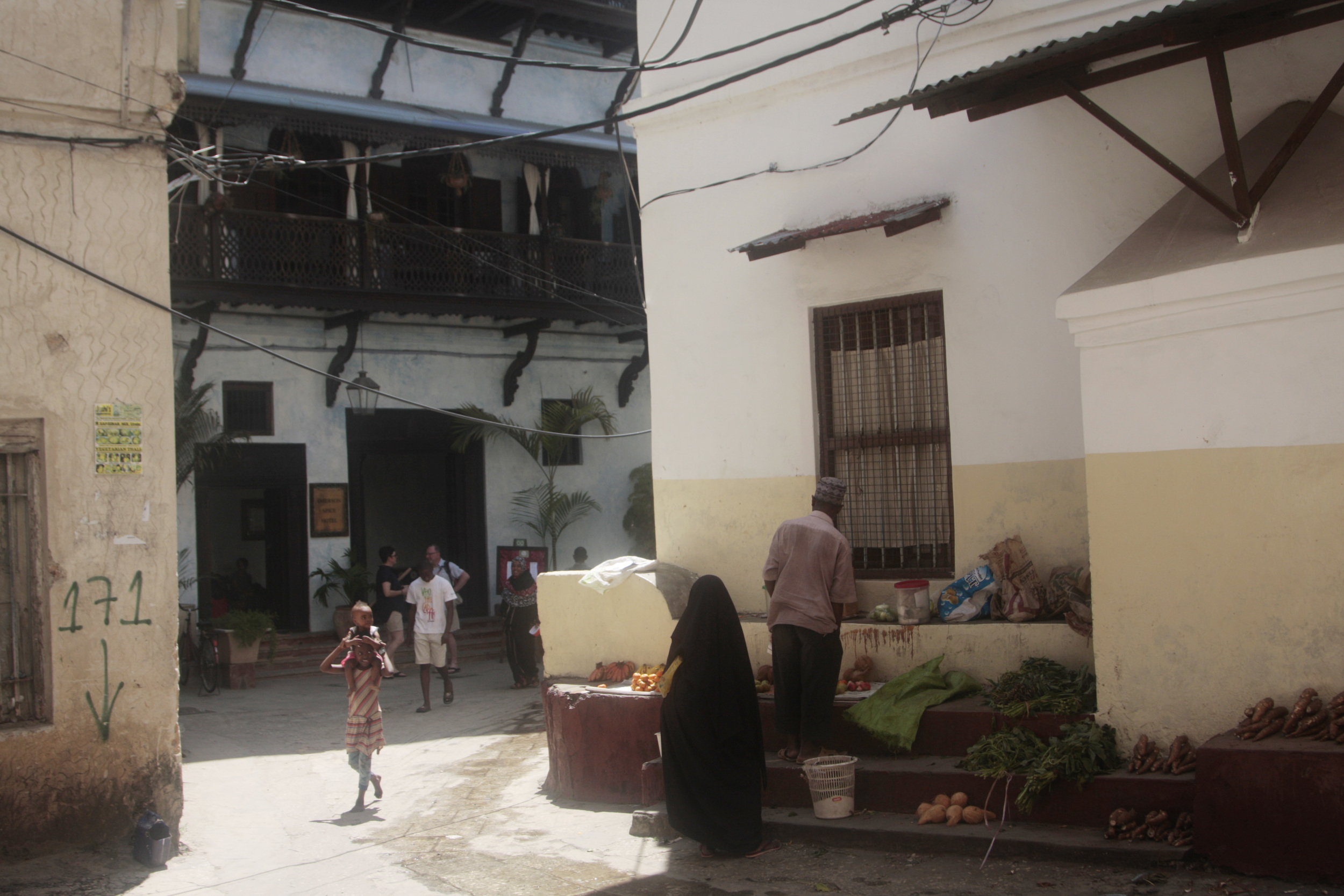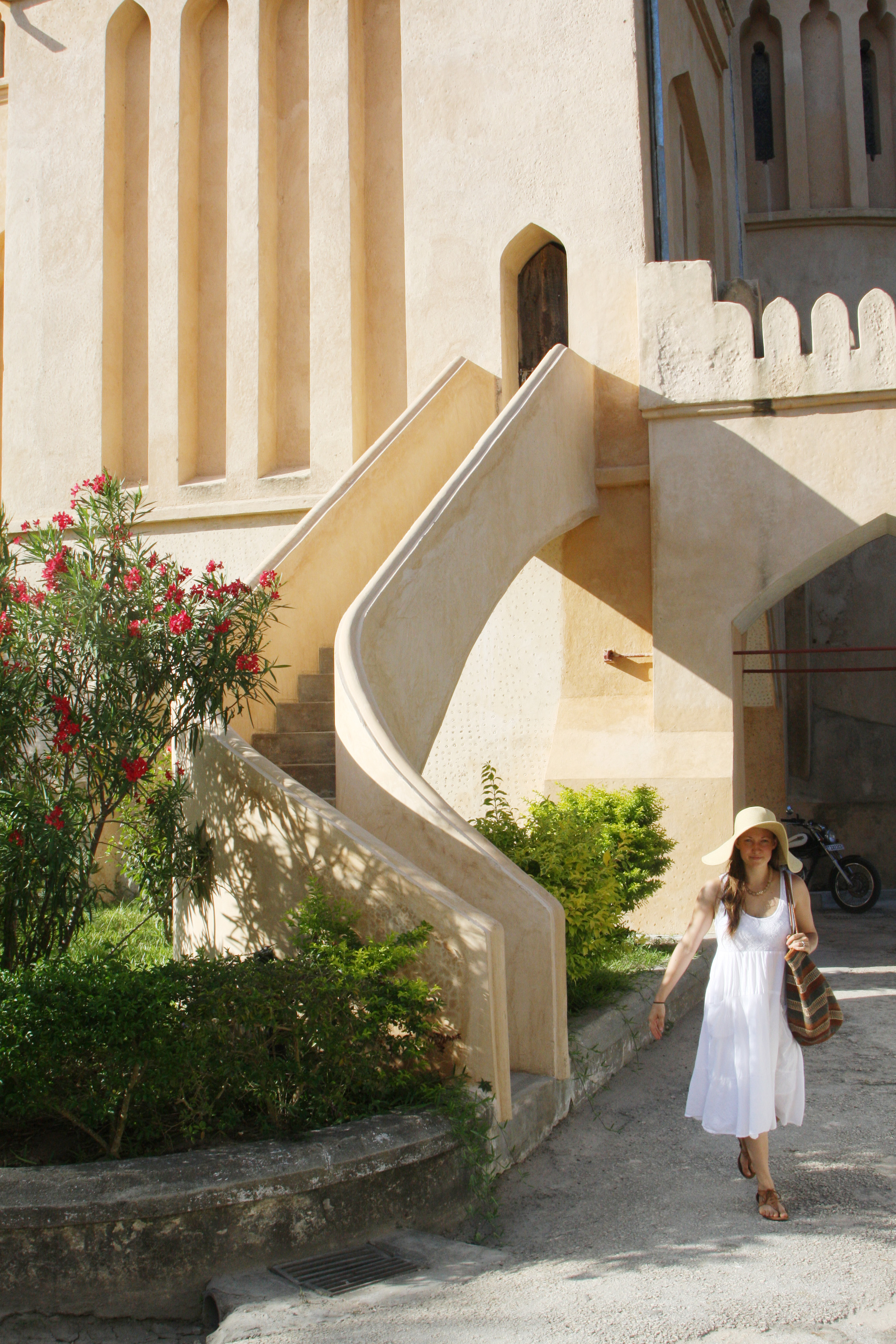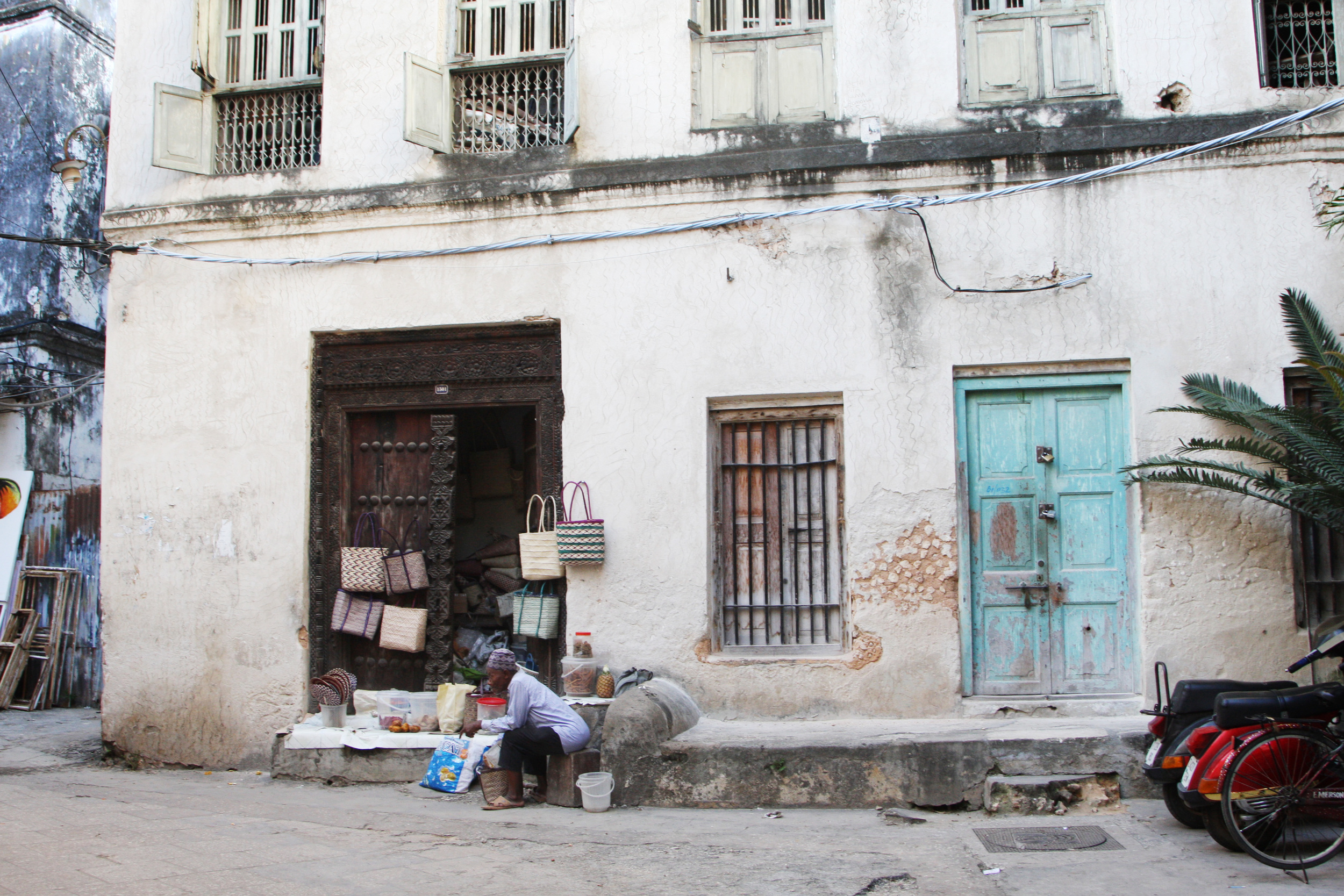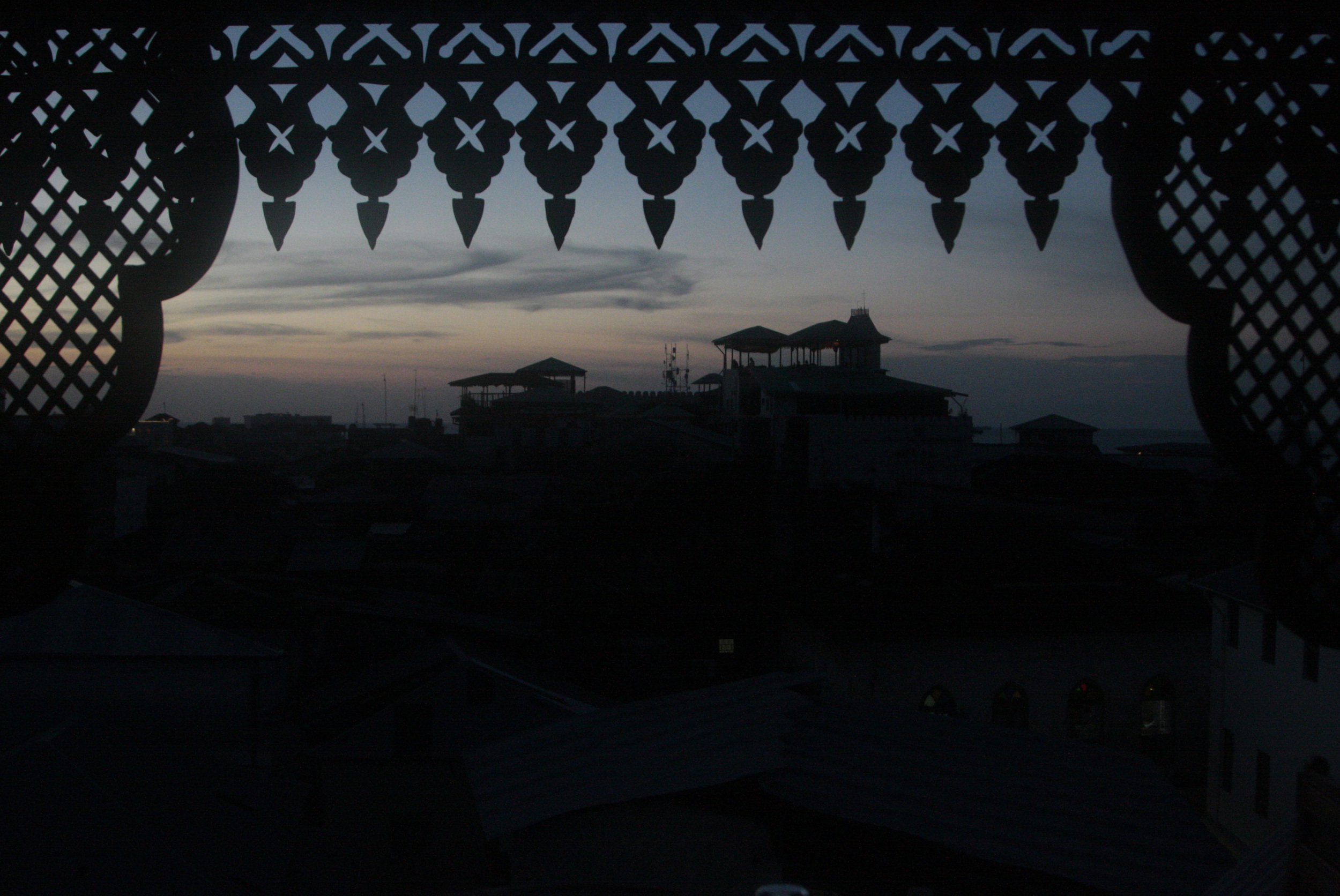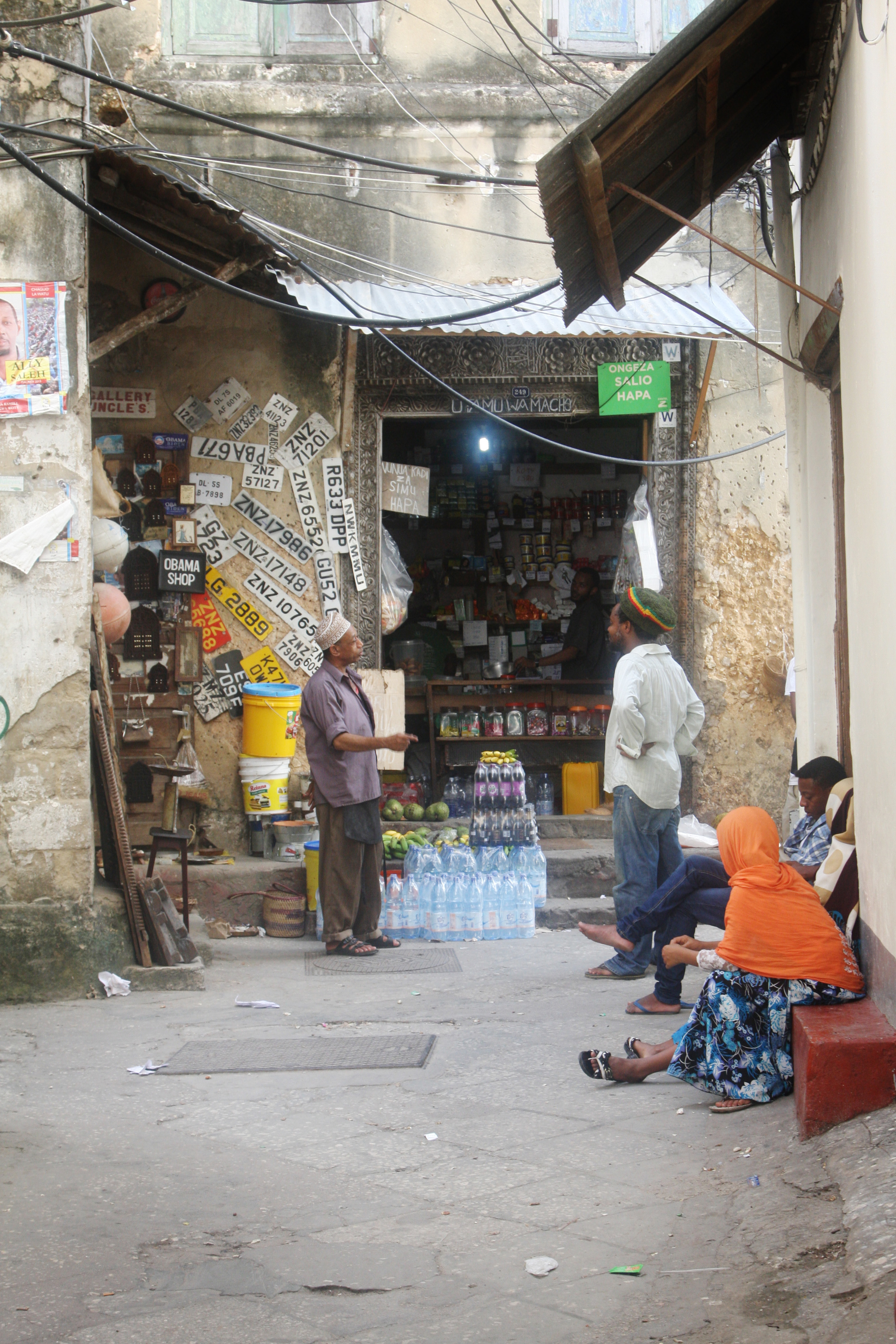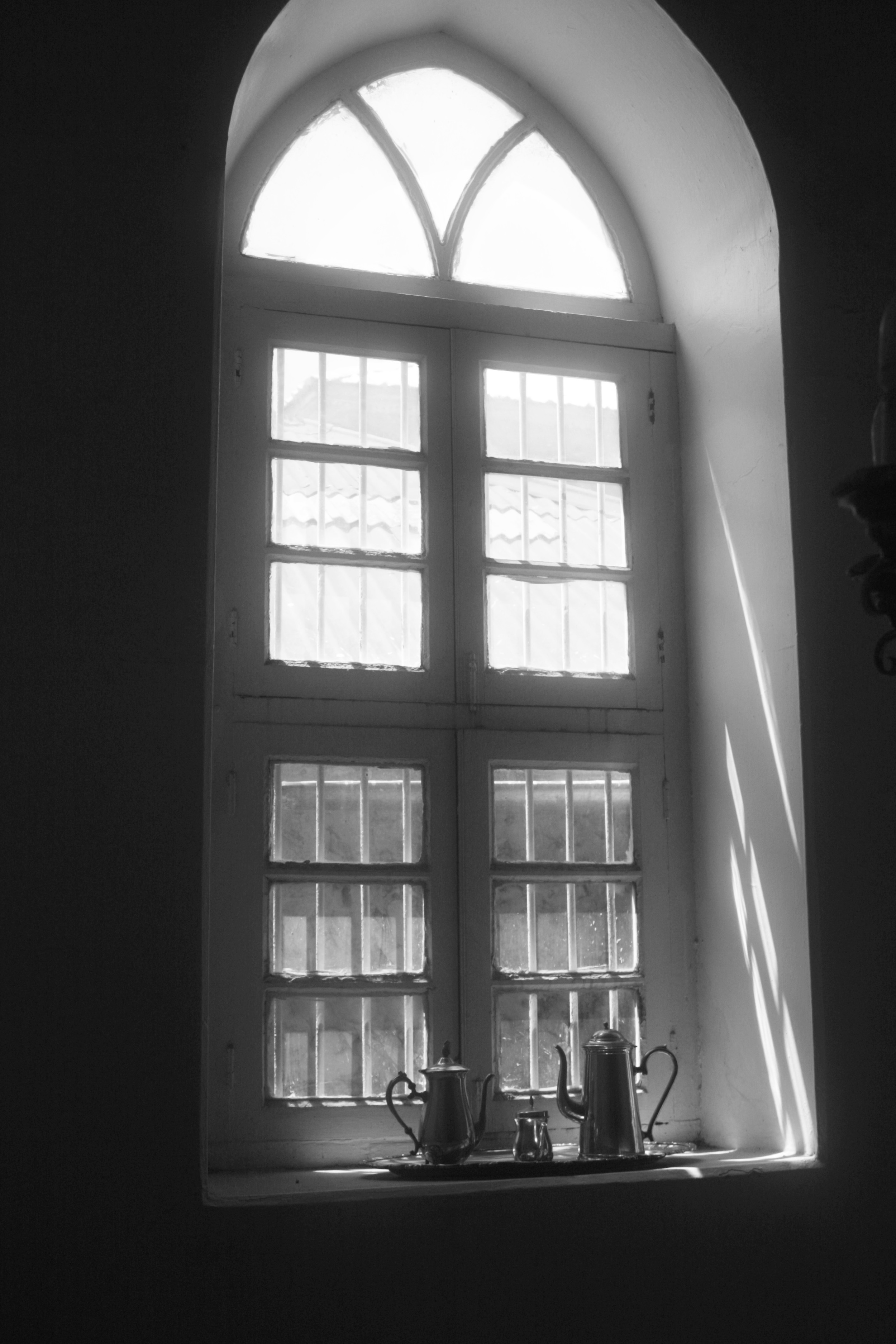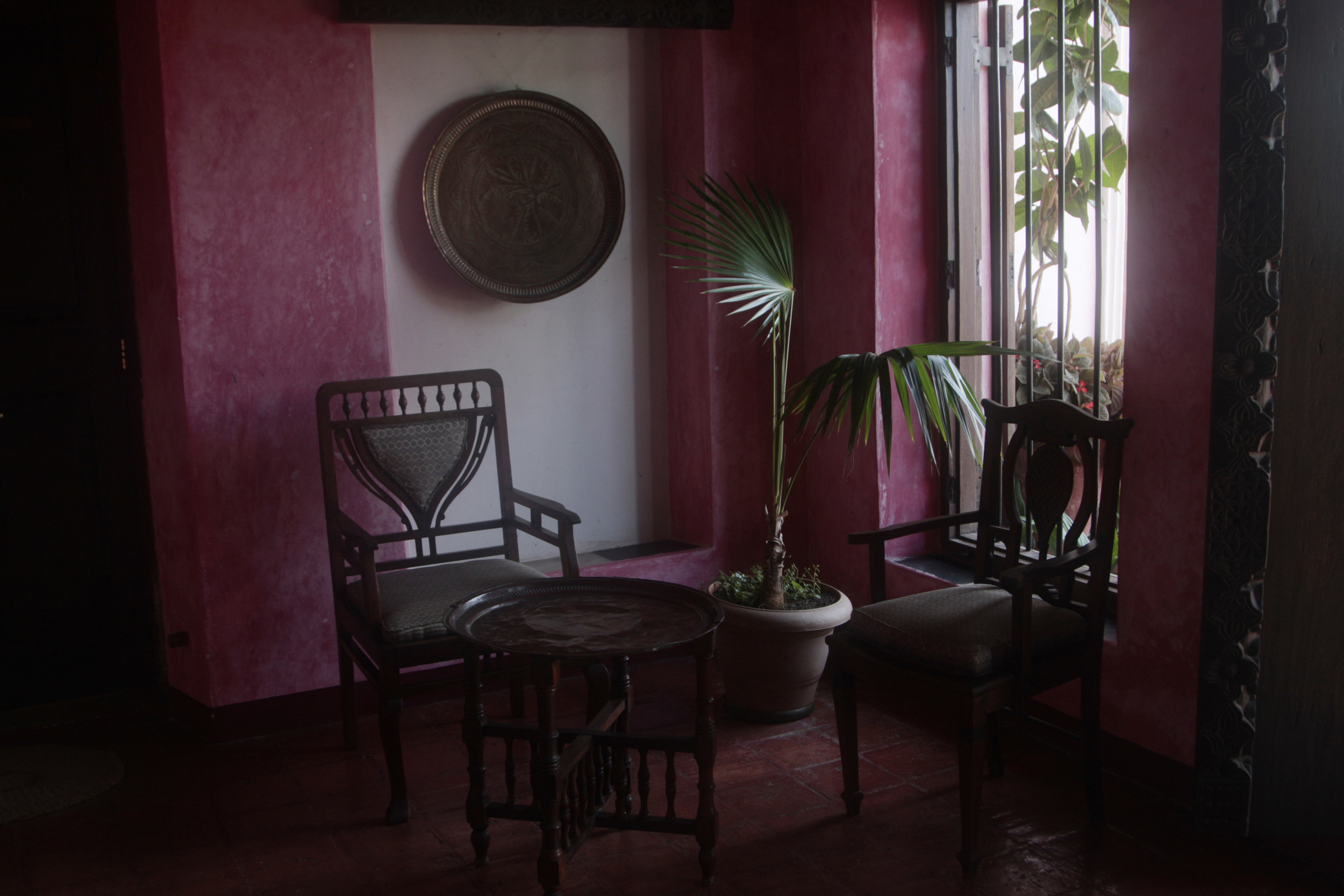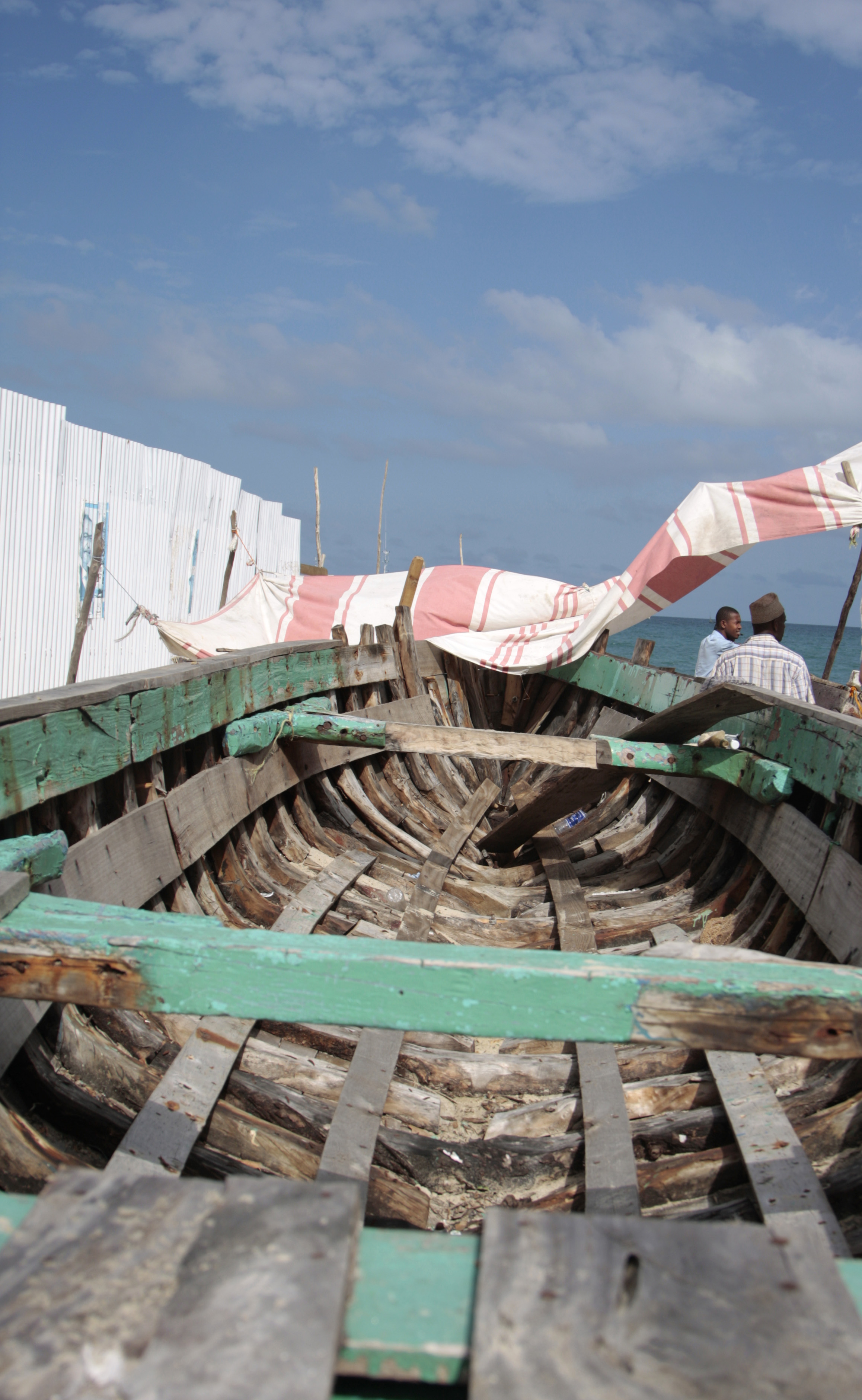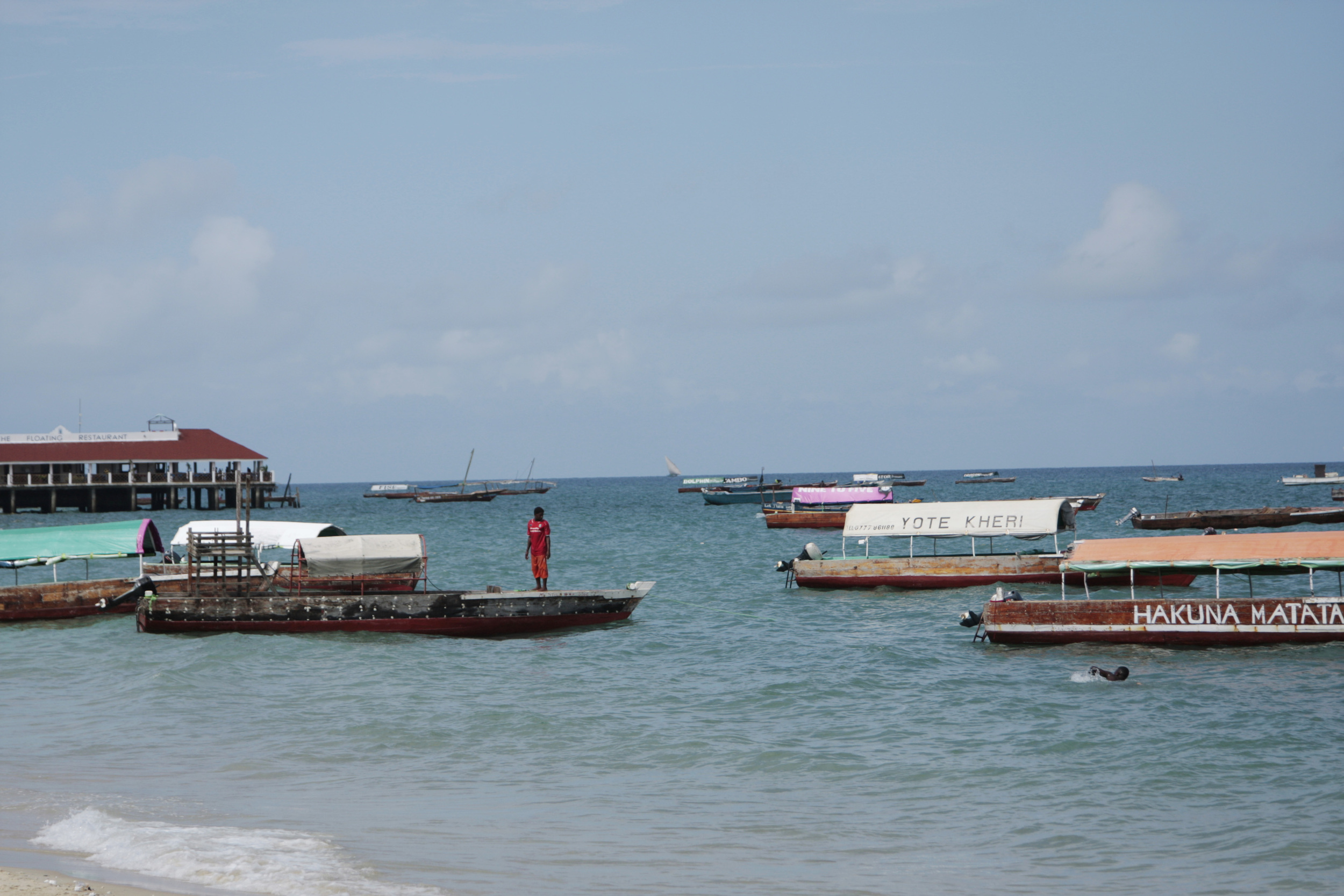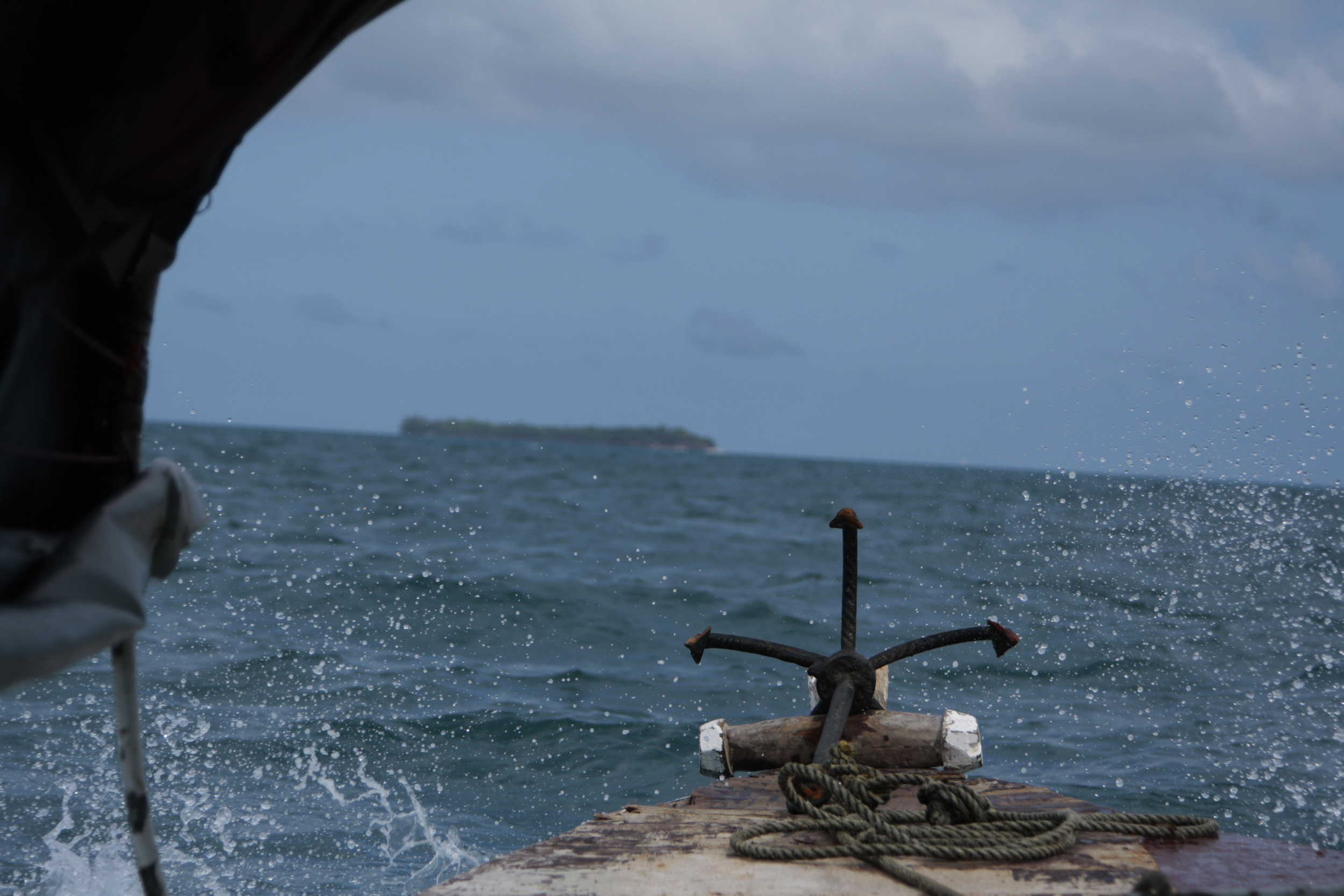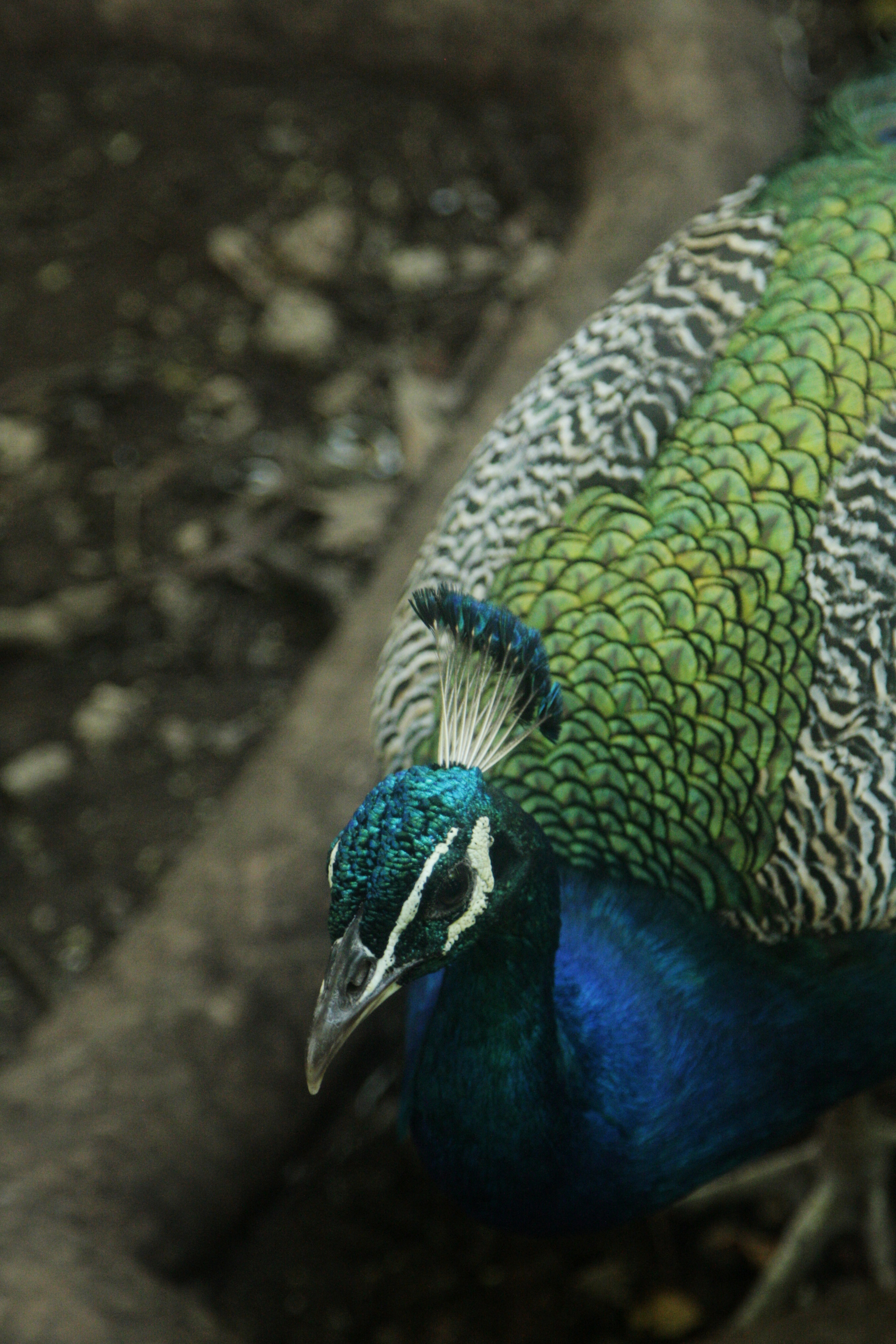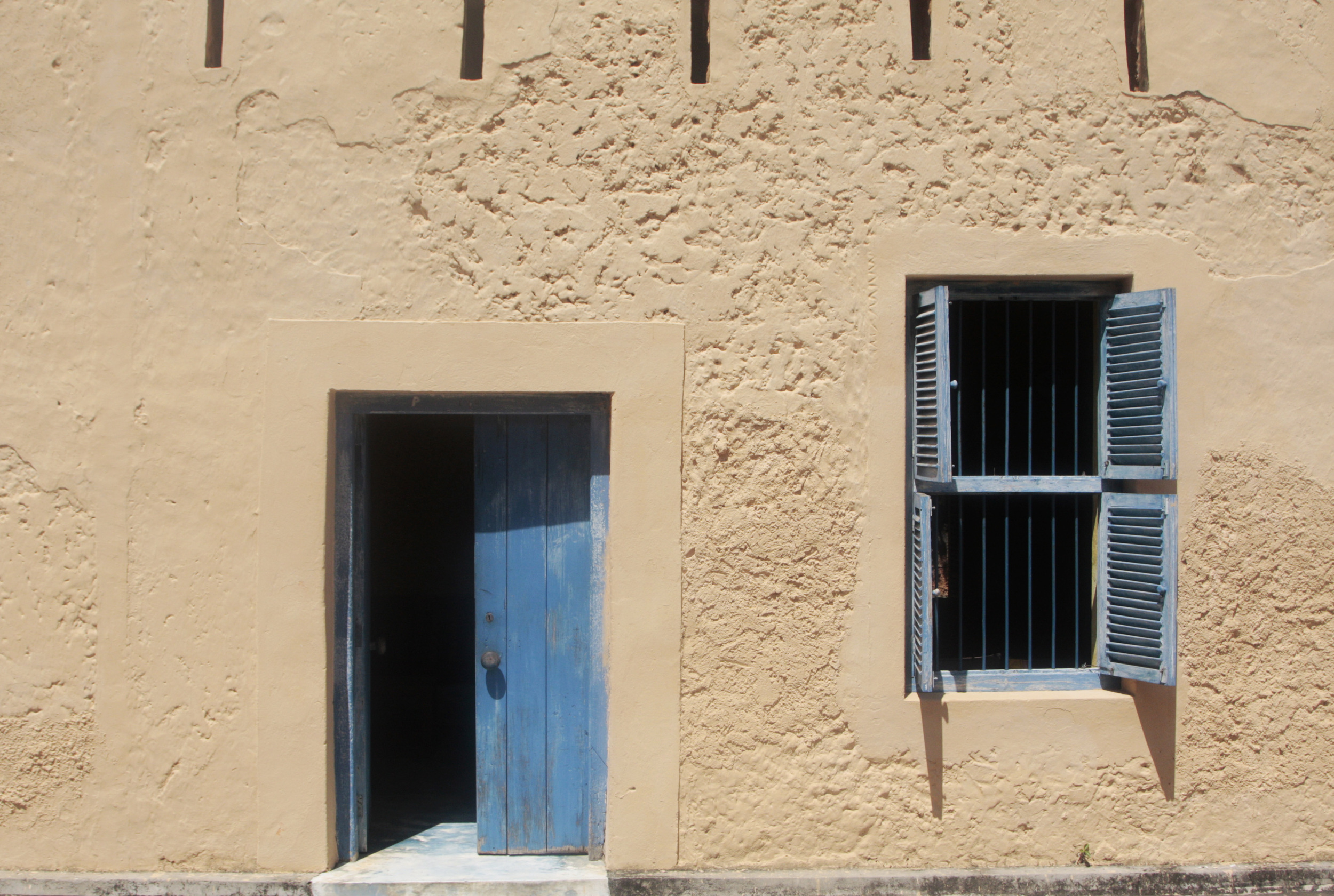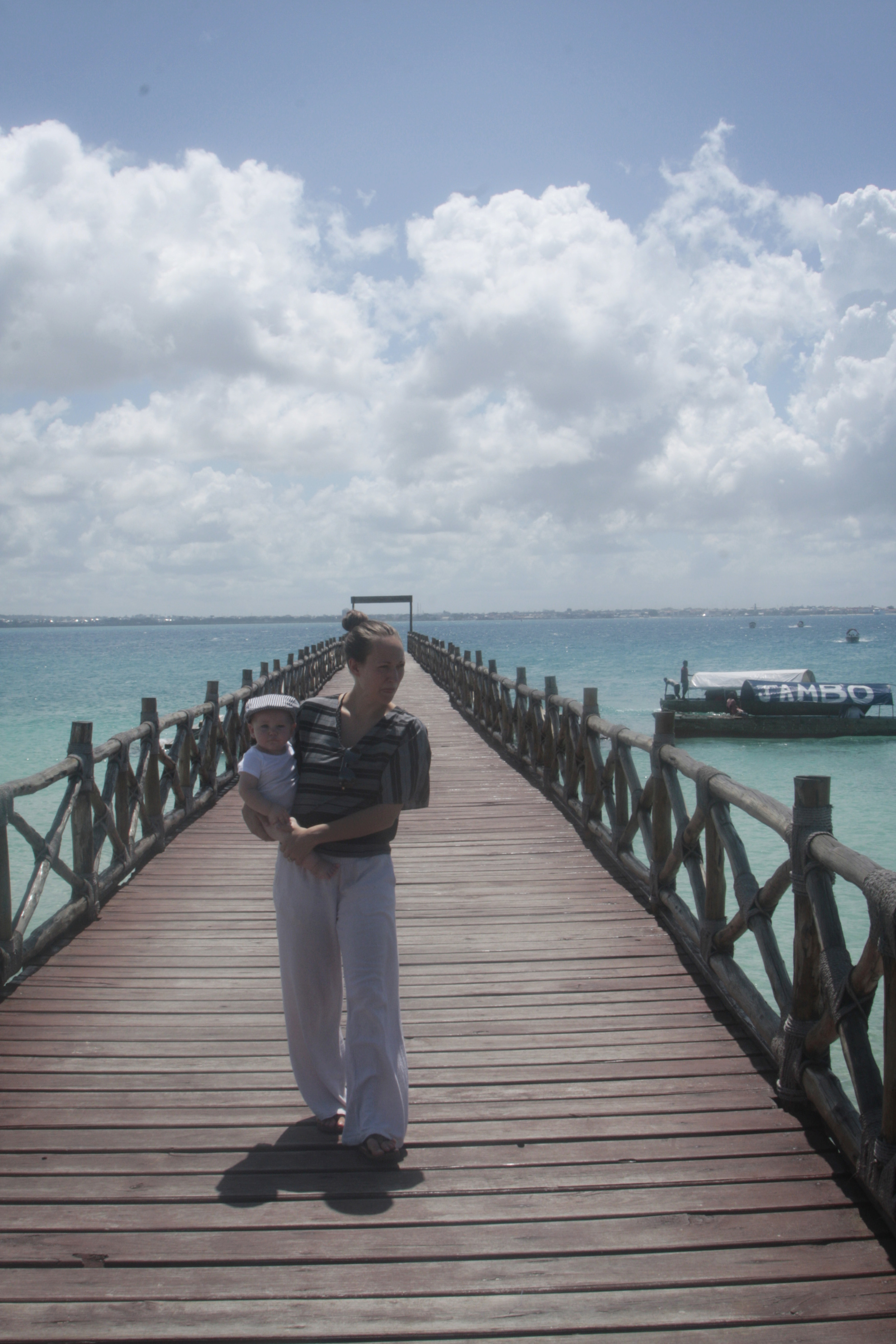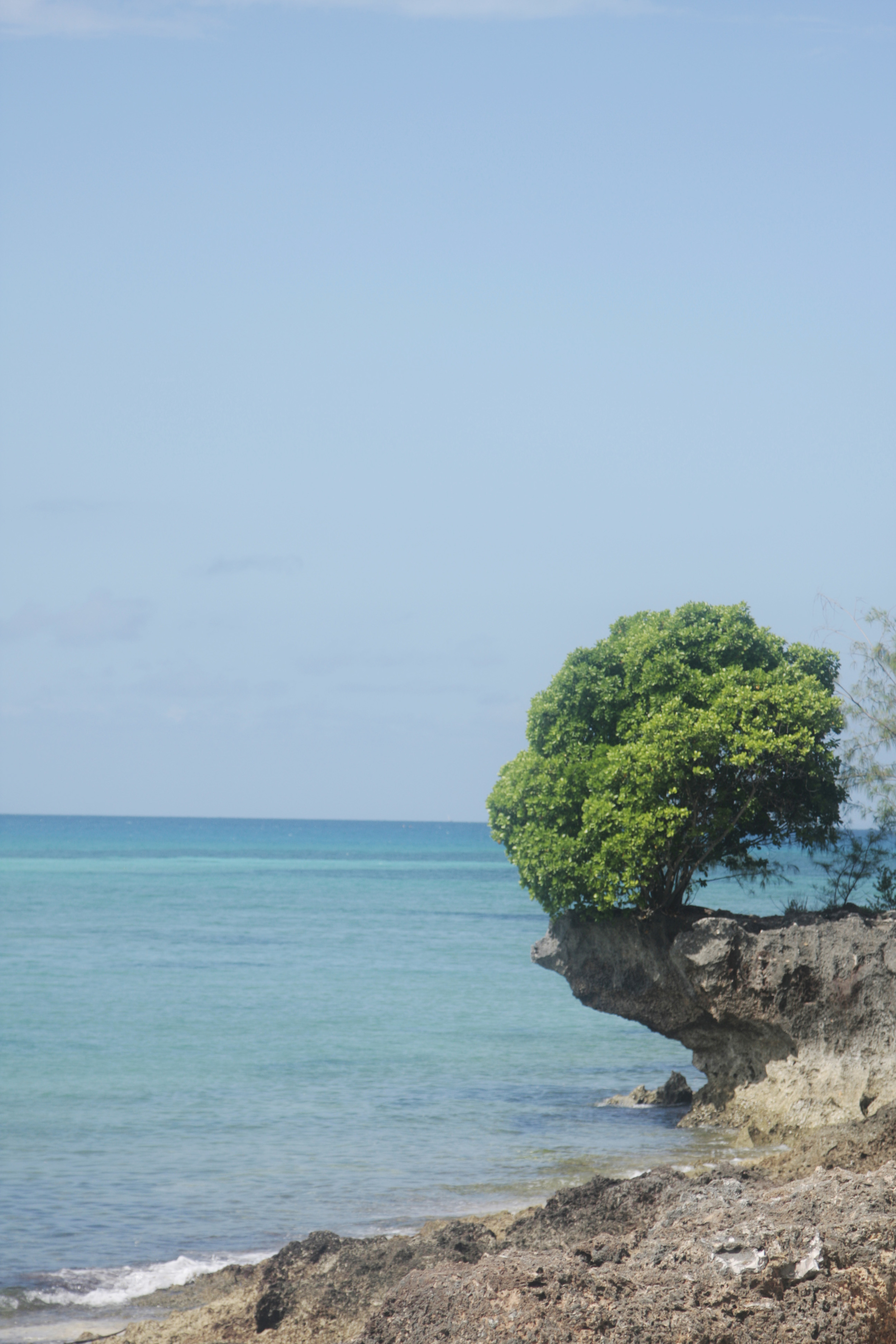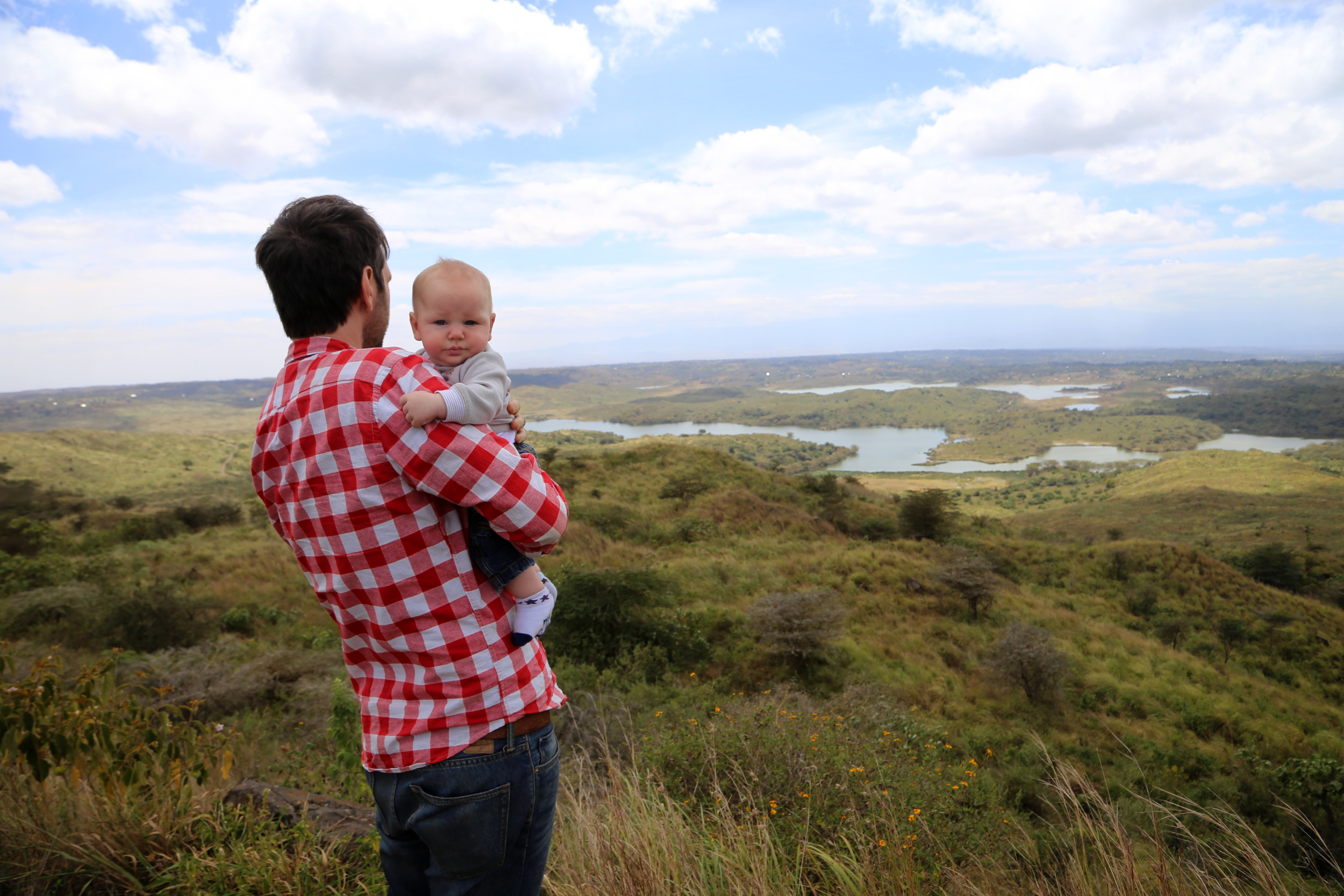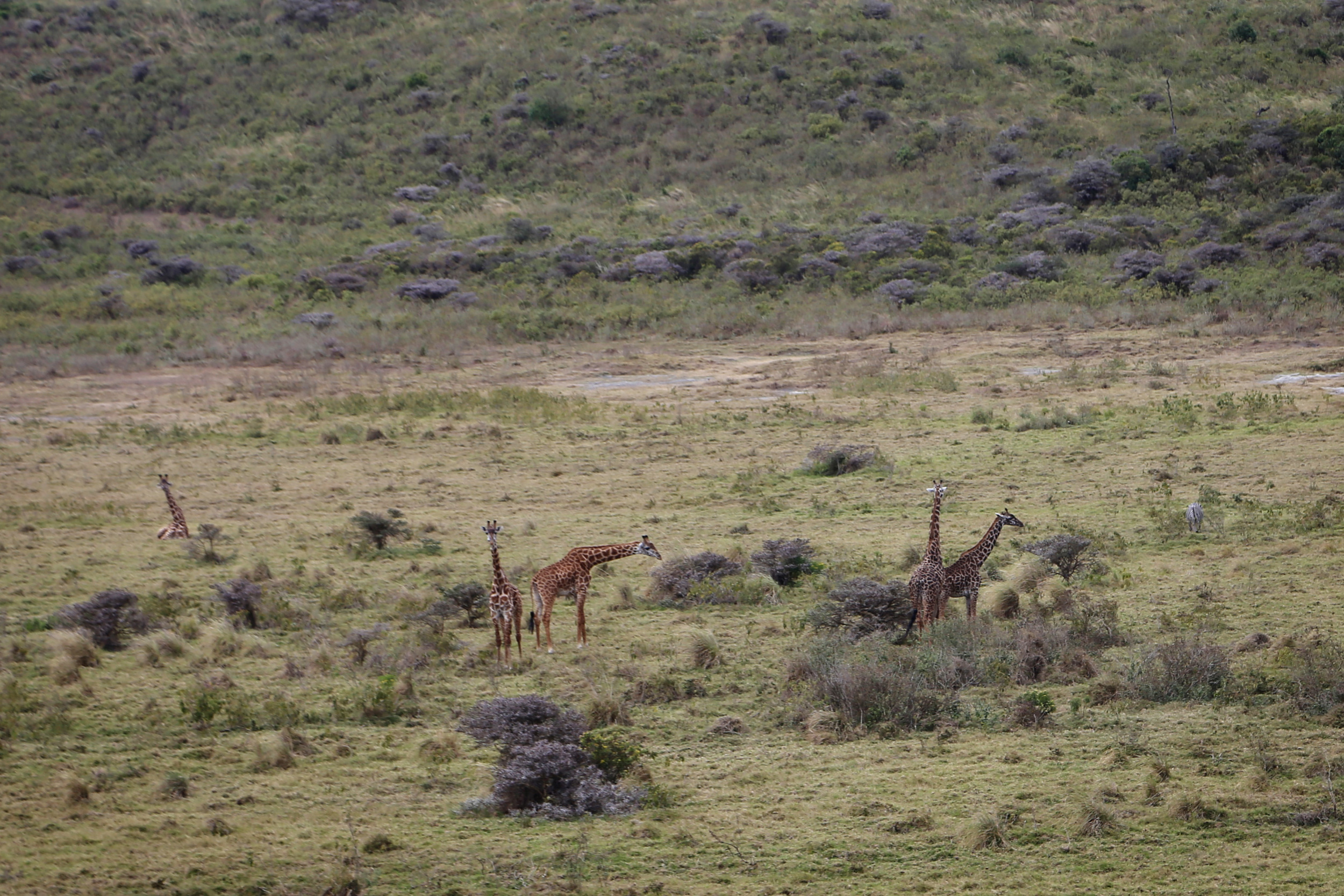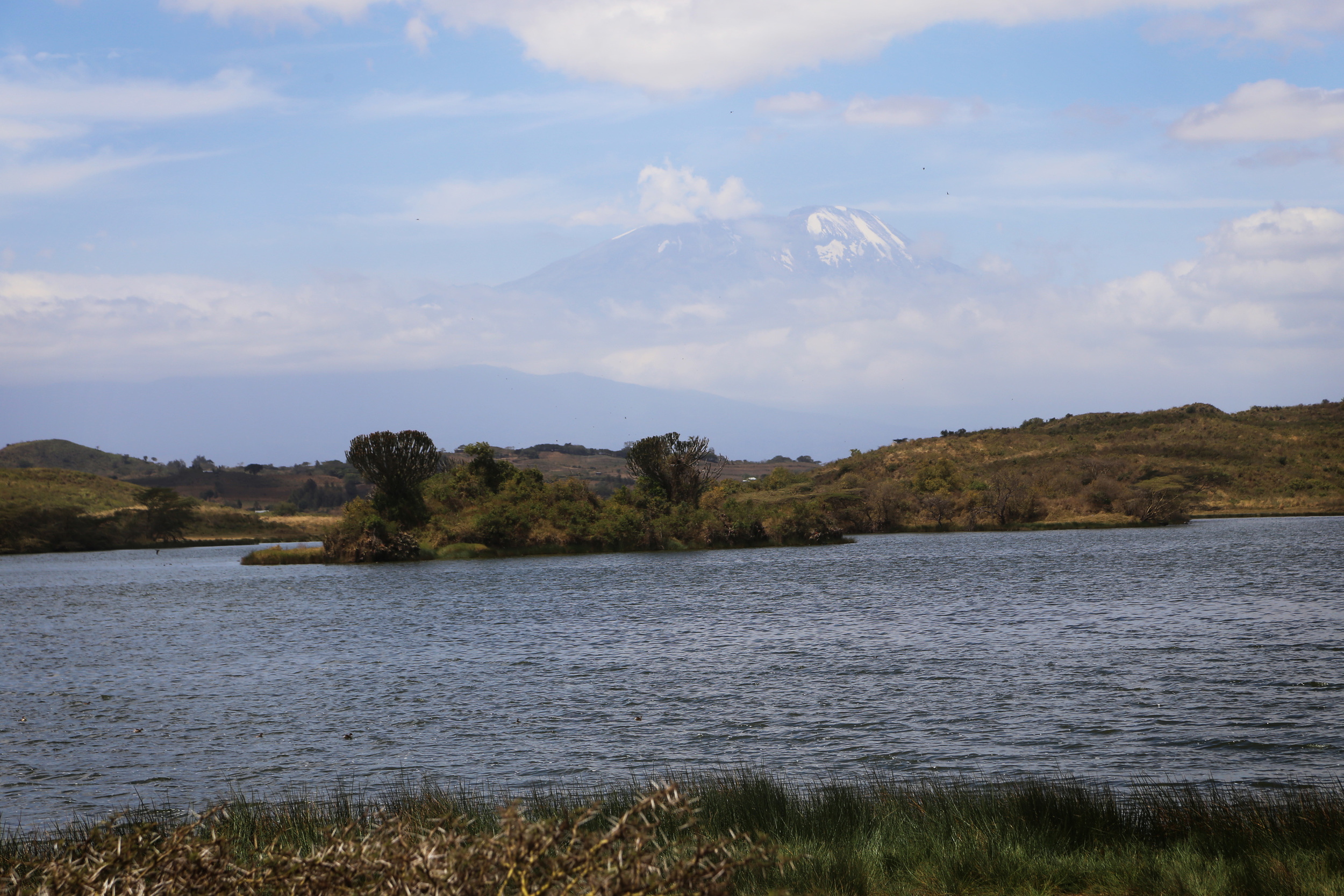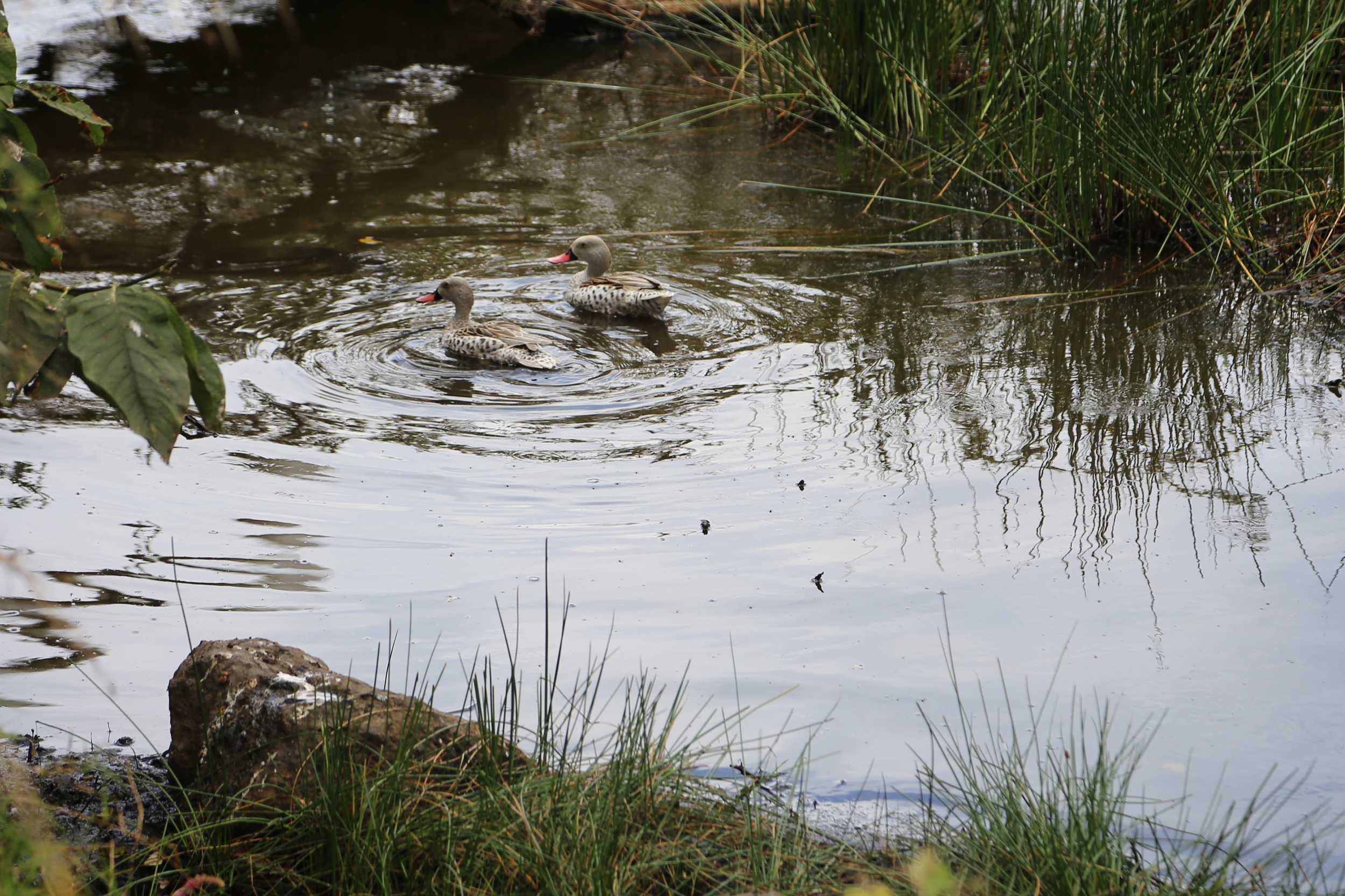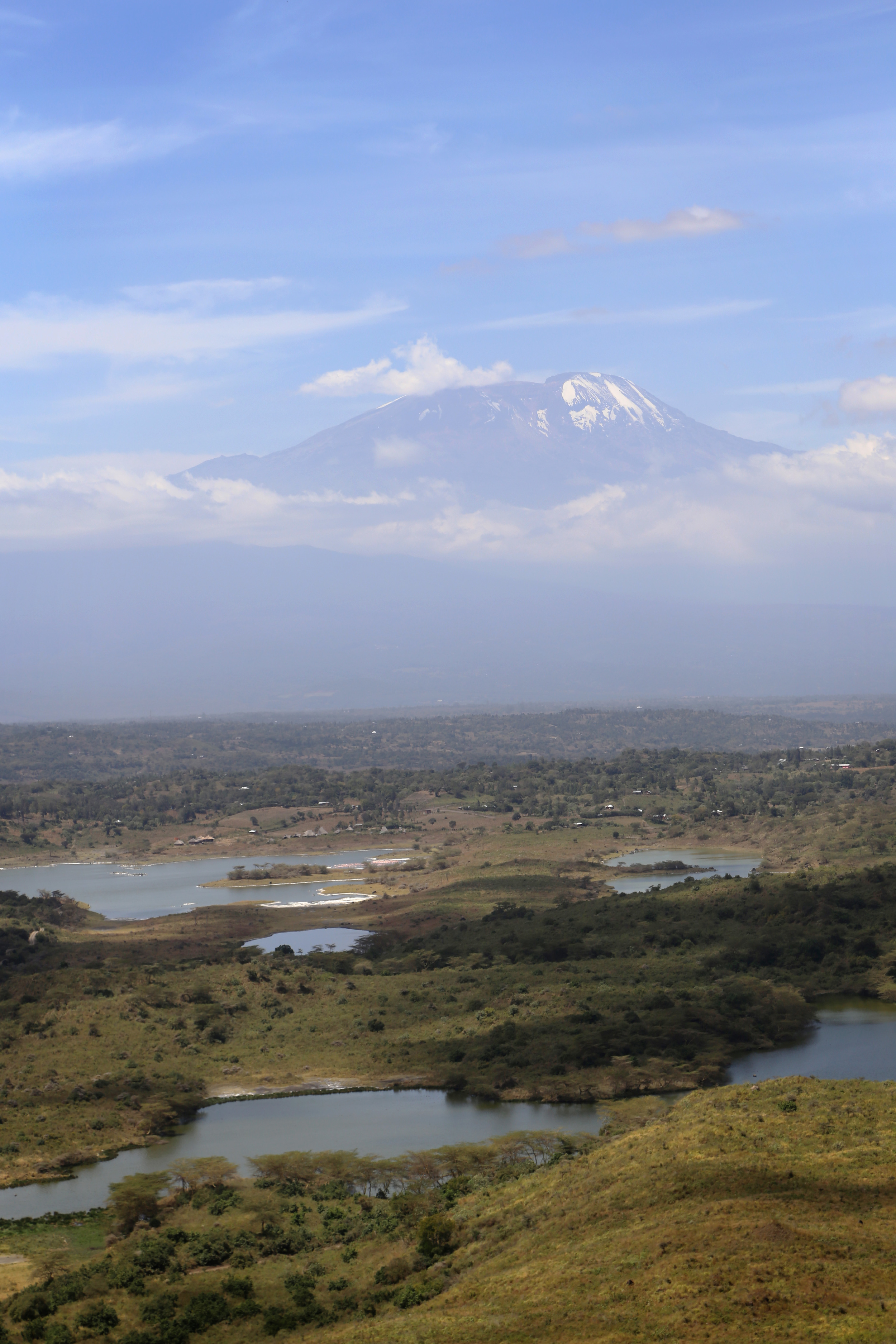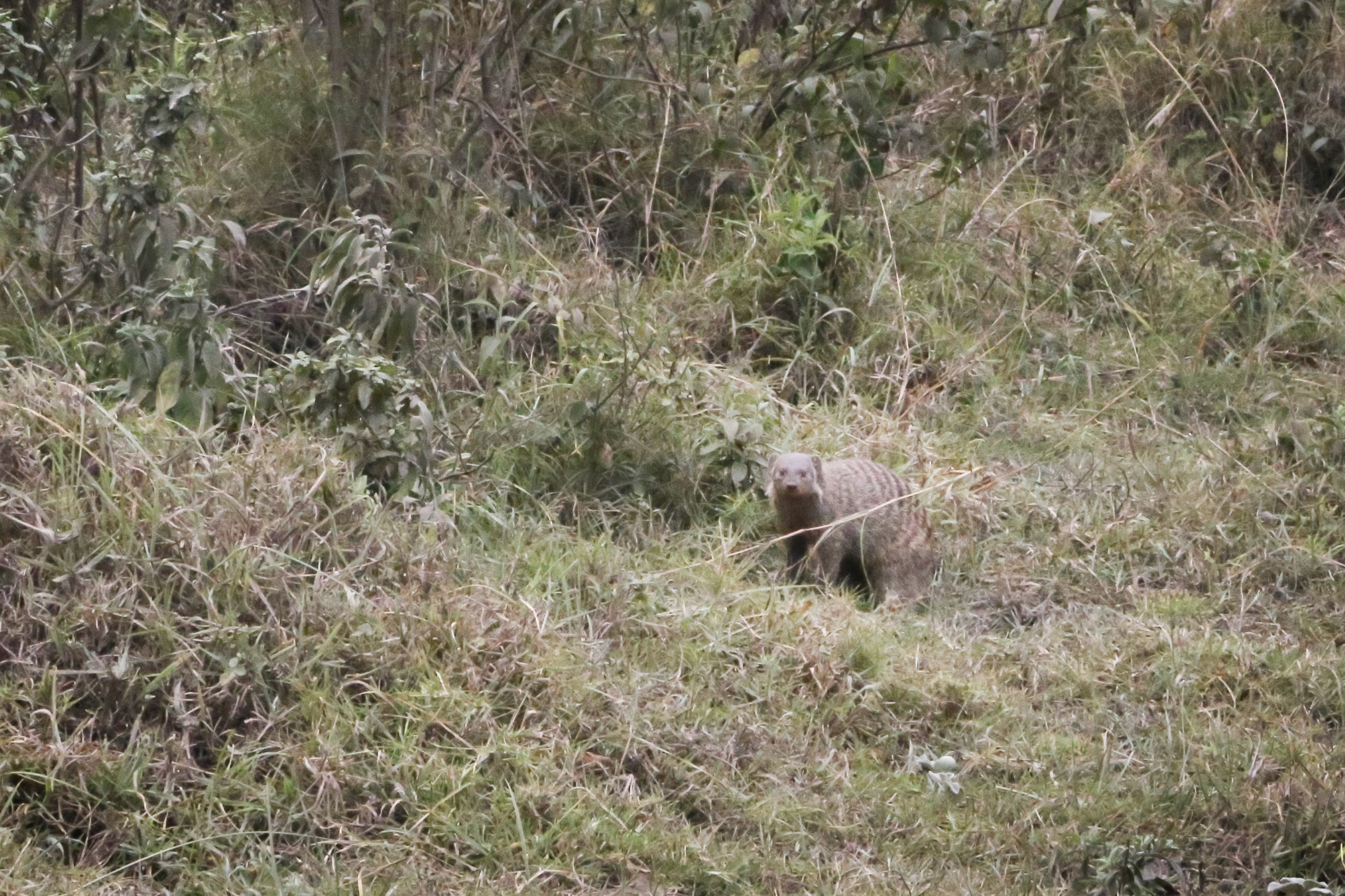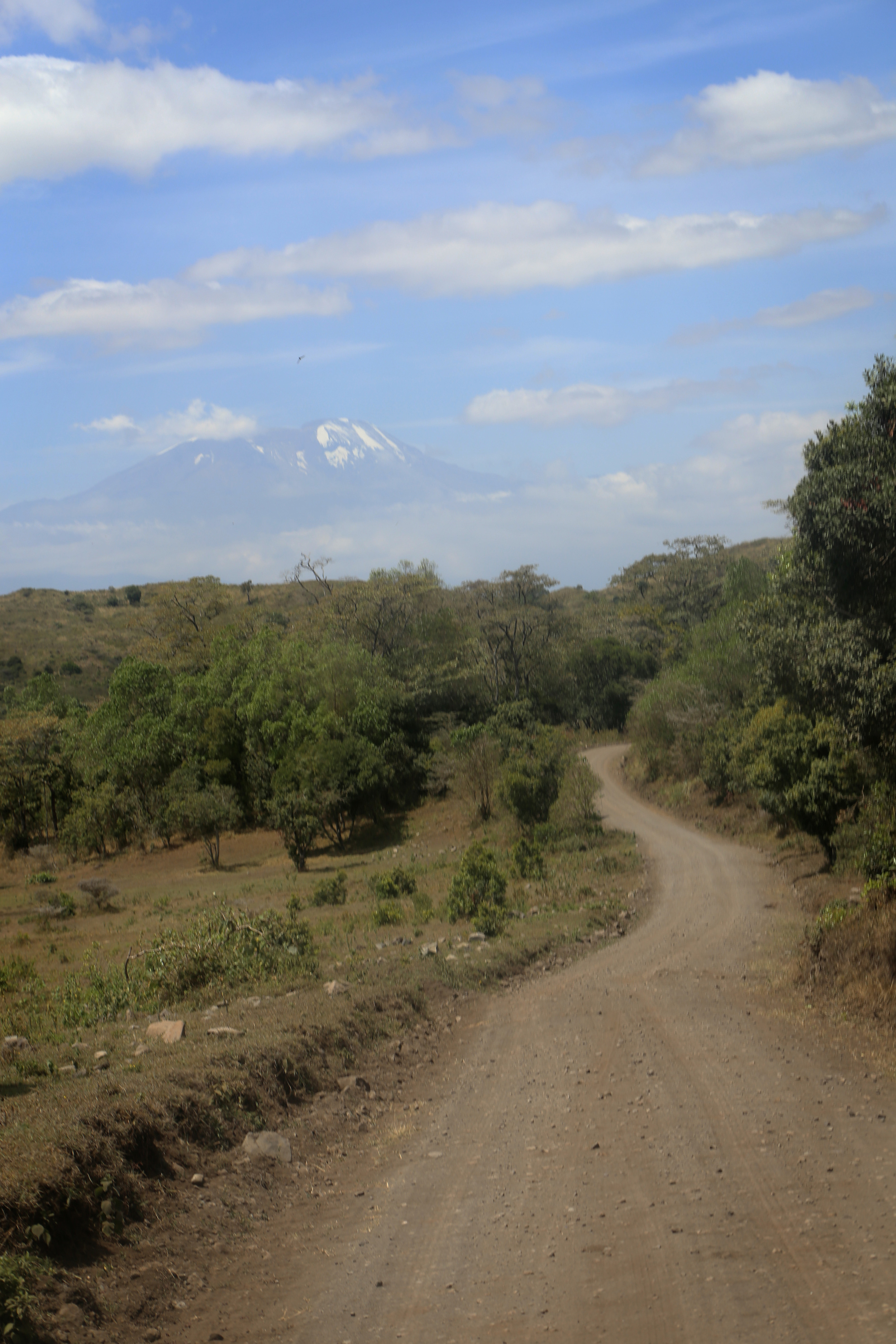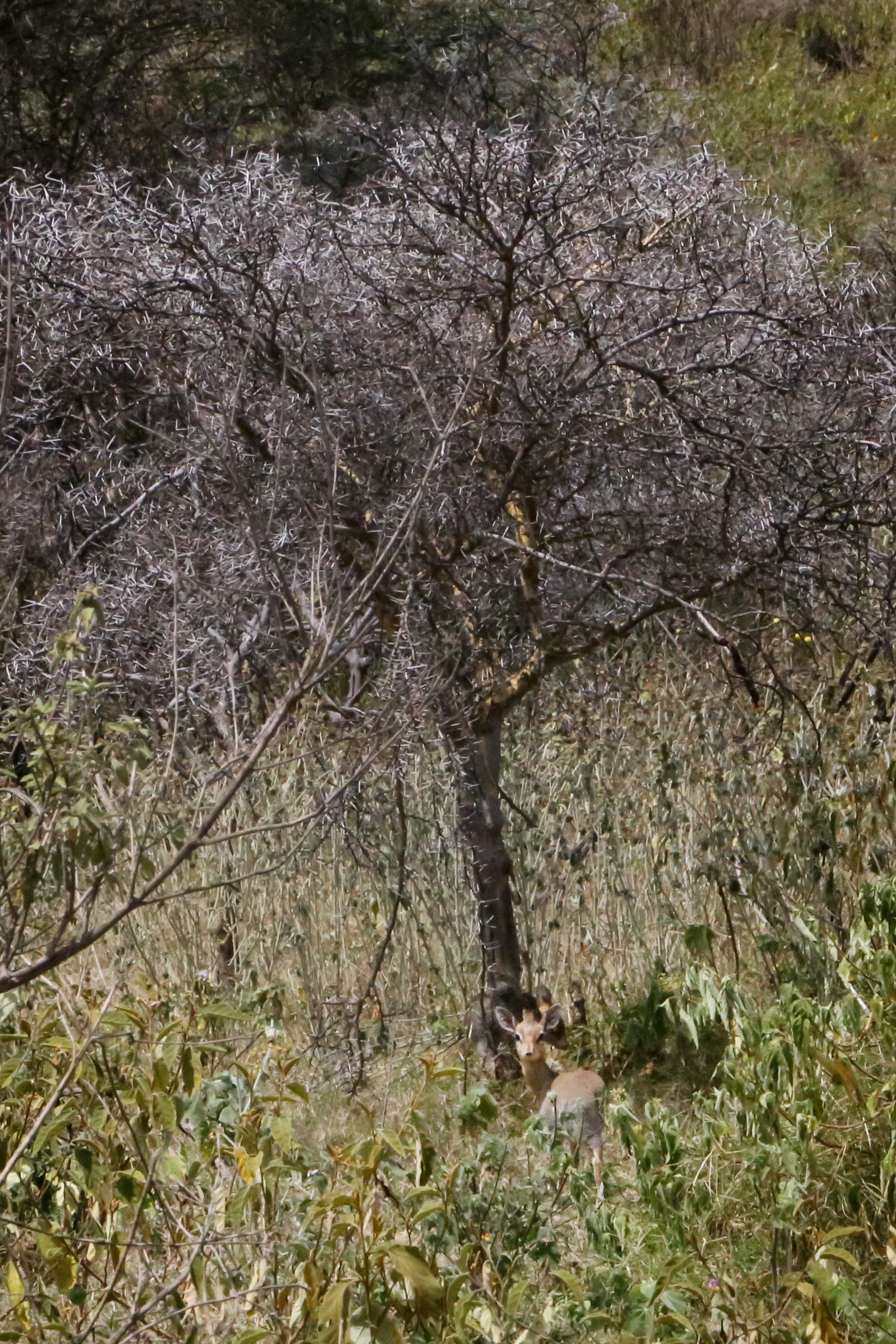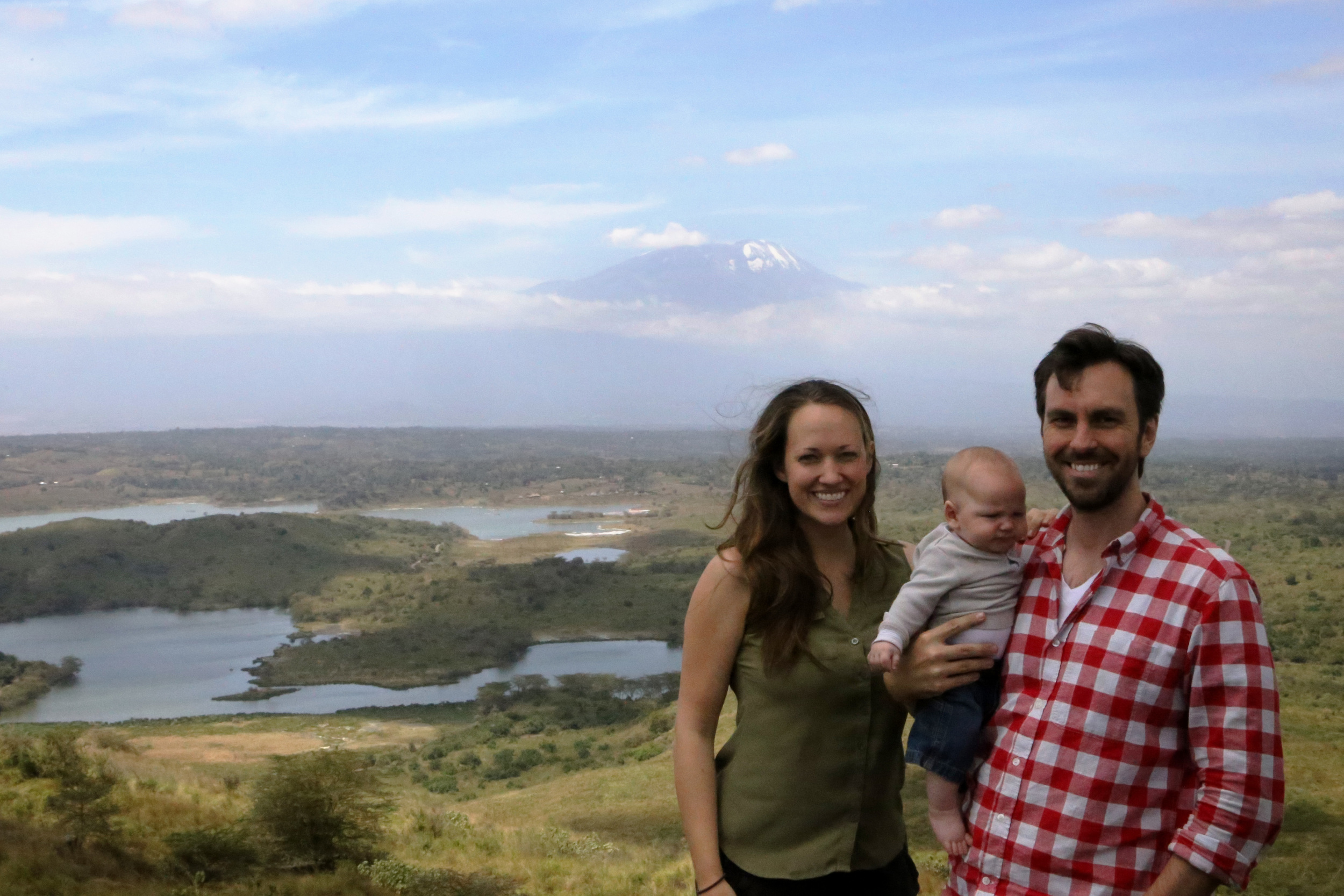Swahili doors are certainly the most outstanding aspect of Swahili architecture. The carved wood adorning the entrances in many homes and buildings beckons visitors. From our walks around the old towns of Lamu and Zanzibar, I captured several of these doors, all of them uniquely made, and I wanted to enter into each one and explore what was inside, but I managed to control myself. They are beautiful, yes?
Swahili architecture and decor
The Swahili coast offers a lot to brag about - from the white sand beaches and warm ocean waves to the eclectic mix of cultures, that part of our world has undoubtedly won my admiration. I've been lucky enough to snag 2 visits to the Swahili coast in the last few months - one to Zanzibar, Tanzania and another to Lamu, Kenya, both old towns with much history and culture to offer; but one of my favorite aspects of Swahili culture remains the style and decor of their buildings and living spaces.
Swahili chic style has become my favorite inspiration for my own home. The Swahili style combines several cultures, bringing together influences from Arab, Indian, and African styles. In Swahili buildings, the indoor and outdoor flow into one another, with the ocean breeze wafting through it all. The Swahili people use natural and local materials for construction and decor, and incorporate fine detail in just the right places. But best of all, Swahili style represents how beauty is found in simplicity.
Here are a few pictures from my time in Zanzibar and Lamu to show you what I mean.
Zanzibar - paradise on the beach
Spending Christmas on a beach in Zanzibar is altogether different than the Christmases I knew in Indiana. I traded a snowy white Christmas for a white sand beach and Christmas cookies for fresh coconut juice, but it was no less of a holiday.
We met Eric's parents in Zanzibar after spending a couple days in historic Stone Town, and we headed to Matemwe beach - an idyllic beach with warm, turquoise water, soft, white sand, and fisherman patroling the coast in their dhows to bring in fresh seafood. We quickly got into a relaxation rhythm of reading our books in the sun, walking on the beach, and playing in the ocean with Leo. We were truly on vacation, leaving all our responsibilities and cares behind for a week, and my only solace in leaving was hoping that we would be back one day.
Zanzibar - Stone Town and Prison Island
Zanzibar has been on my travel bucket list since I moved to East Africa. I've always fostered a burning jealousy whenever one of my friends visited Zanzibar and I would see their pictures of what looked like paradise. Ever since Eric and I took a road trip up and down the Kenyan coast a few years ago, I've fallen in love with the Swahili coast - its blend of cultures, its incredible architecture and decor, its idyllic beaches and warm Indian Ocean water - it never gets old. So Zanzibar, an island off the coast of Tanzania that is bursting with history and culture, had become kind of a Swahili mecca in my mind. And this year for Christmas, I finally took the pilgrimage.
Eric and I met his parents in Zanzibar to celebrate Christmas together on the beach, but we went with Leo a couple days early to spend time in Zanzibar's historic center, Stone Town. Once the center of trade between India, Africa, and the Arab world, Stone Town's architecture, food, and people offer a complete blend of cultures. We spent two days walking the winding streets of this old Swahili town while also visiting a smaller island nearby, Prison Island, now home to giant tortoises and historic buildings.
If you visit Stone Town, here are my recommendations:
--- You absolutely must have dinner at the Emerson Spice Hotel. It's a splurge, but it's worth it. A 5-course meal of the freshest seafood and creative use of Zanzibar's famous spices on a rooftop overlooking the city, it will be one of your most memorable meals. As a bonus, look through the hotel's rooms, which they leave open for dinner guests to browse, for a sampling of the best contemporary Swahili architecture.
--- Take a tour of the city with a local guide. They'll be able to tell you the ins-and-outs of the town's history, you'll make a friend, and you can visit places like the local markets without too many hagglers latching onto you.
--- Prison Island. It's not a far boat ride and the gigantic and huge tortoises are certainly worth seeing. I've heard the snorkeling is great, too.
--- Forodhani Gardens. Every evening street vendors gather to sell local food. Mix with the locals while you eat and watch a gaggle of energetic boys jump off a wall and into the ocean.
--- Princess Salme museum. We actually found out about this place toward the end of our stay and we only had time to poke our heads in. But upon my return (and I will return!) I'll be sure to come back and learn more about this incredible woman's life.
Arusha National Park, Tanzania
After visiting our school in Tanzania, Eric and I went with a few colleagues and alumni to check out Arusha National Park. We had a few hours to spare and it was a great stop on the way to the airport. With a clear view of Kilimanjaro on one side and Mount Meru on the other, the park provides a landscape that requires much more time to fully appreciate. I would love to come back with more hours and a better camera lens to enjoy and capture this park more fully, but even this quick stop provided a douse of nature and landscape, with a sighting of the highest point on the African continent as a bonus.


